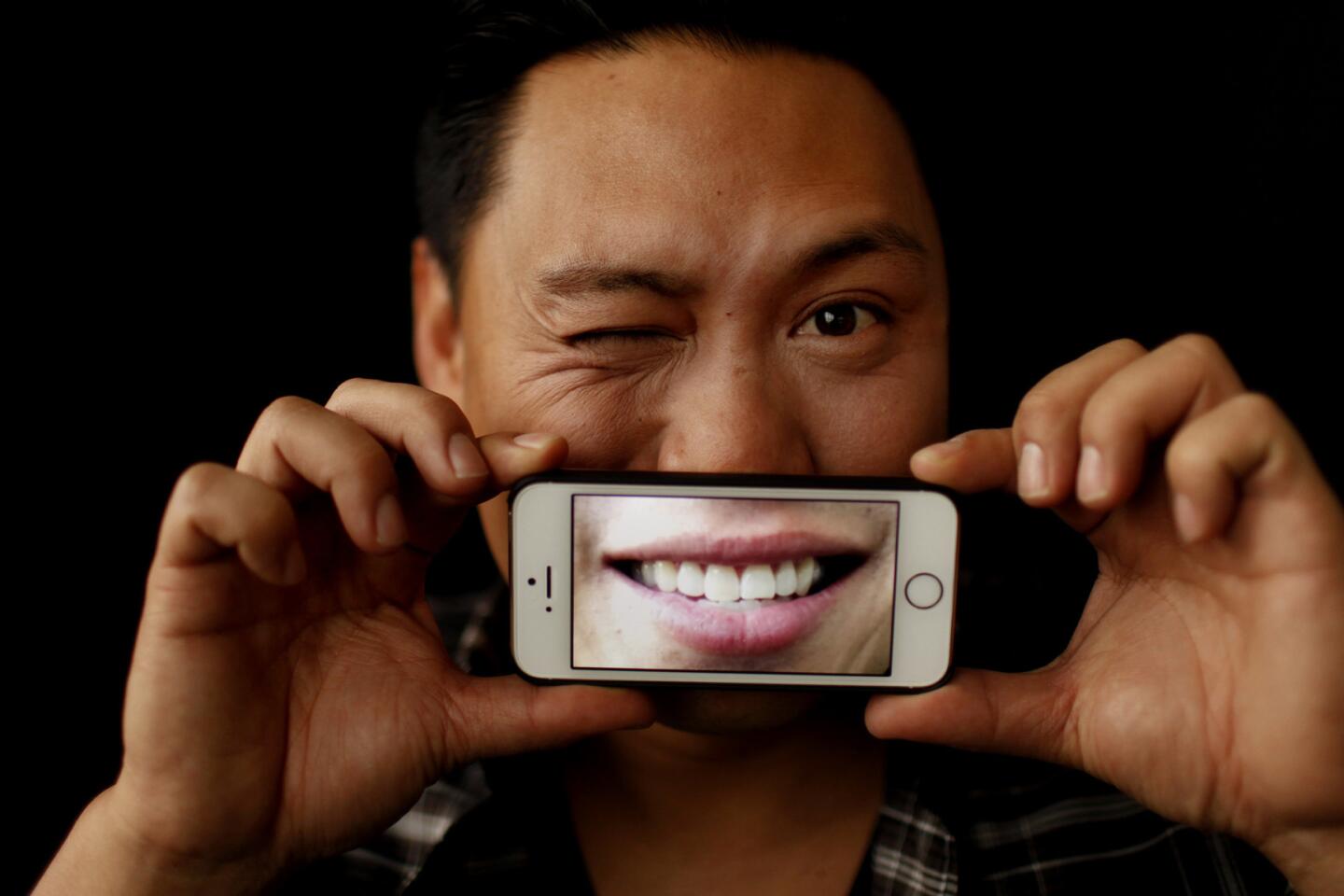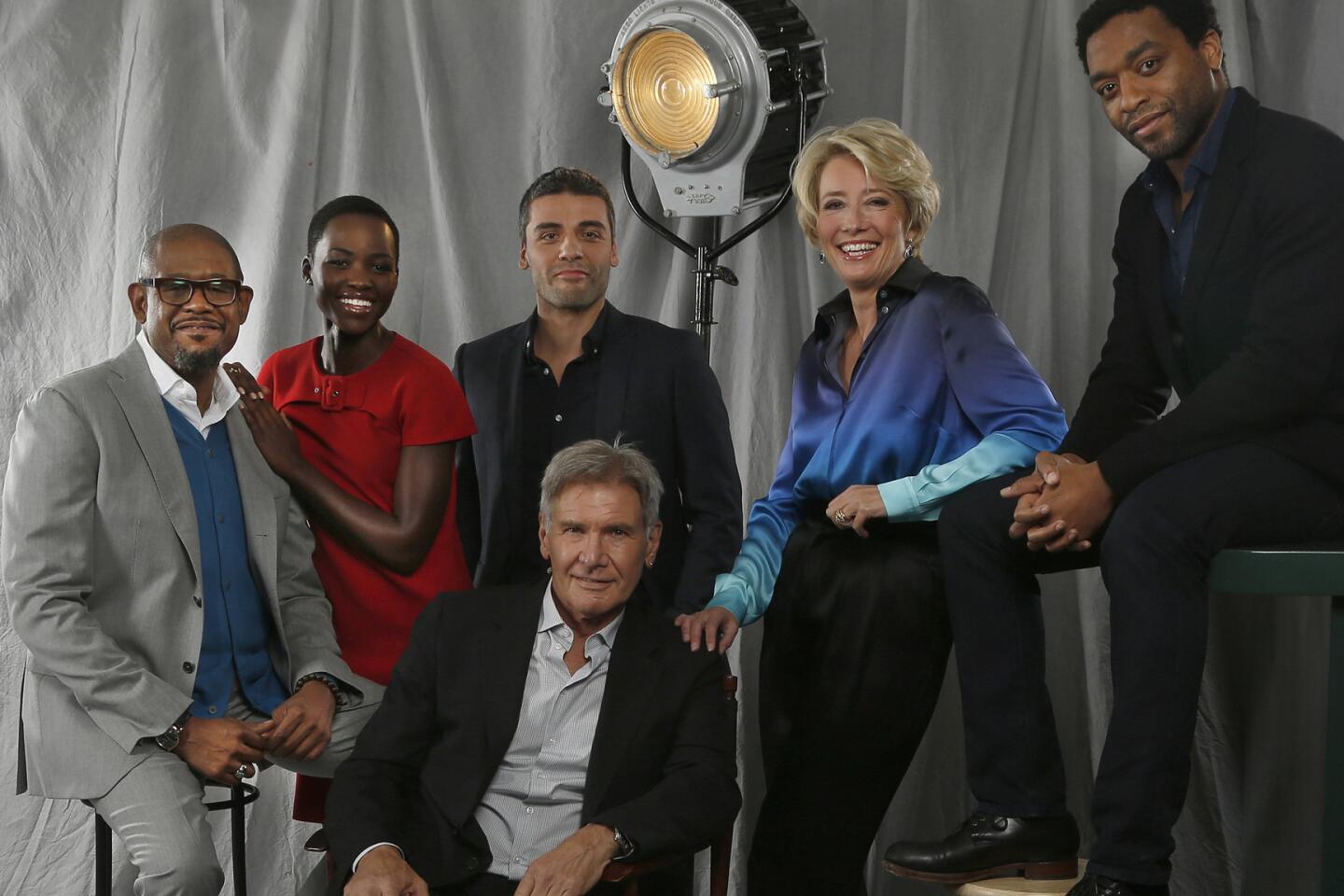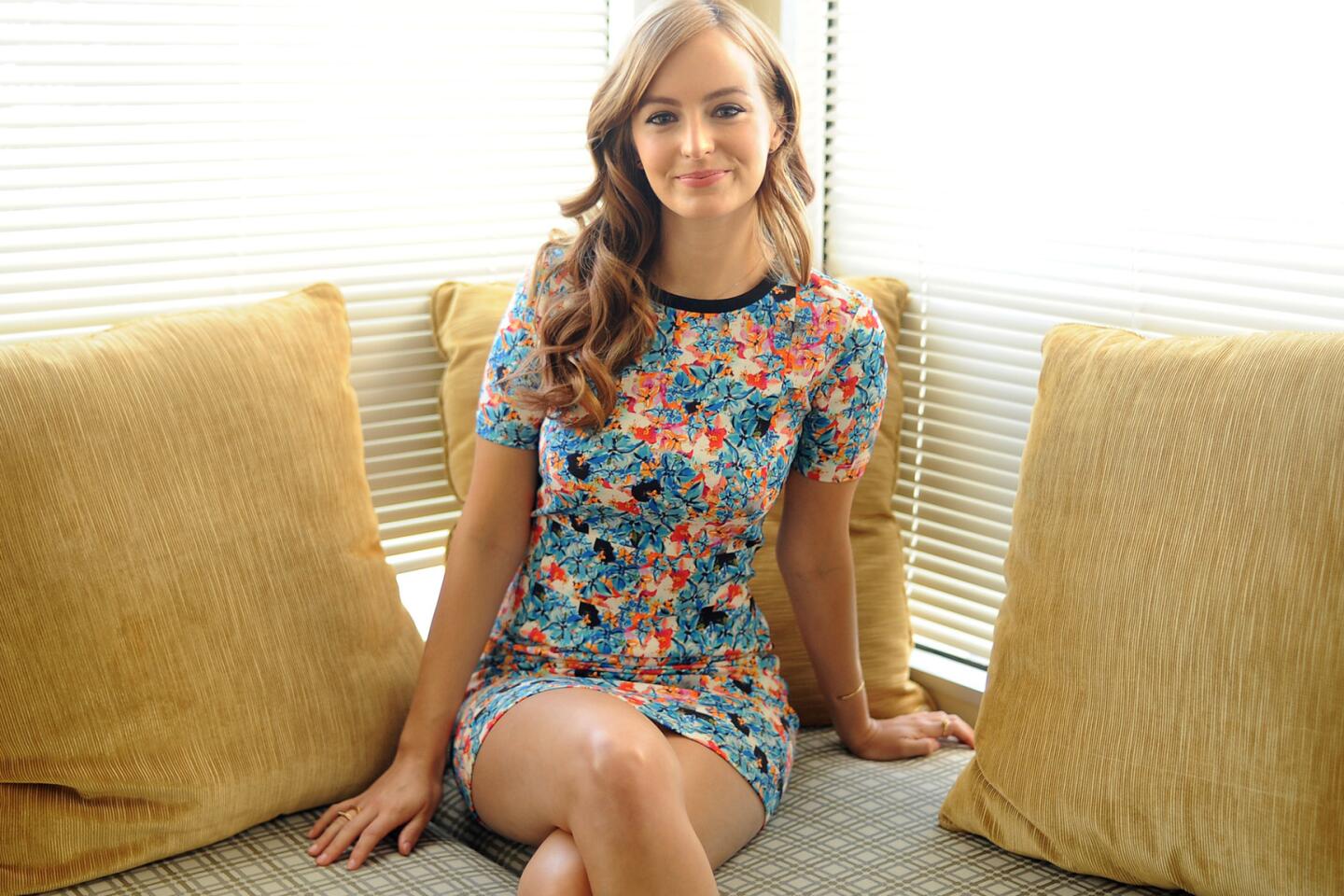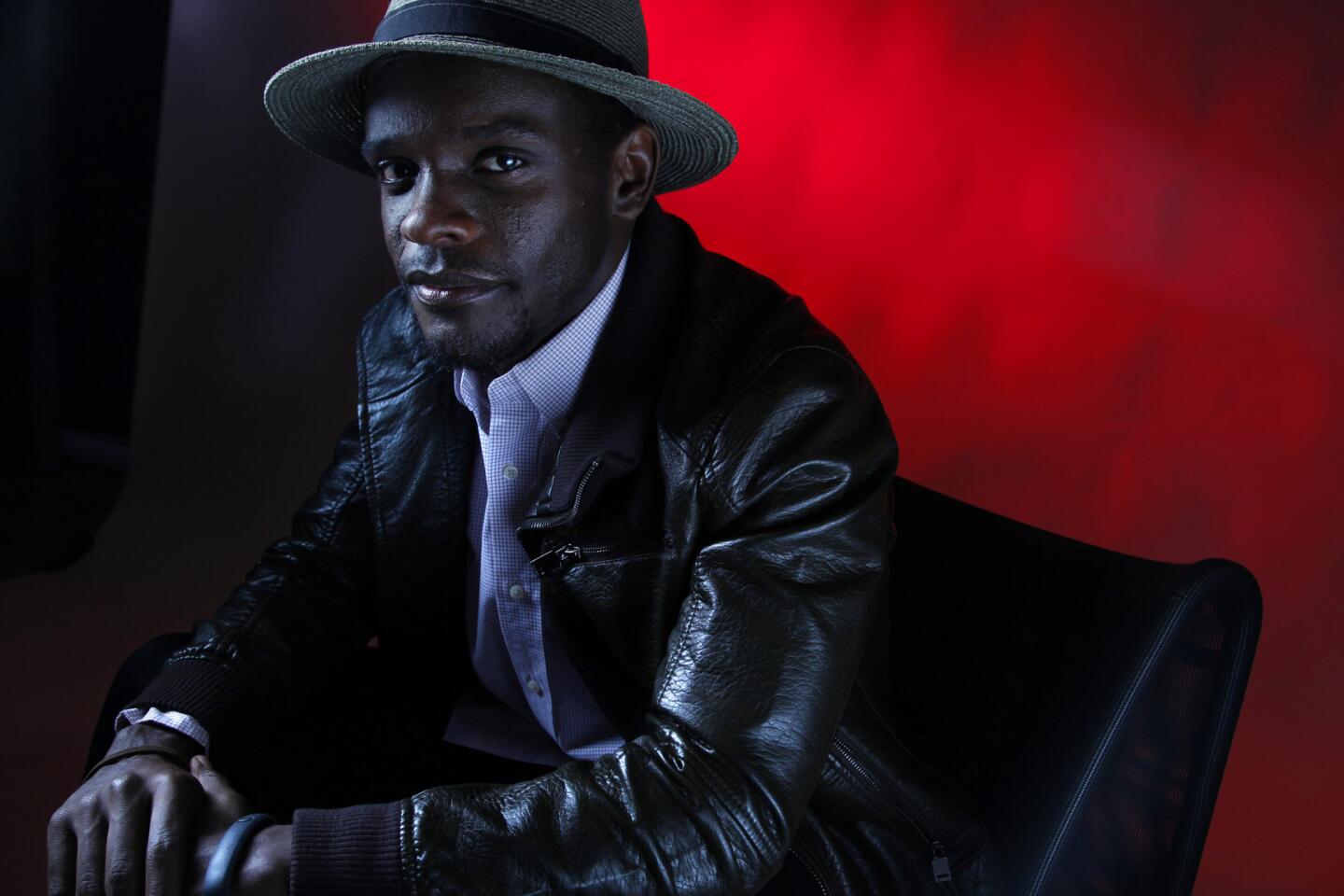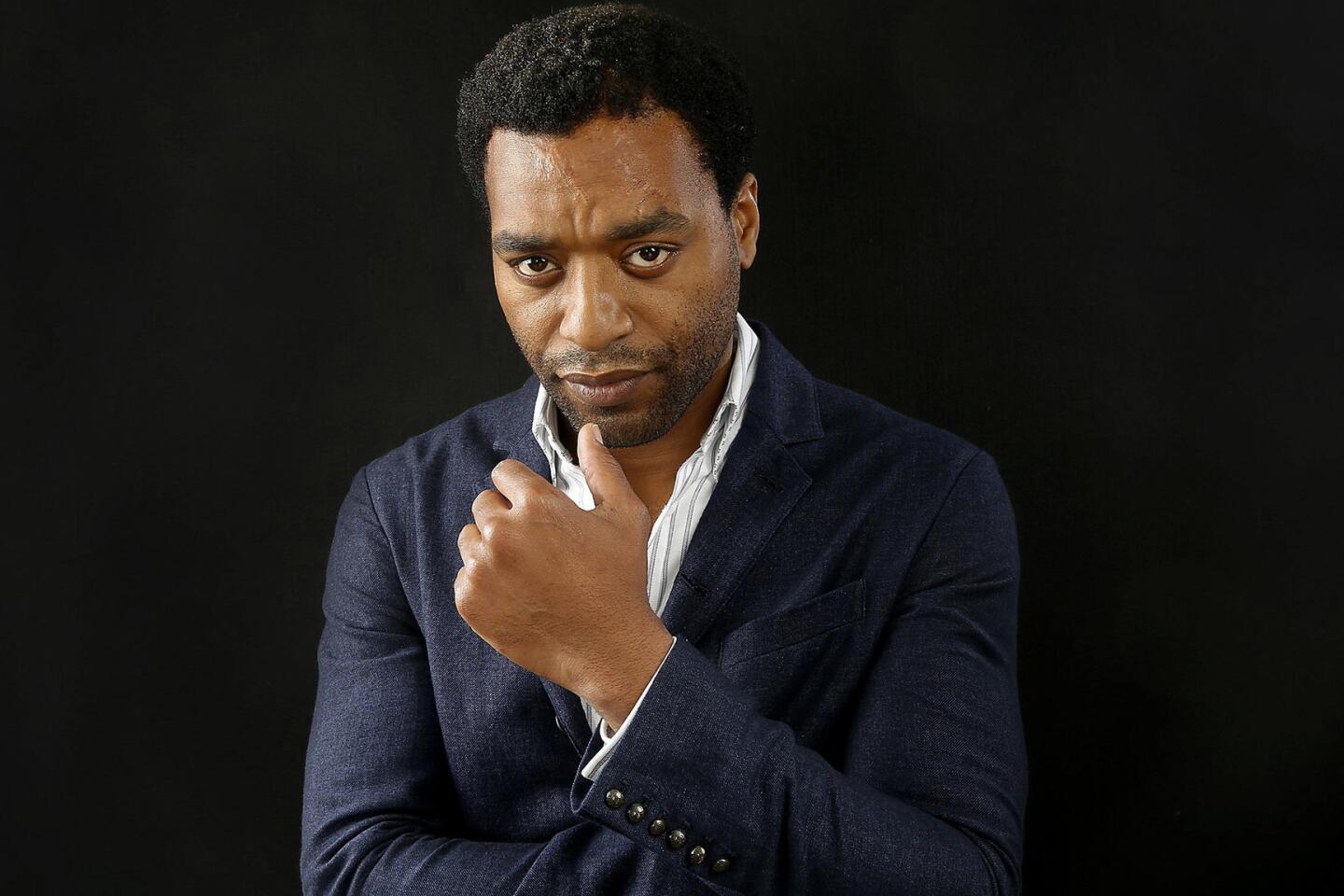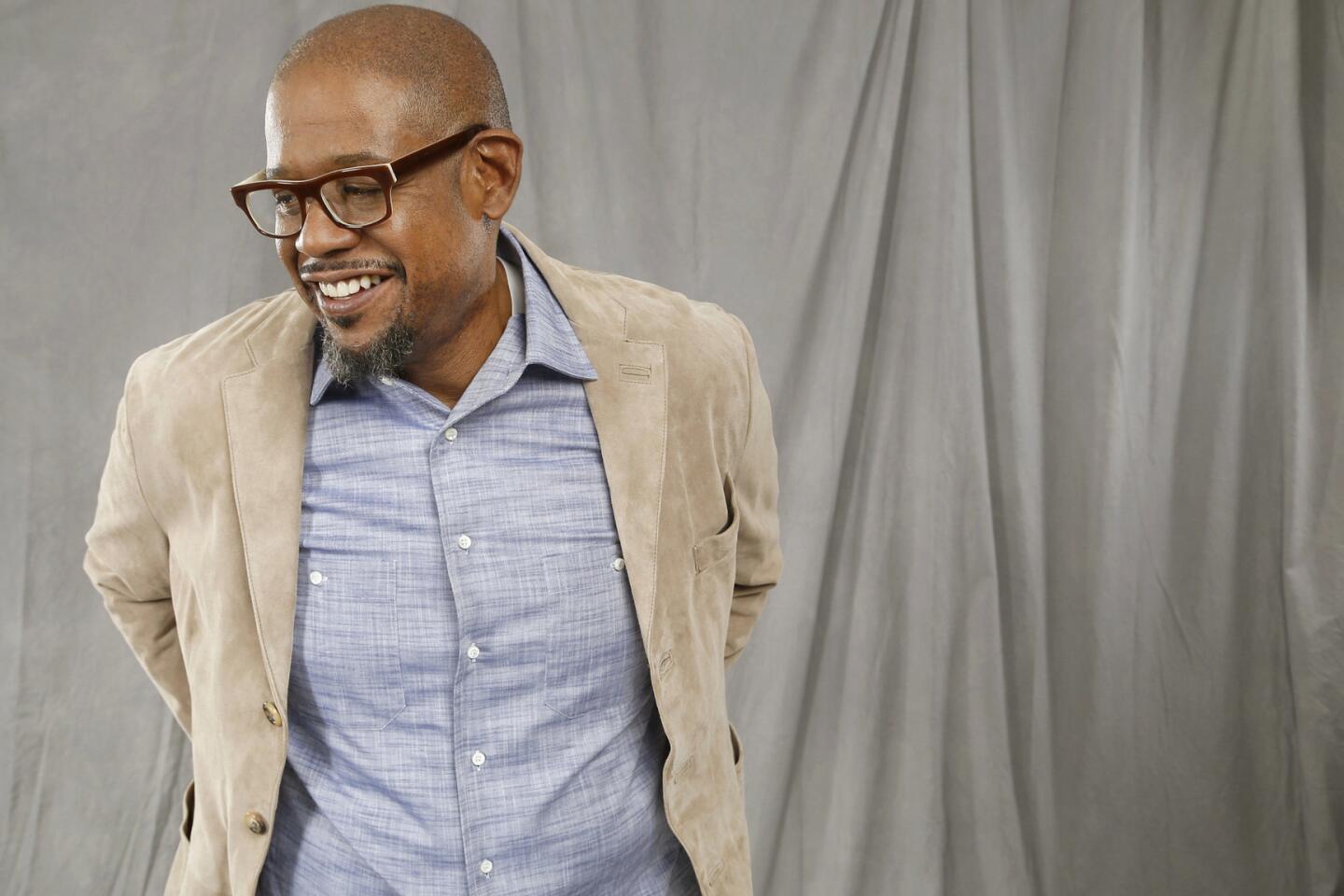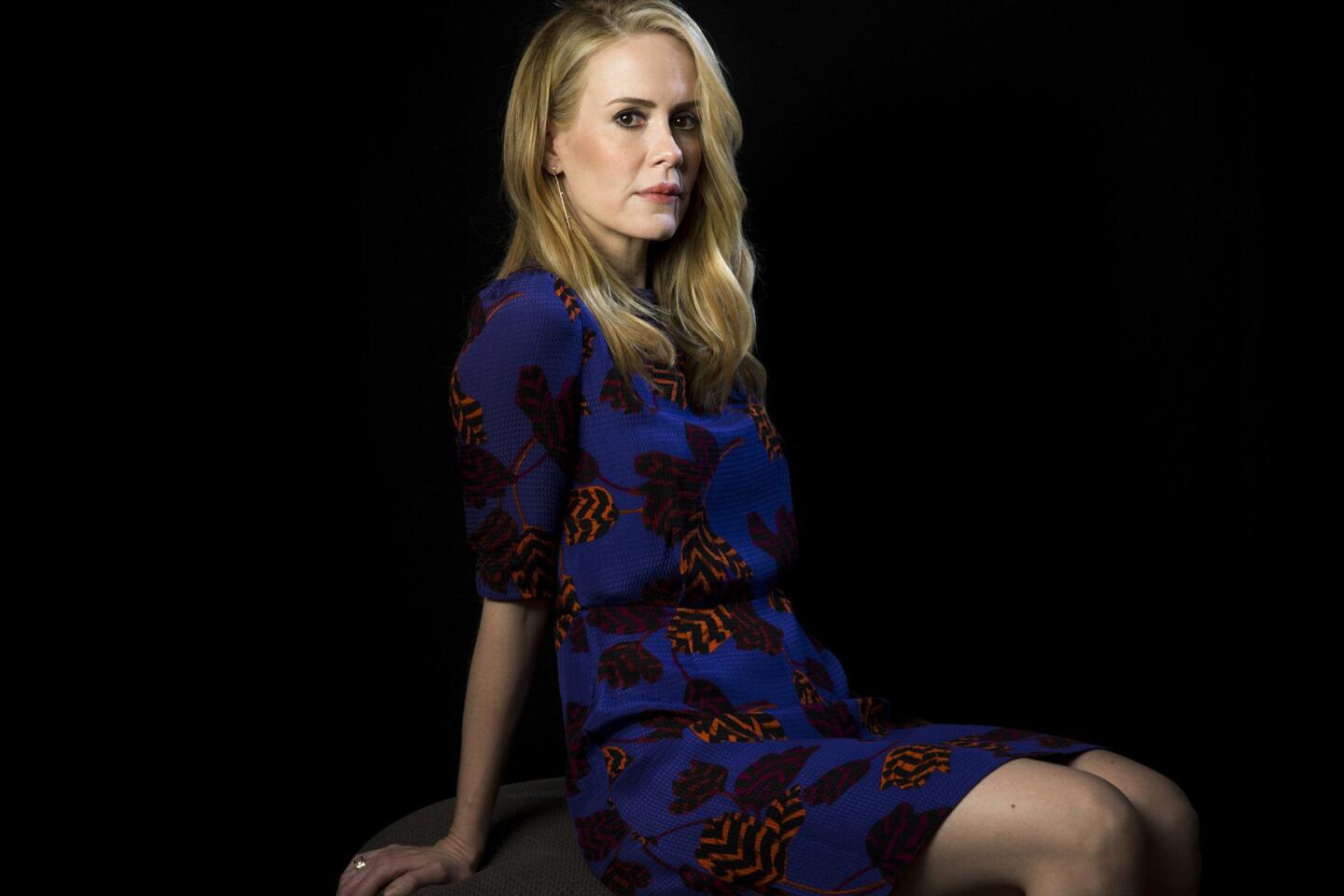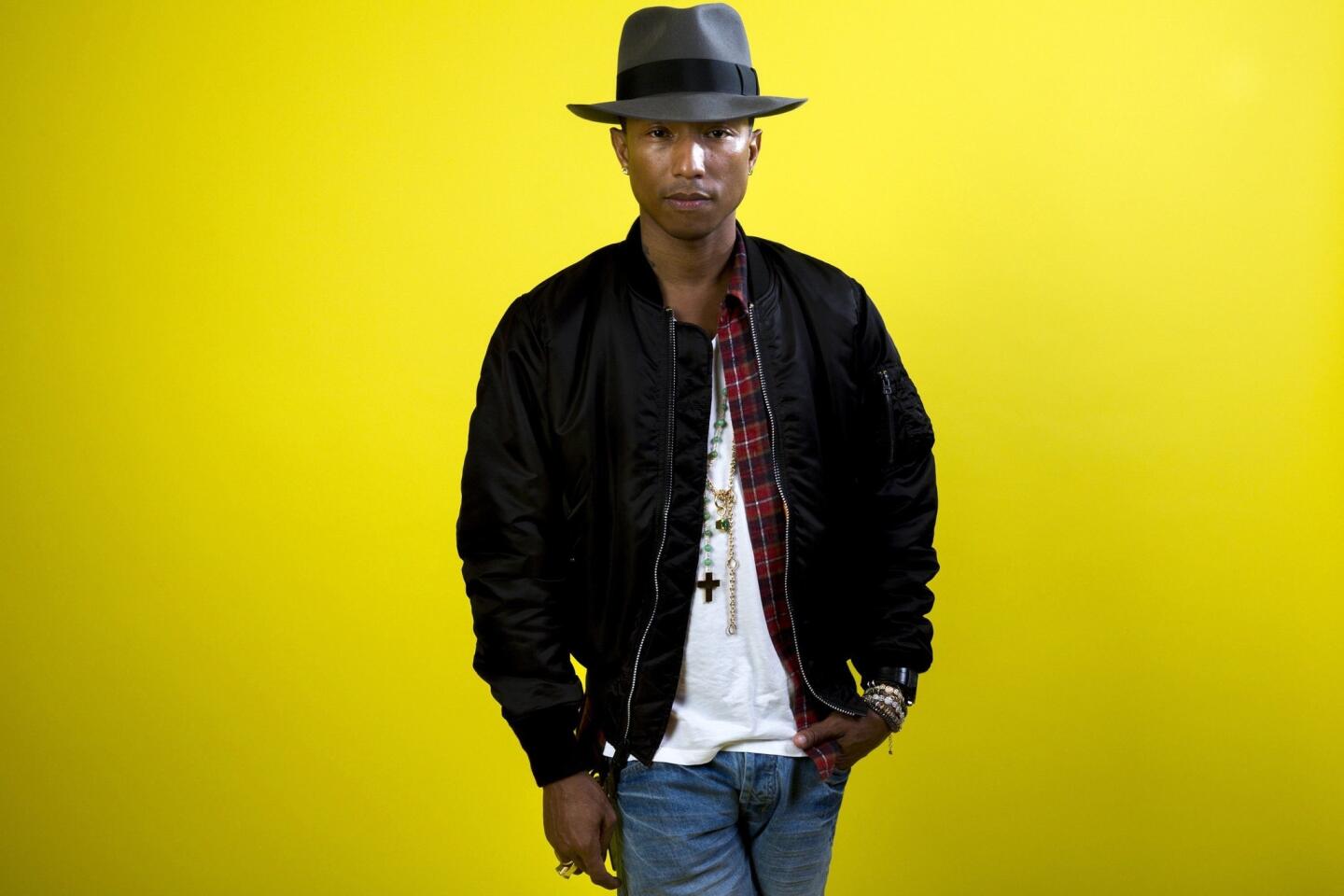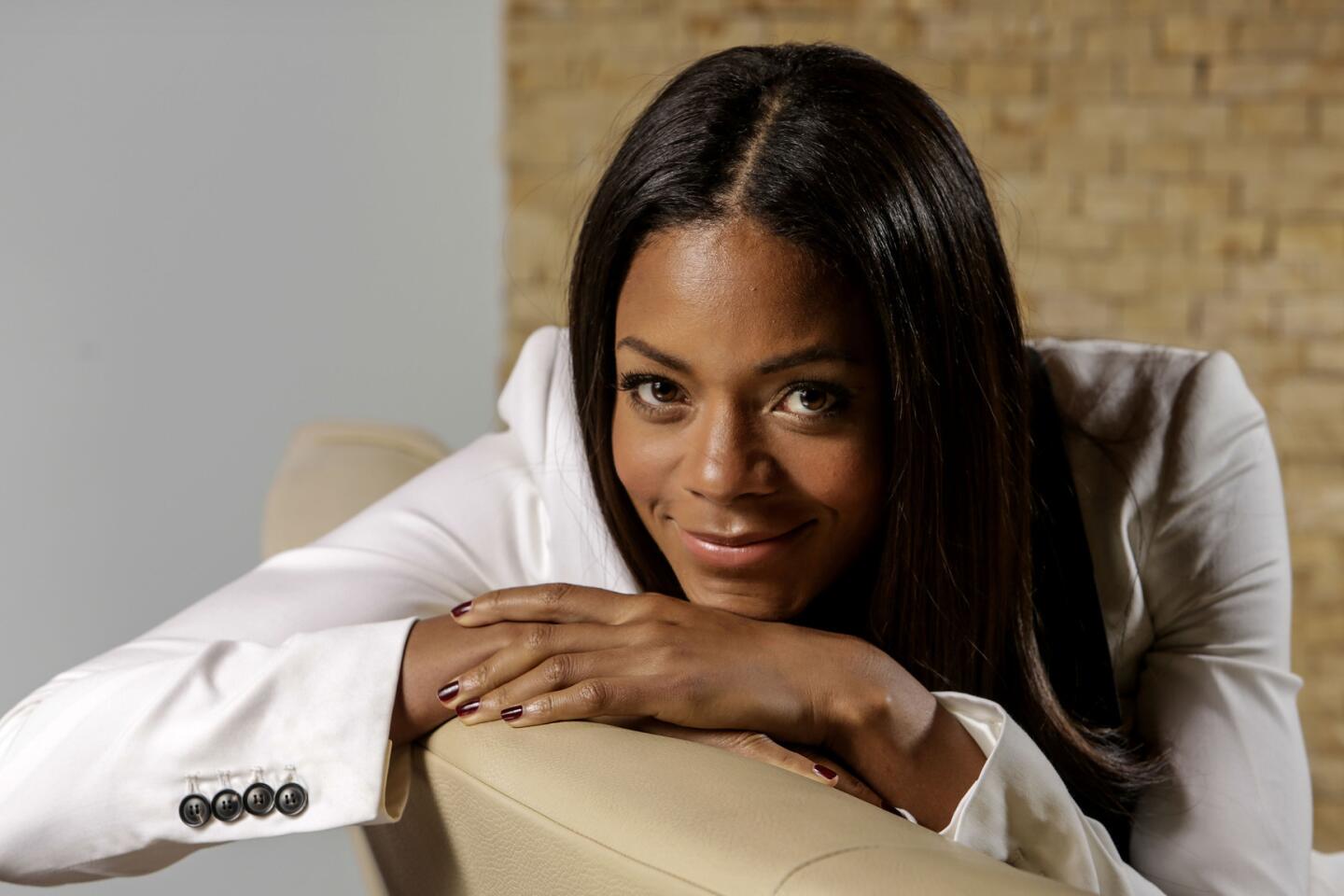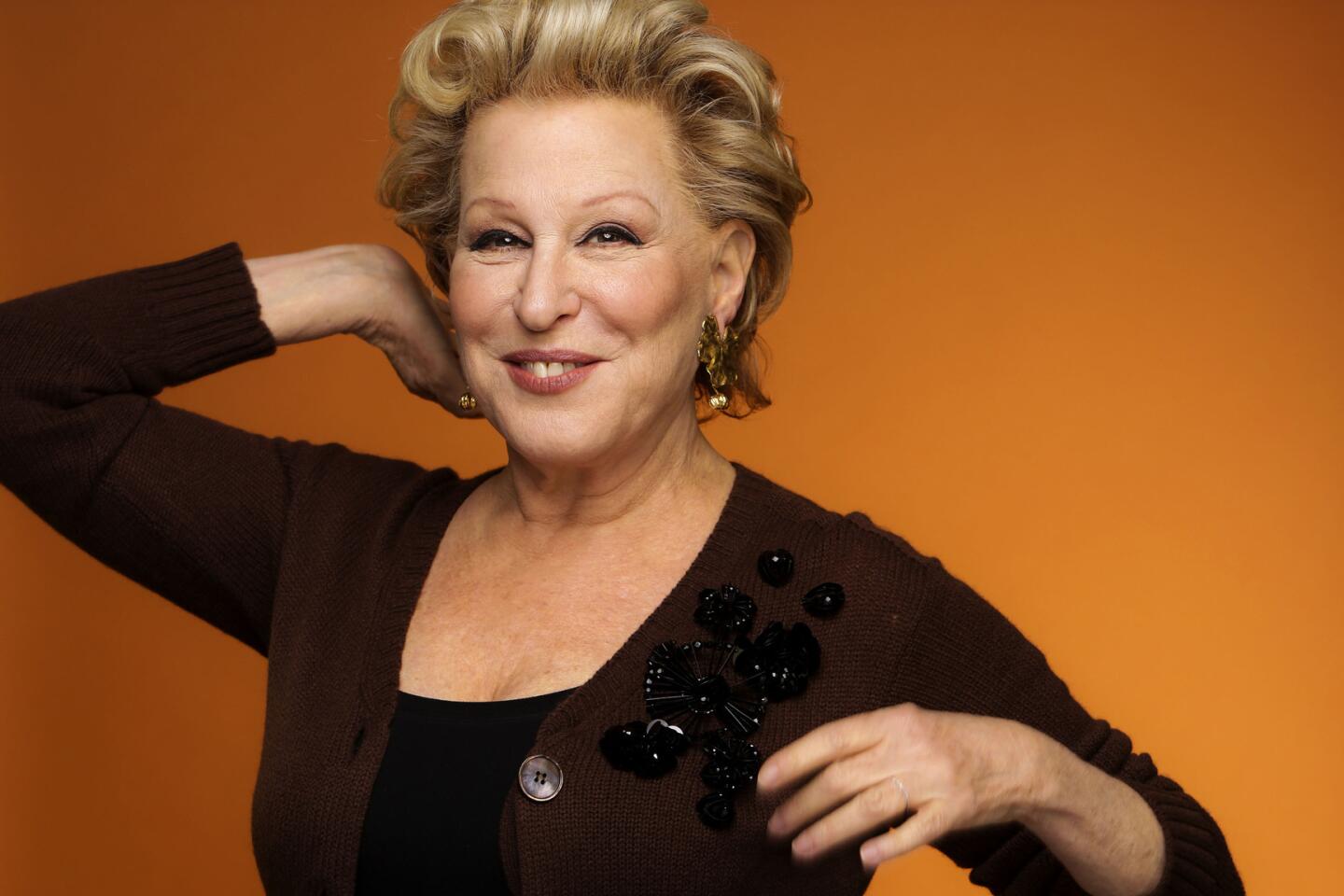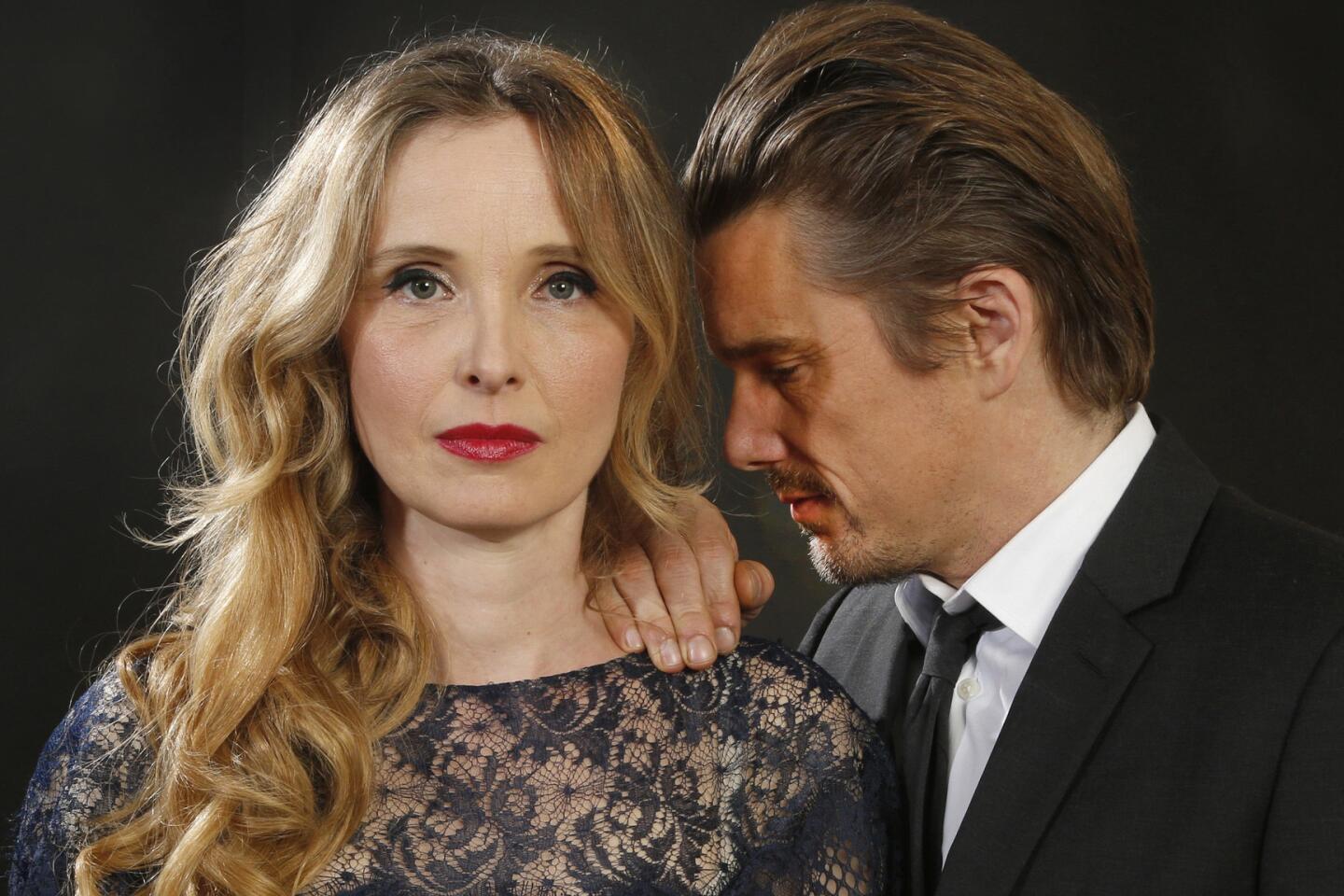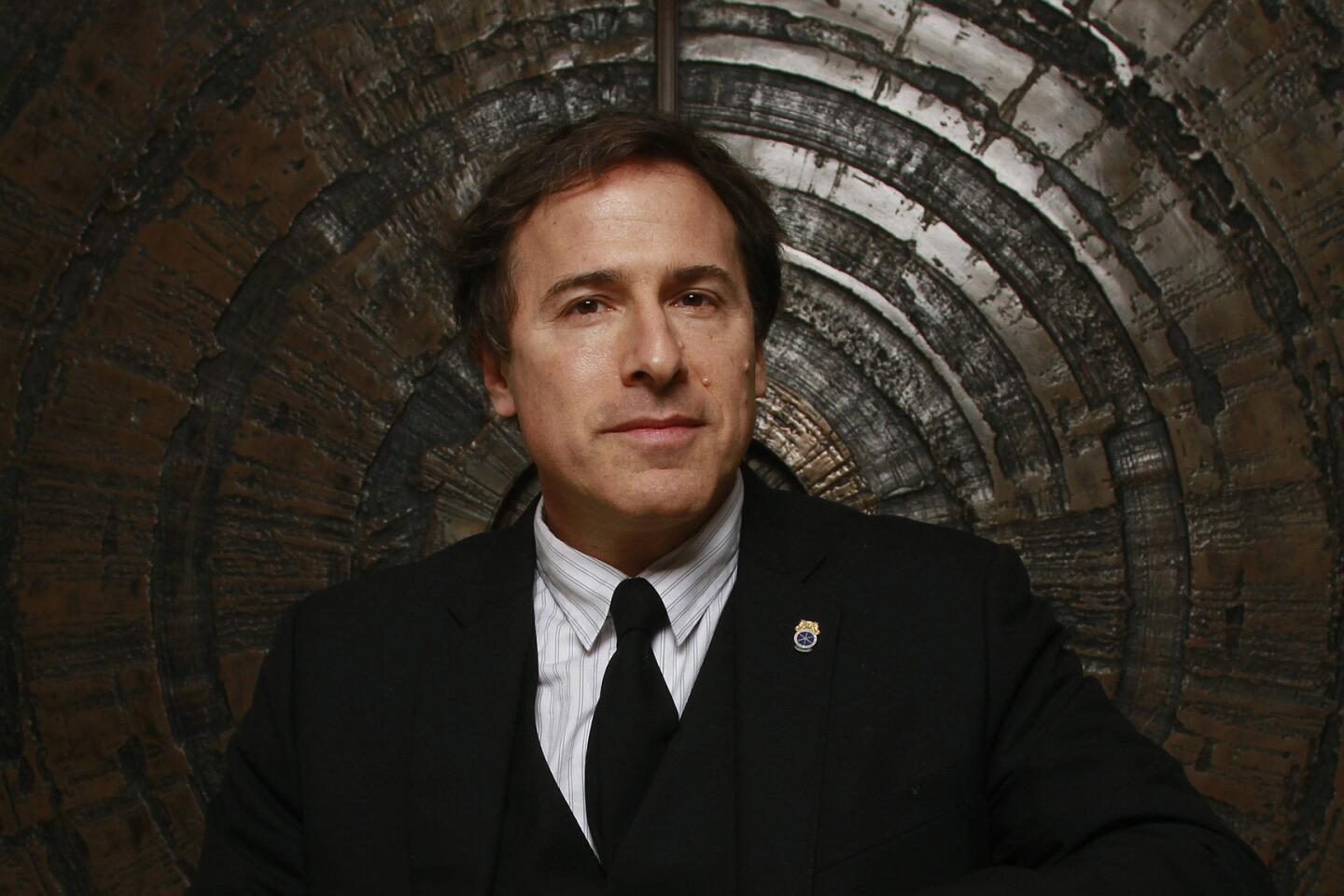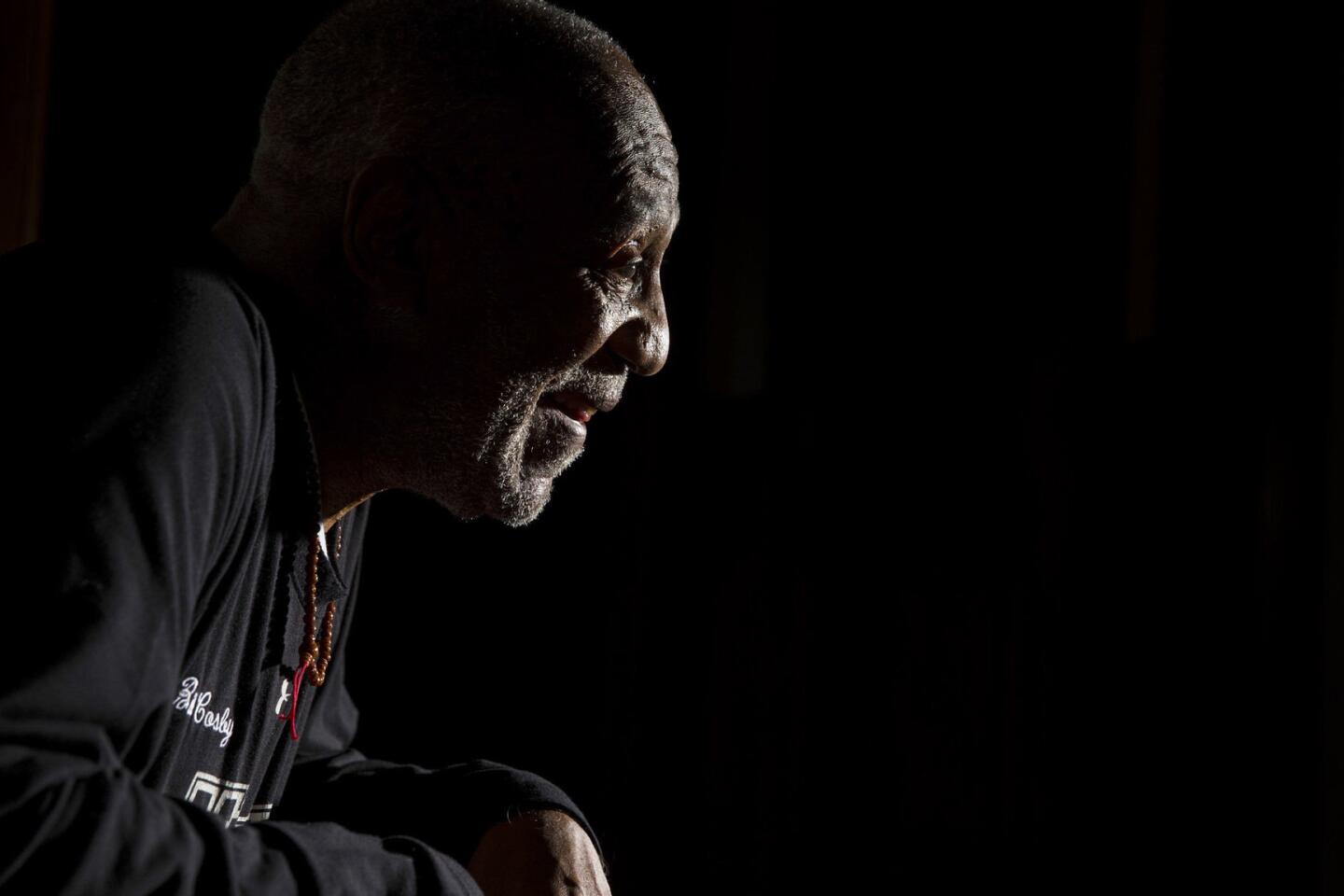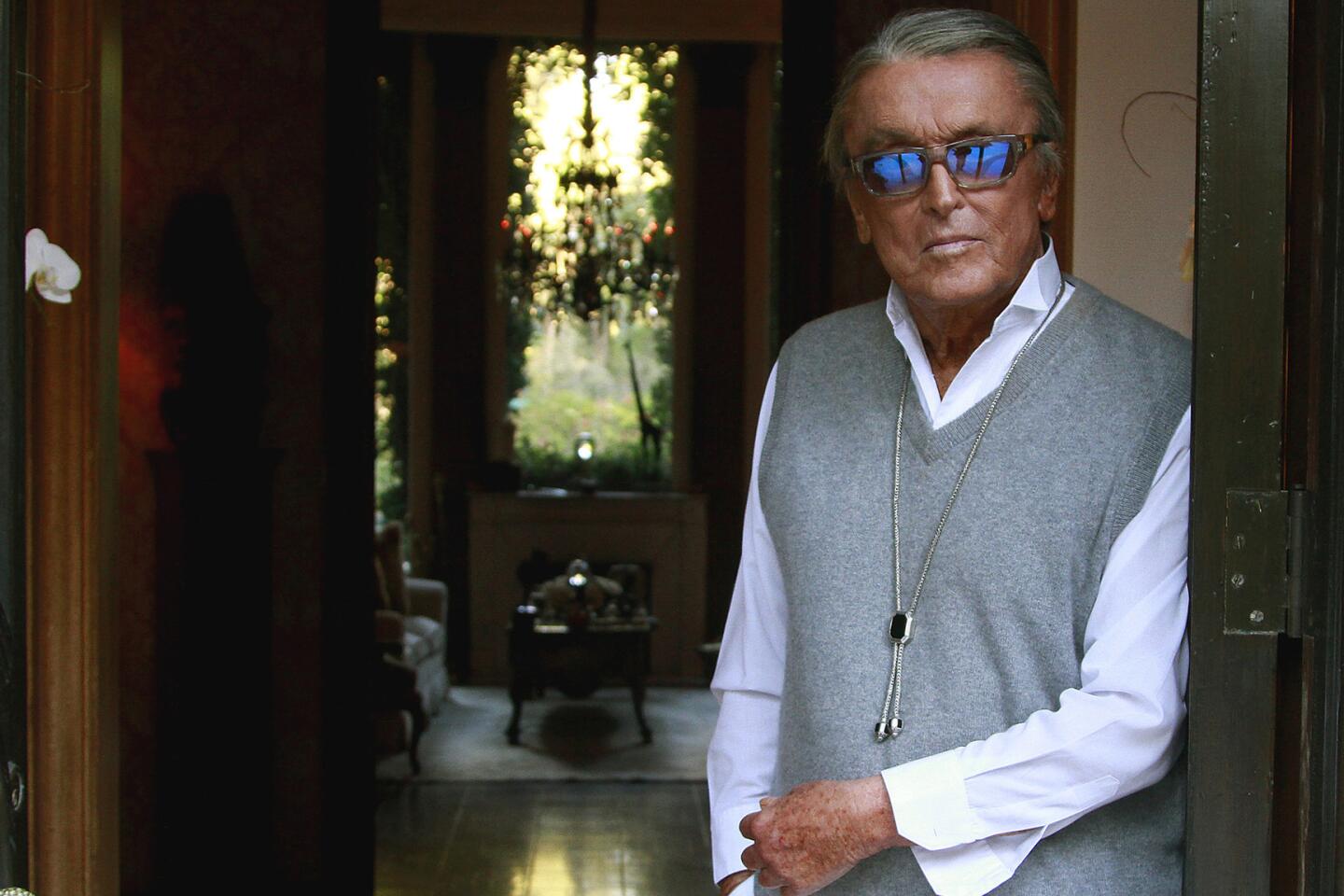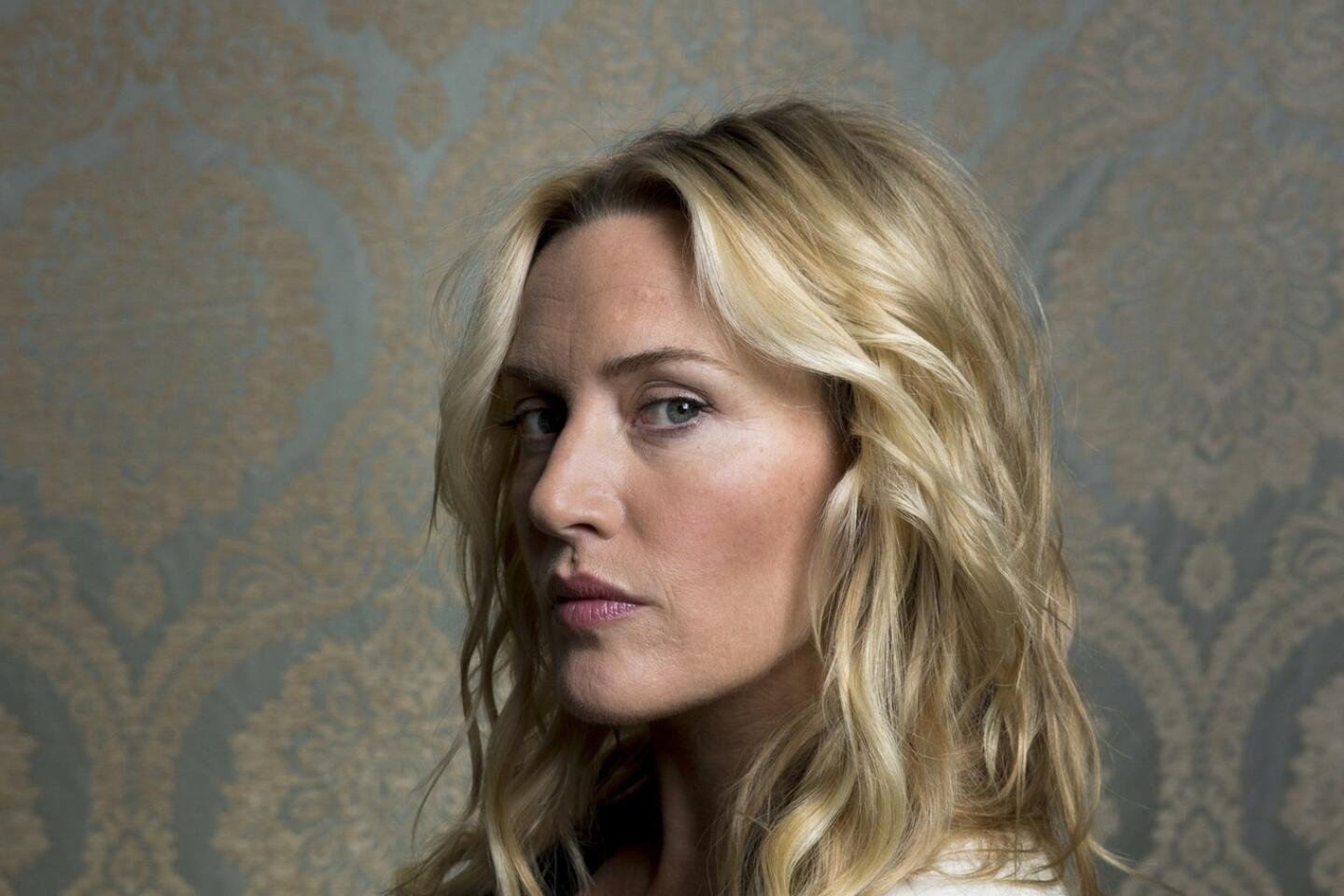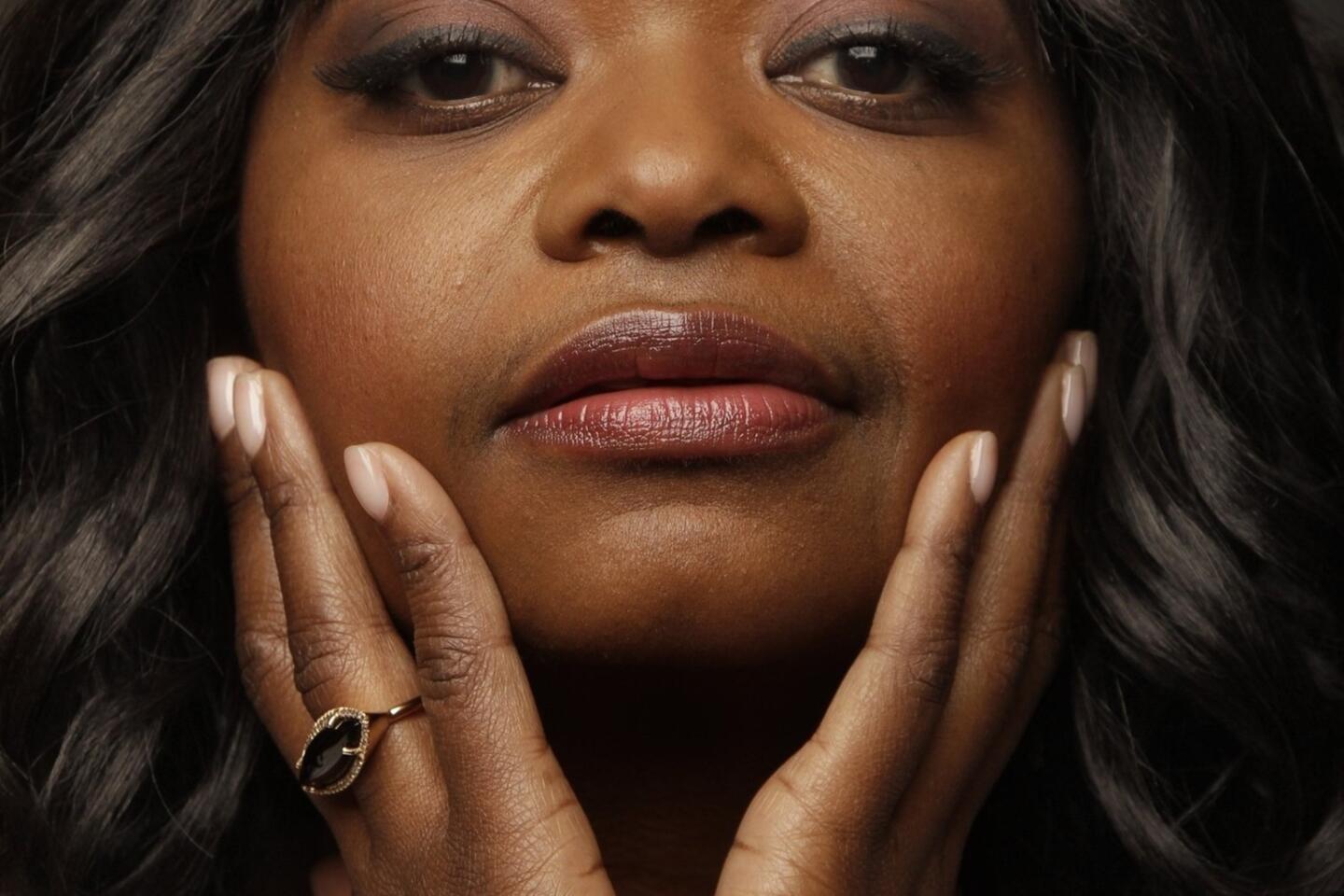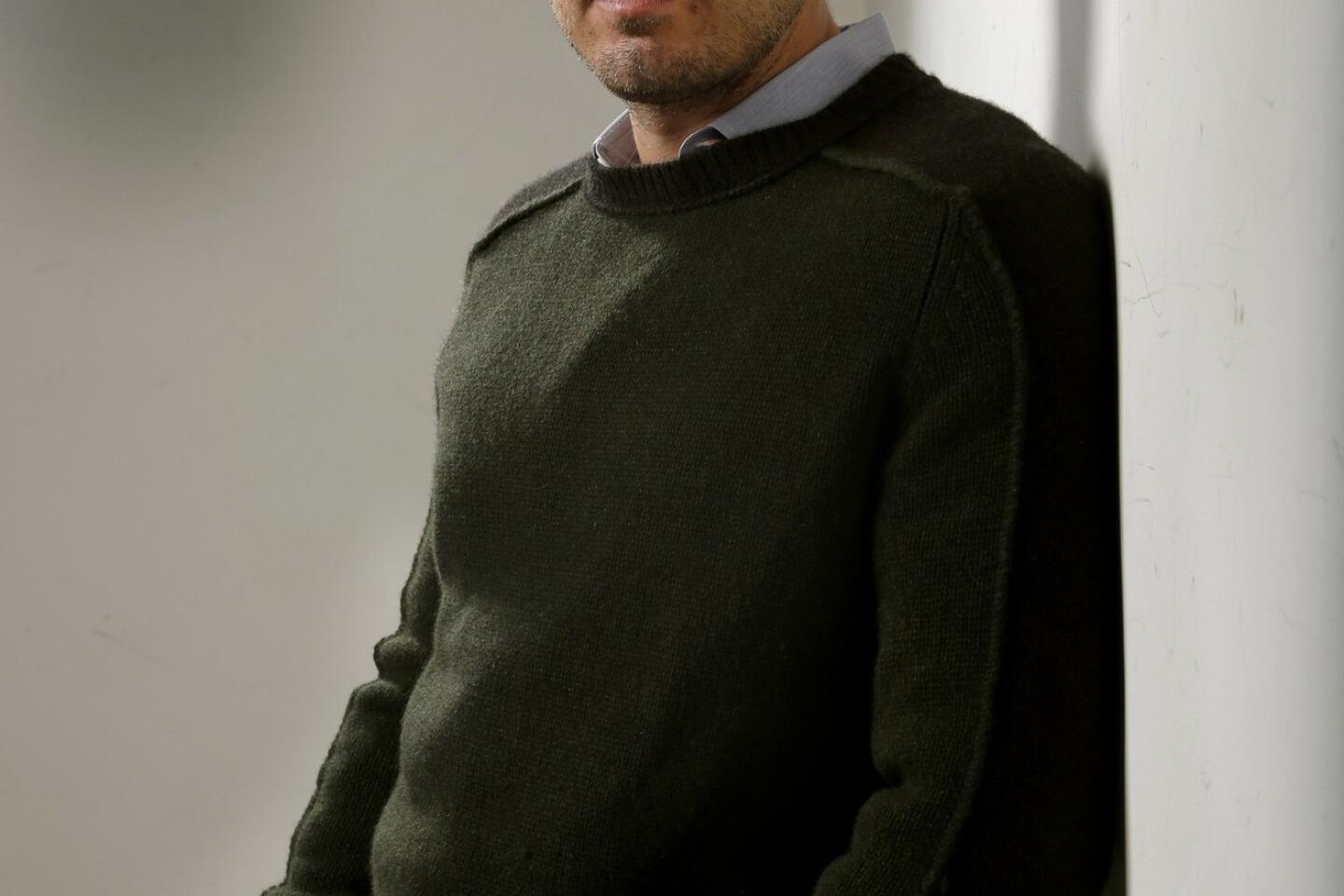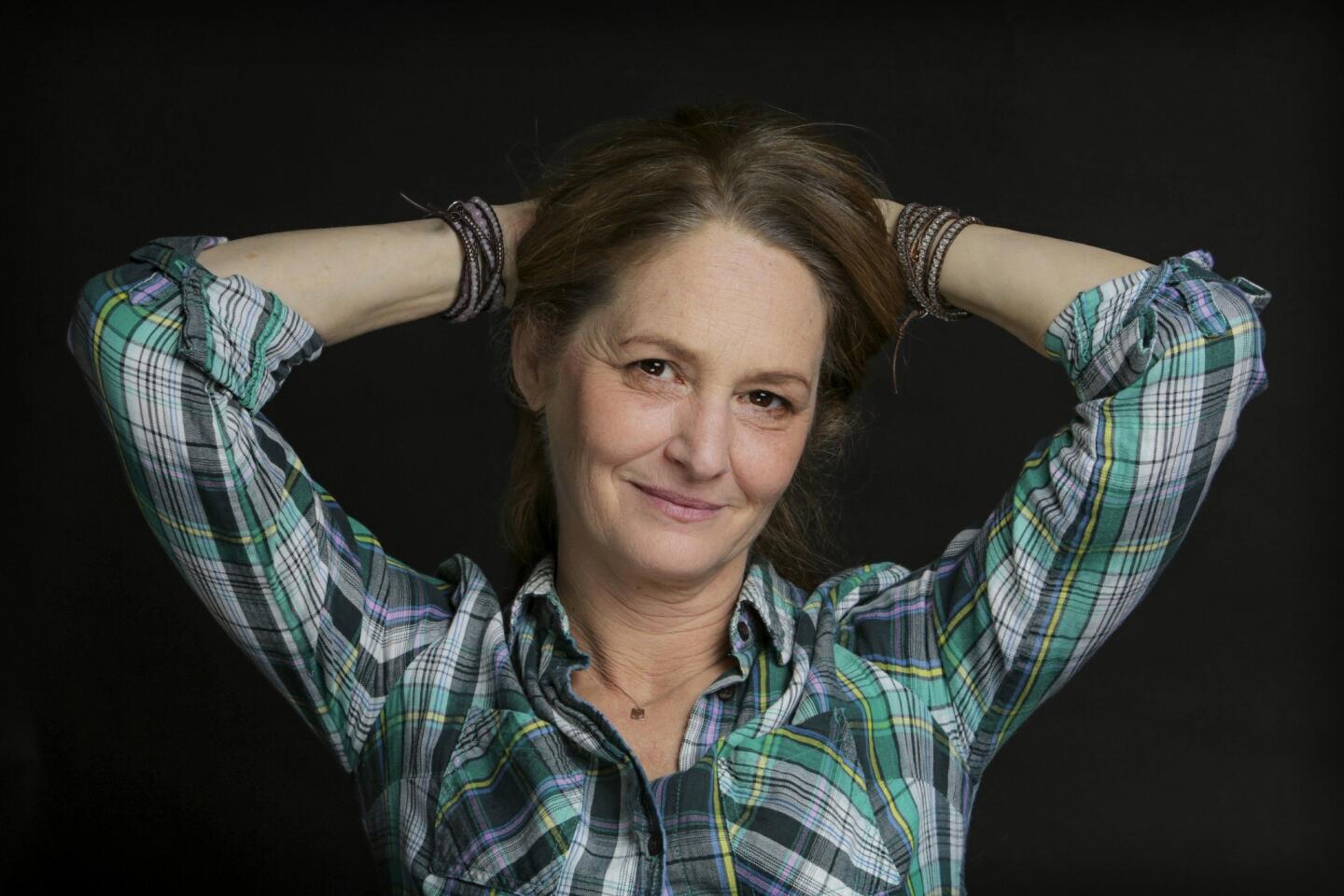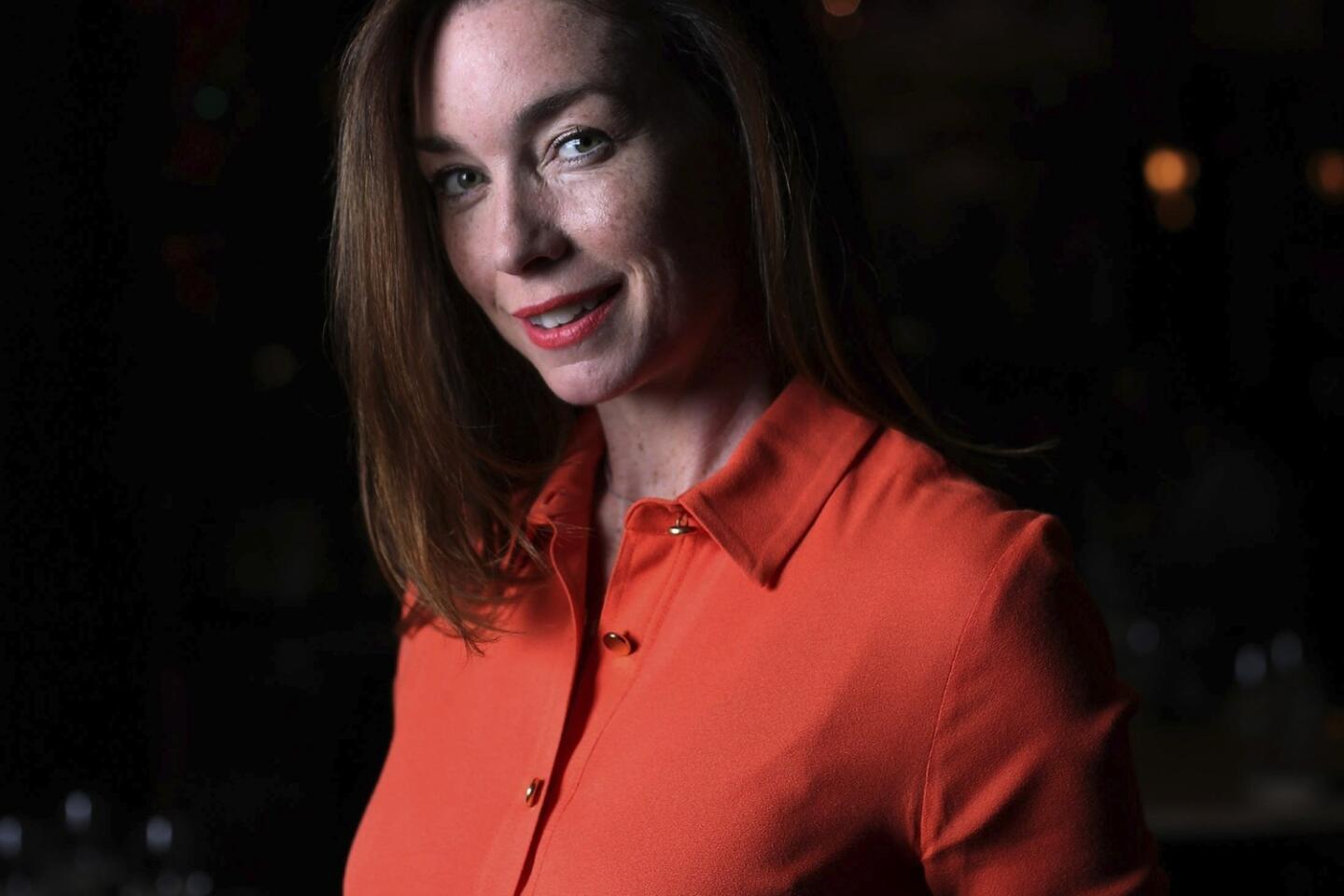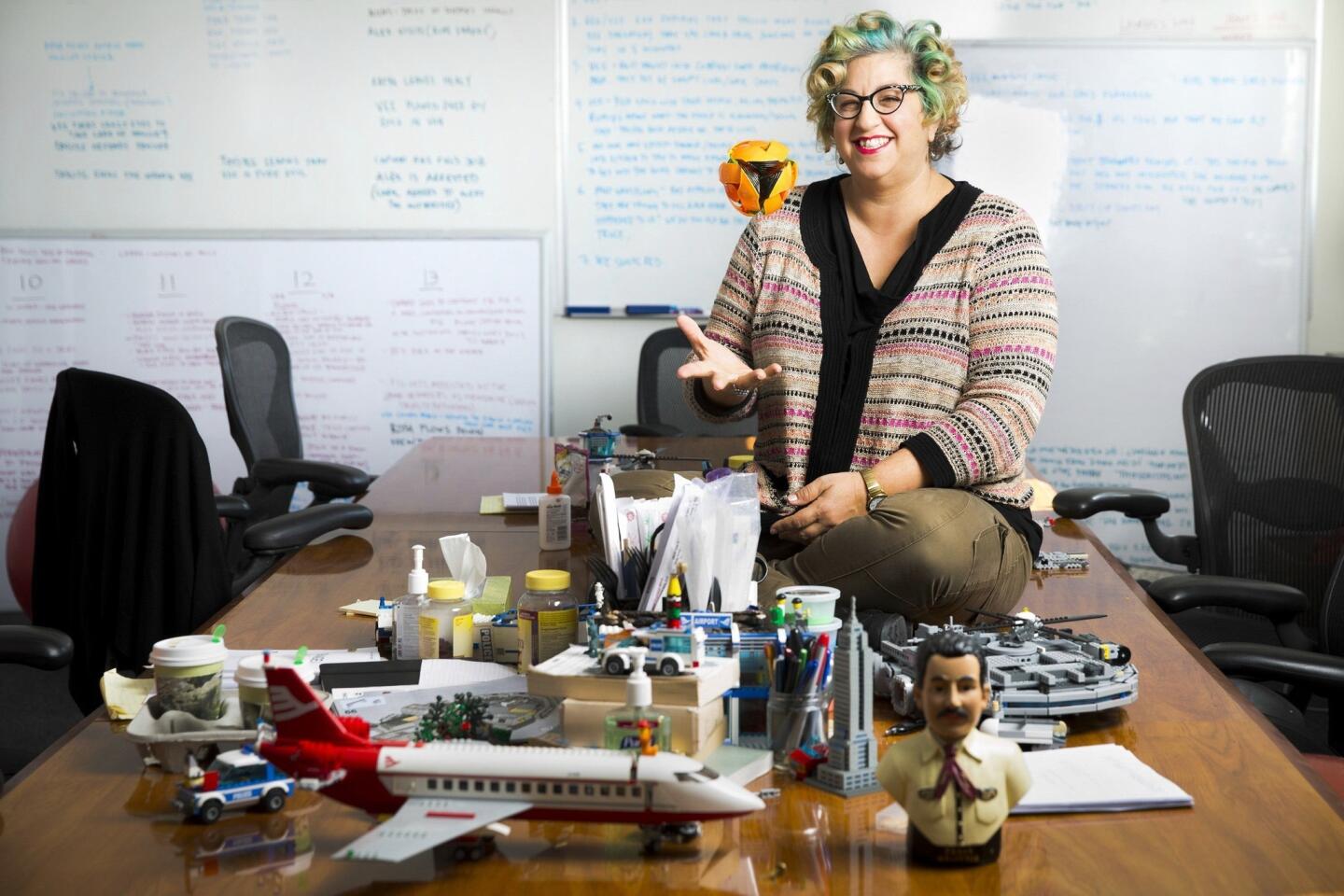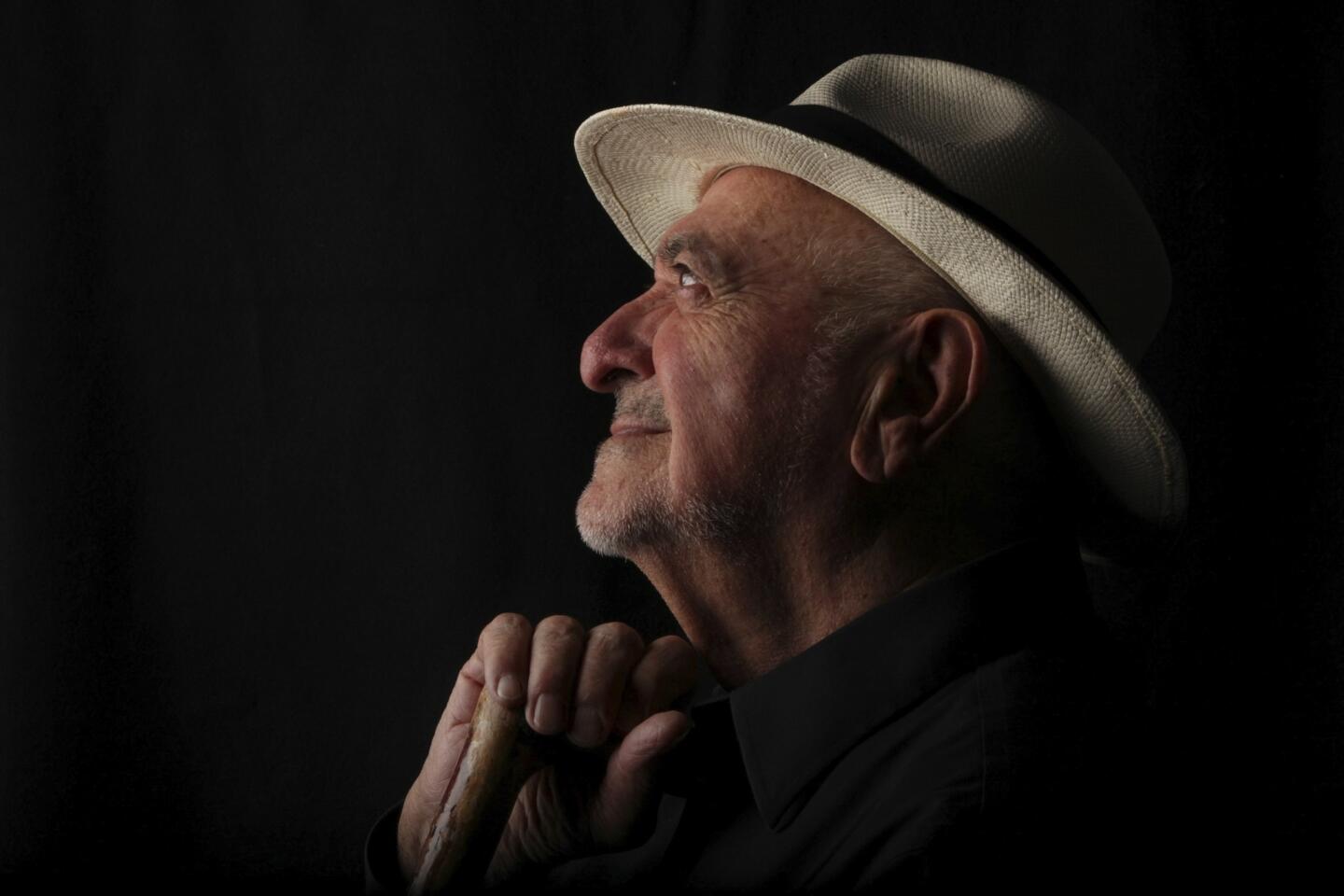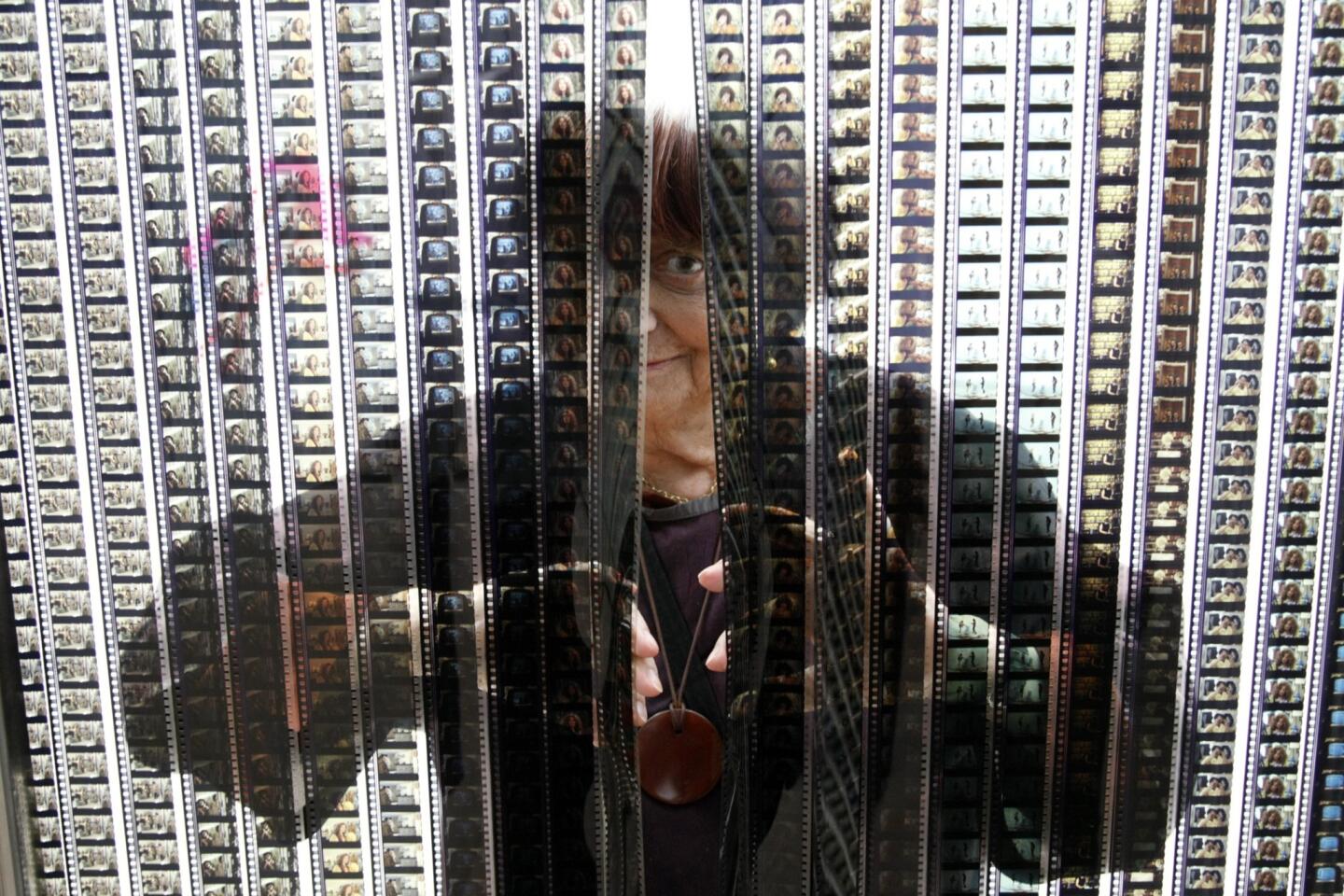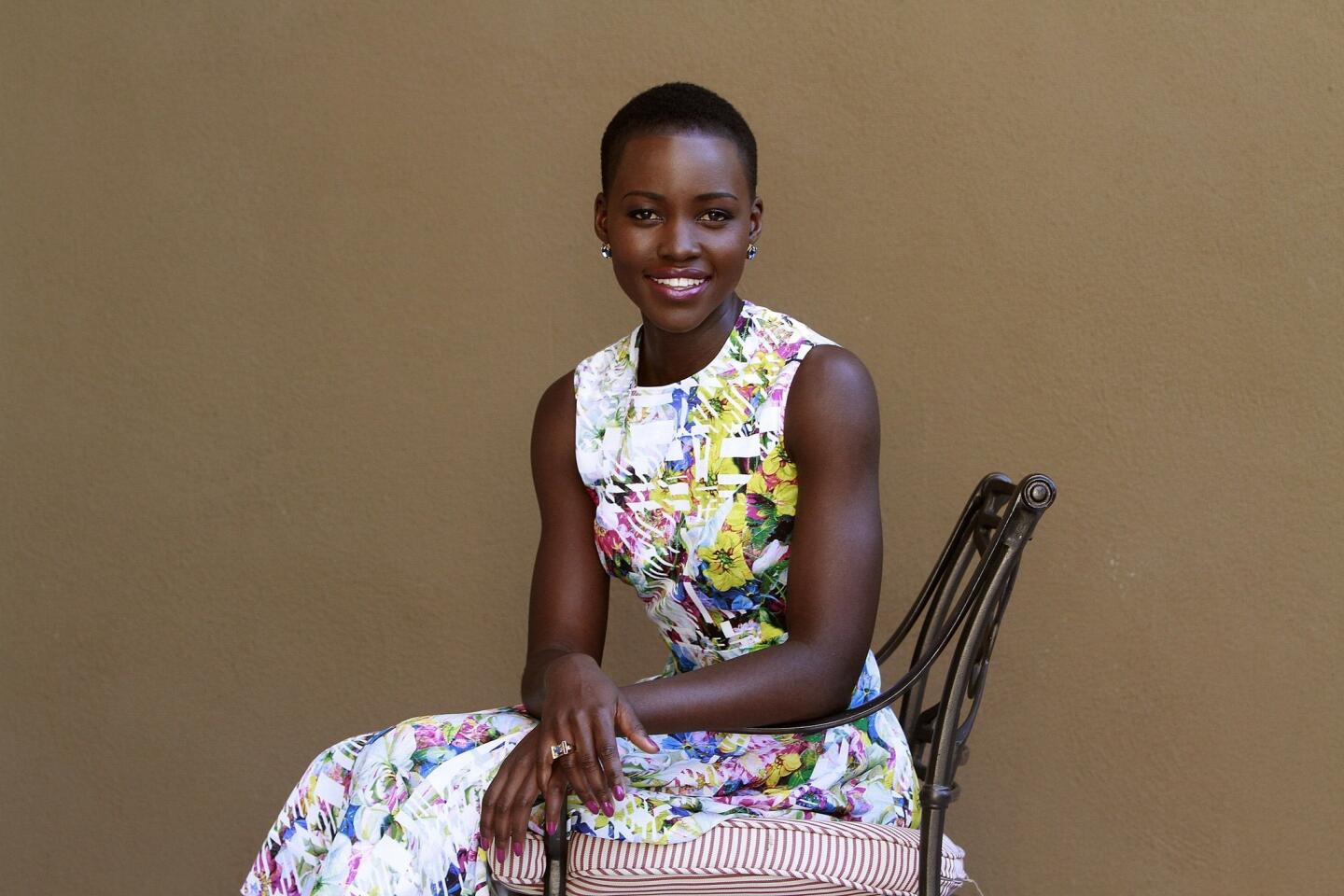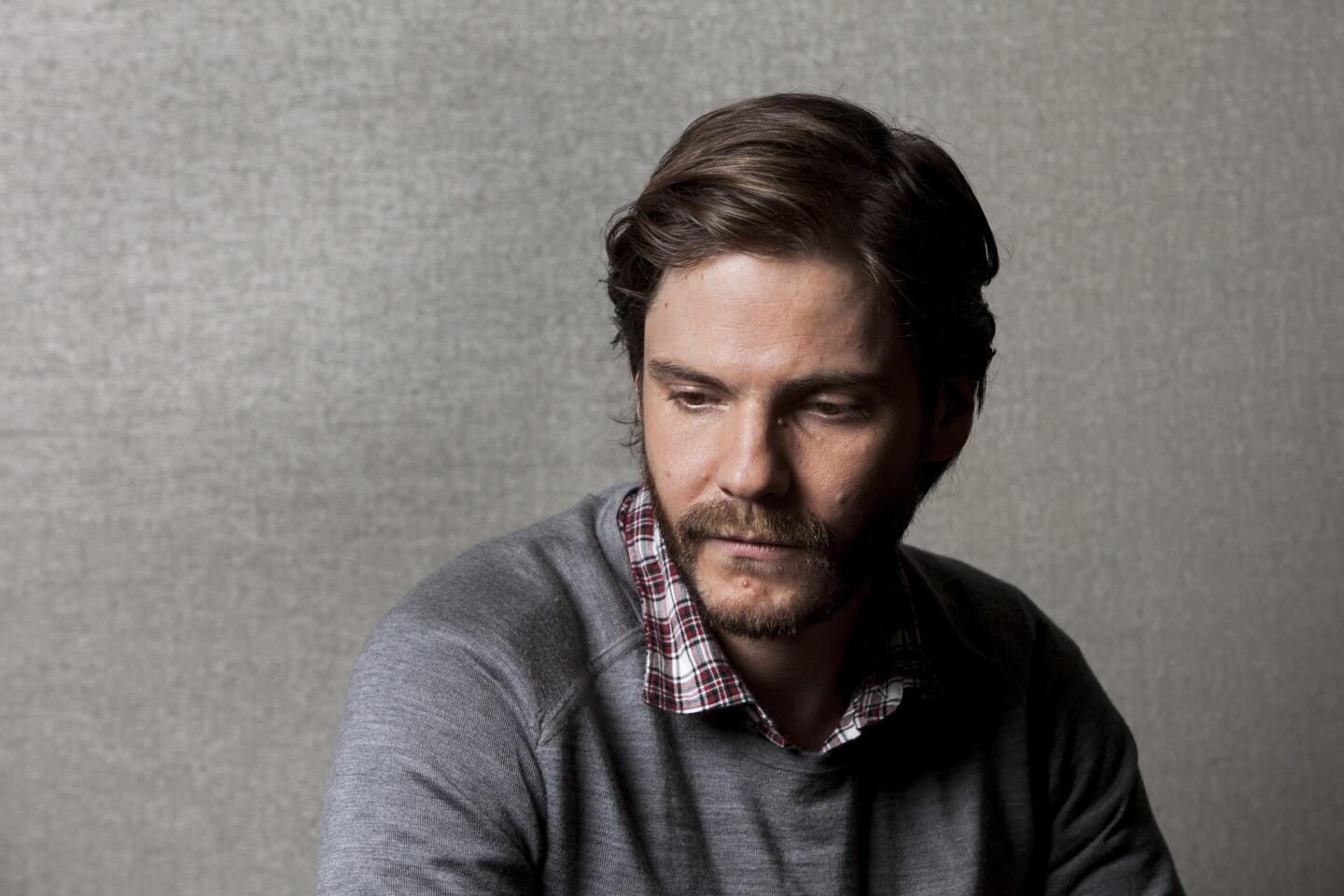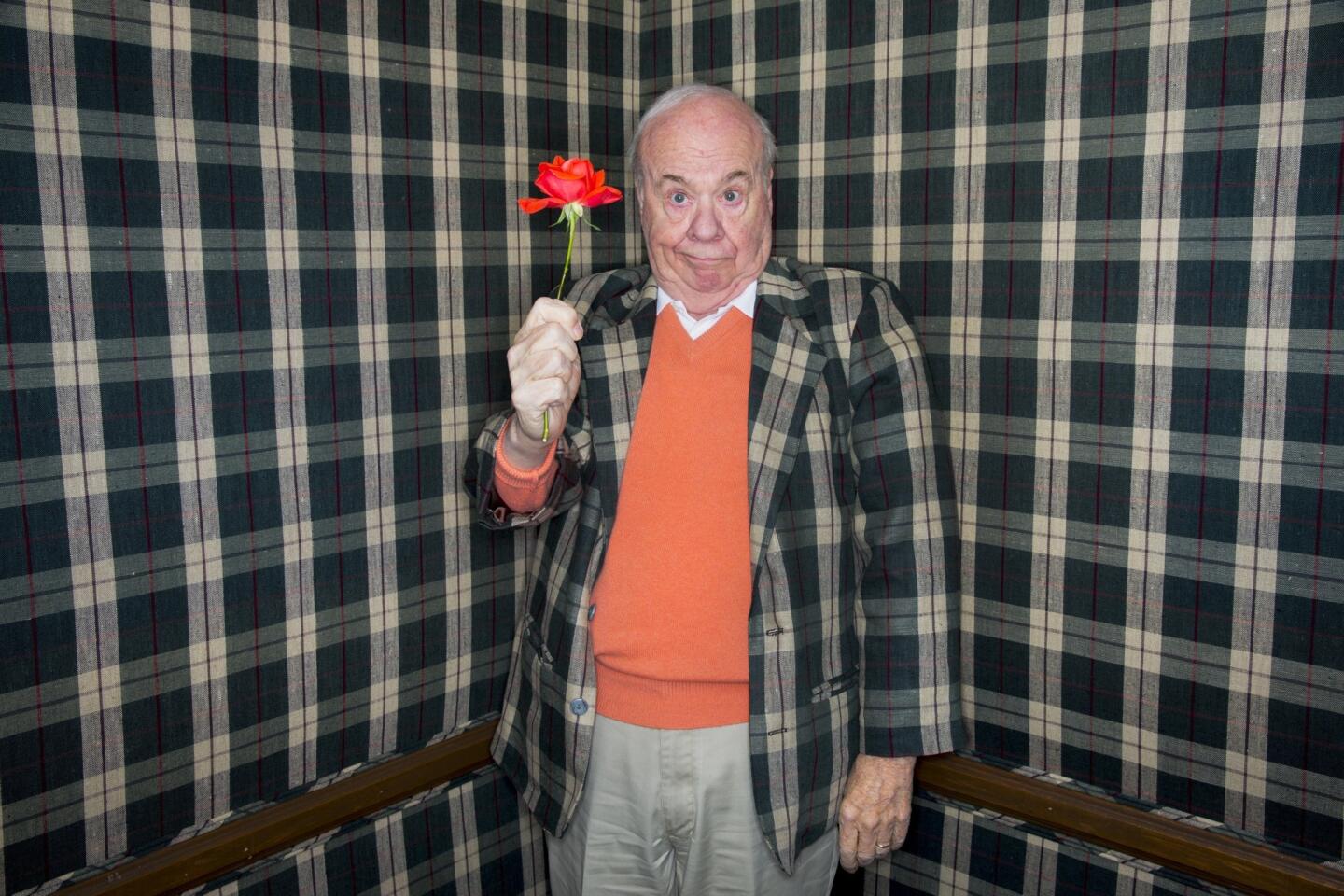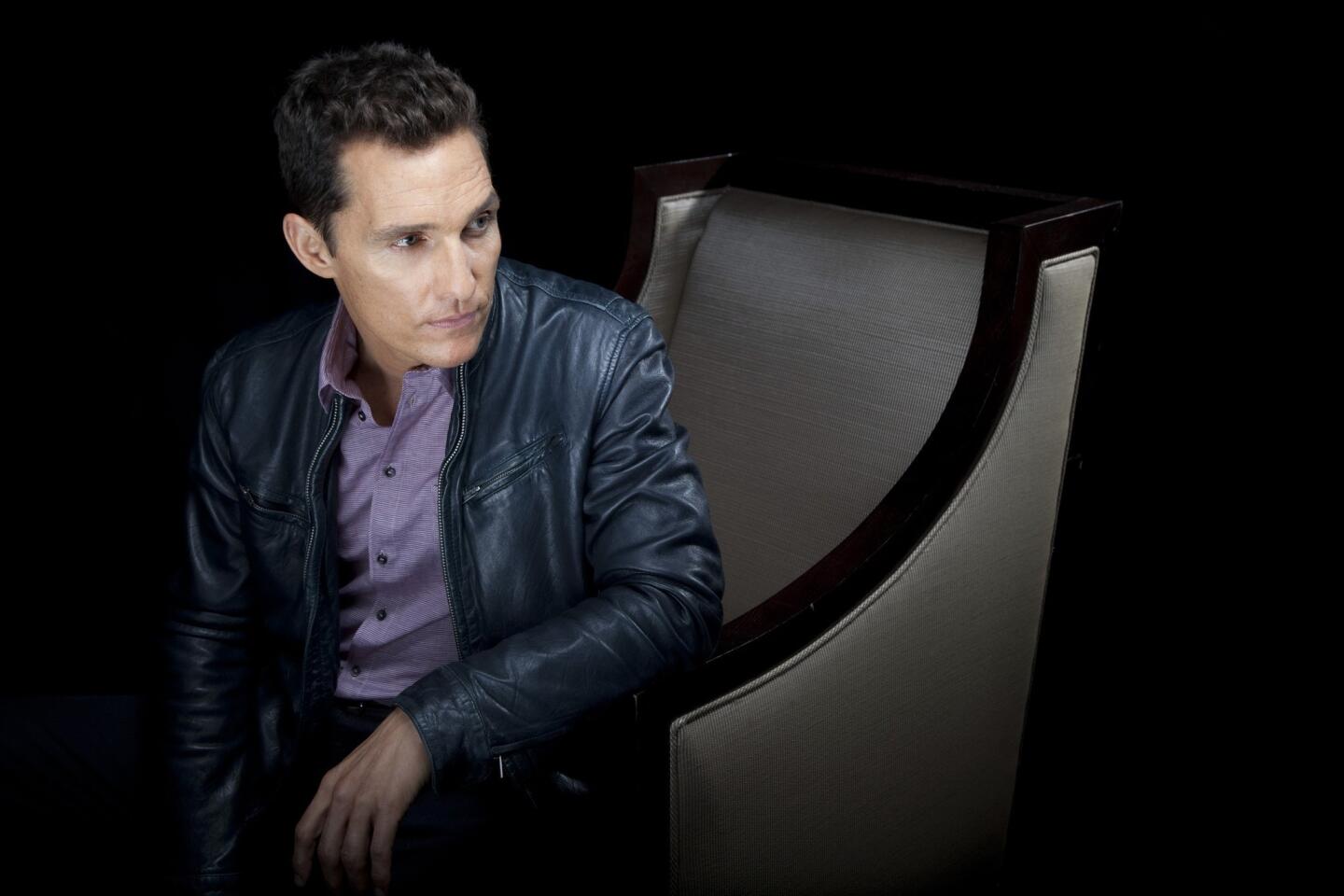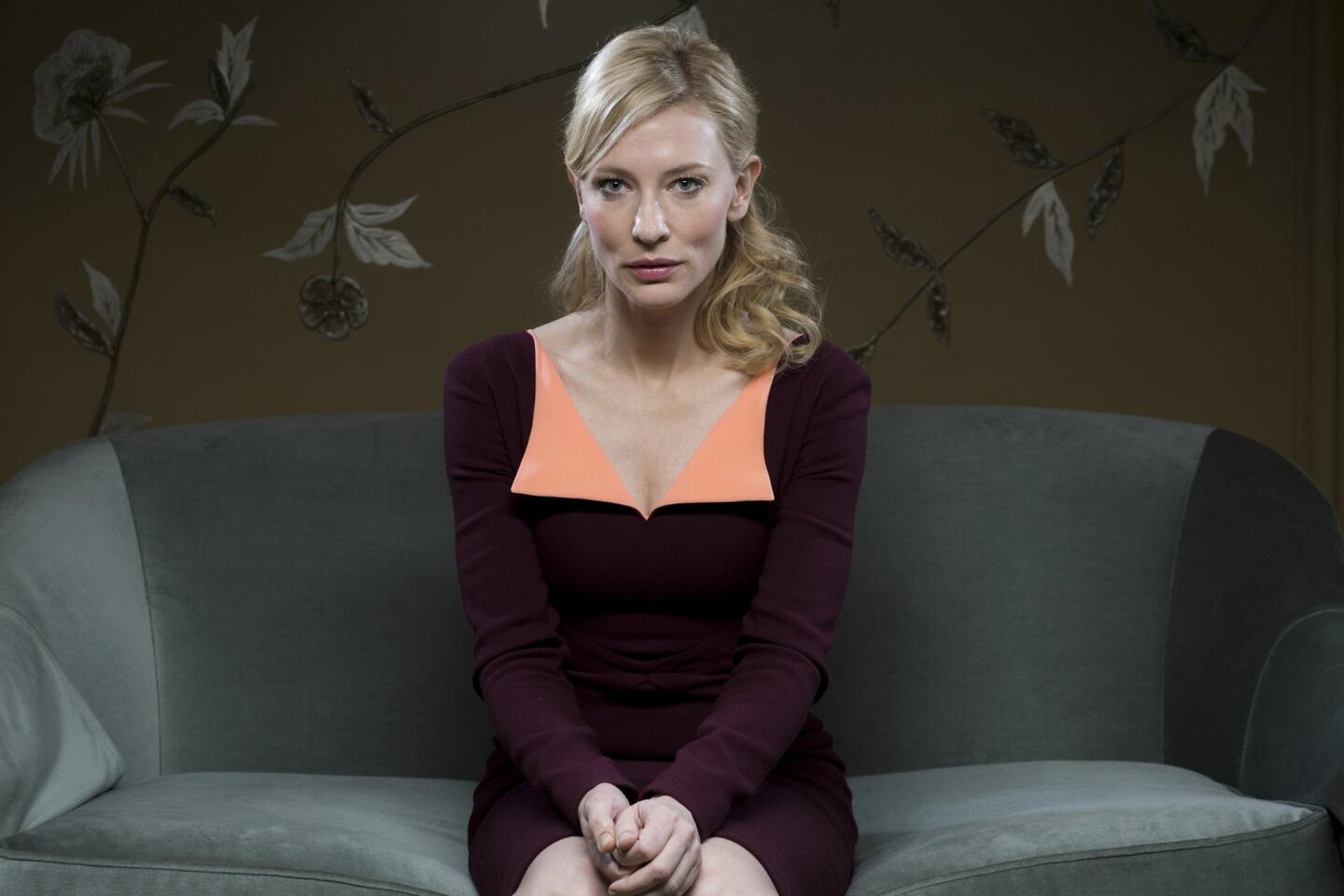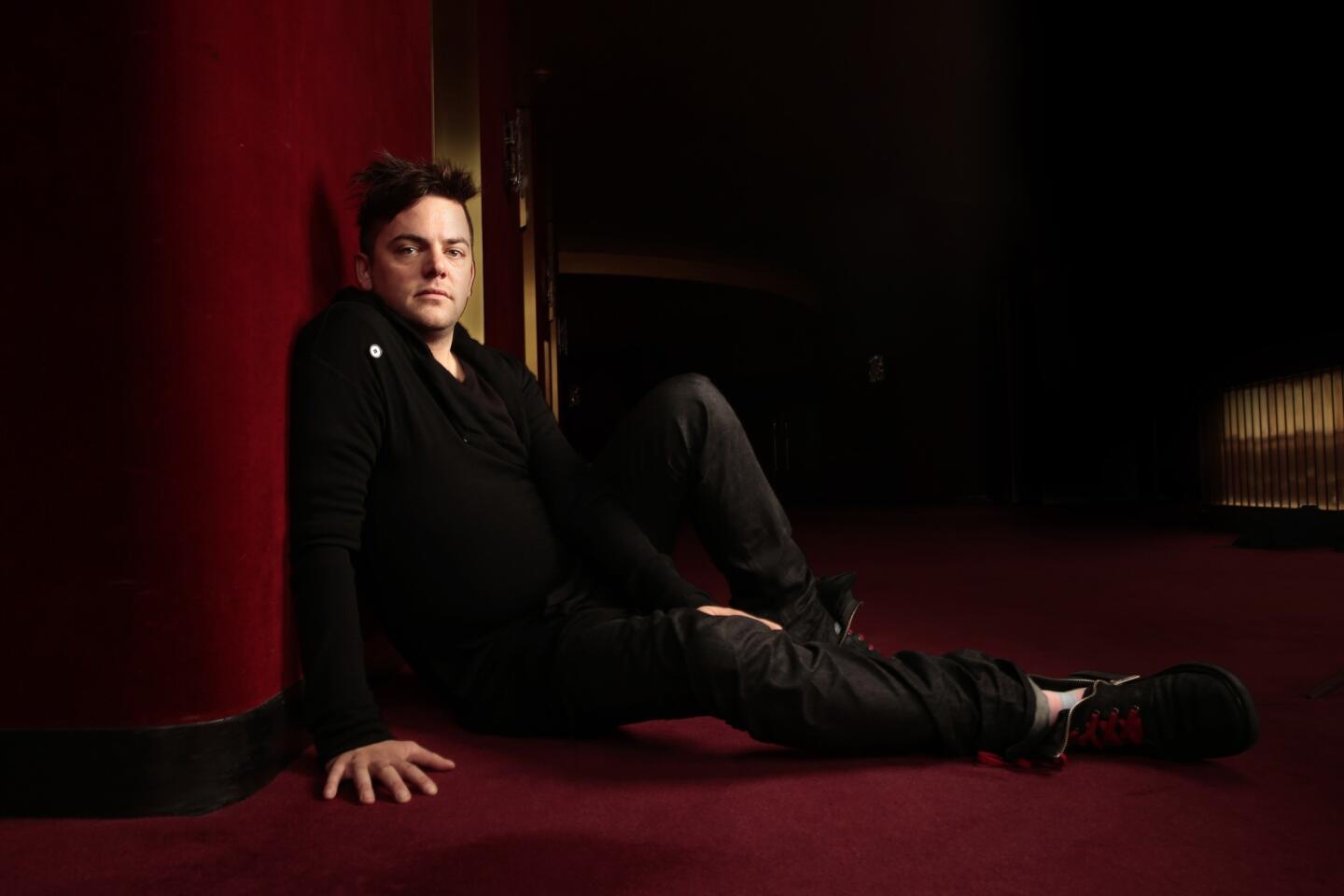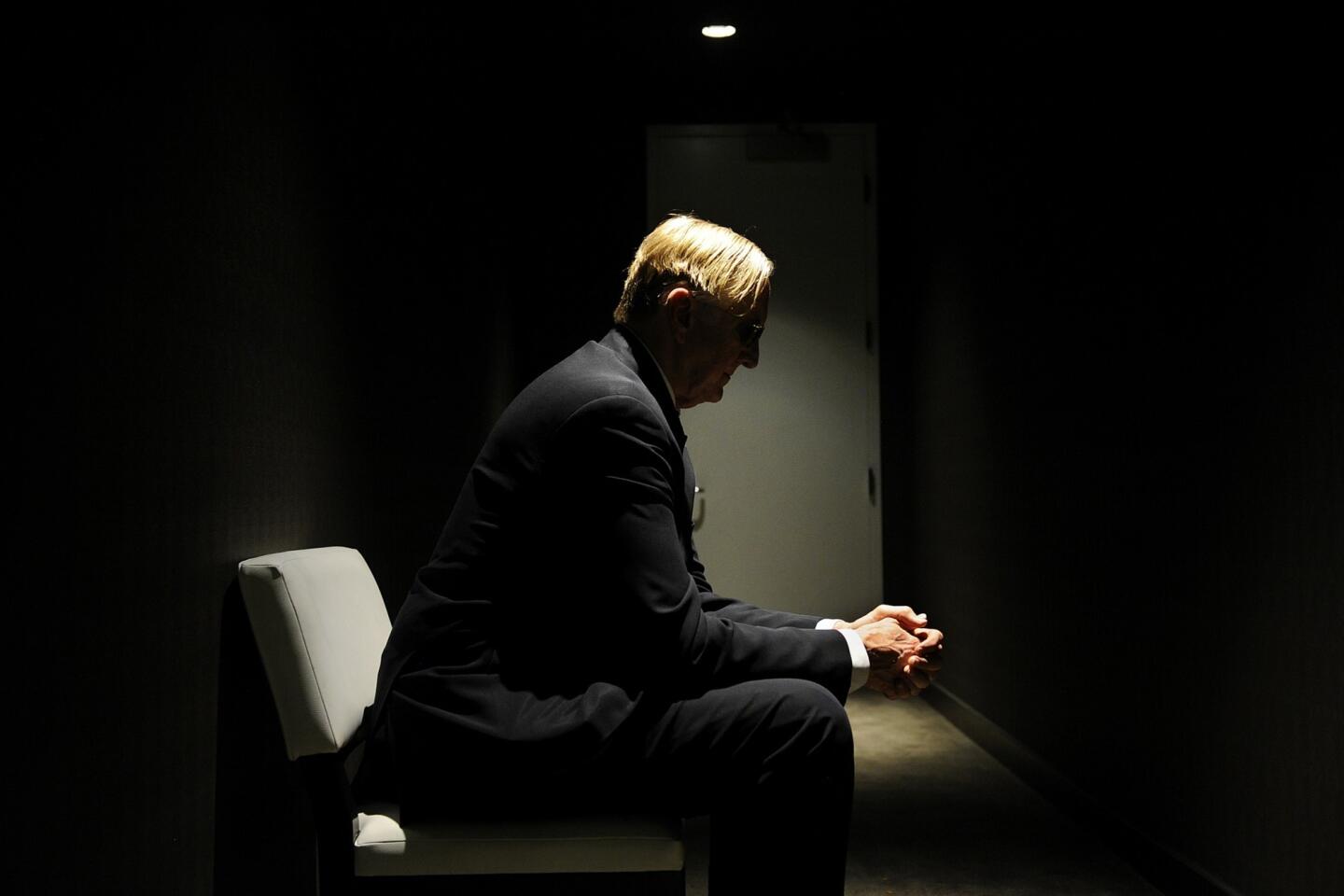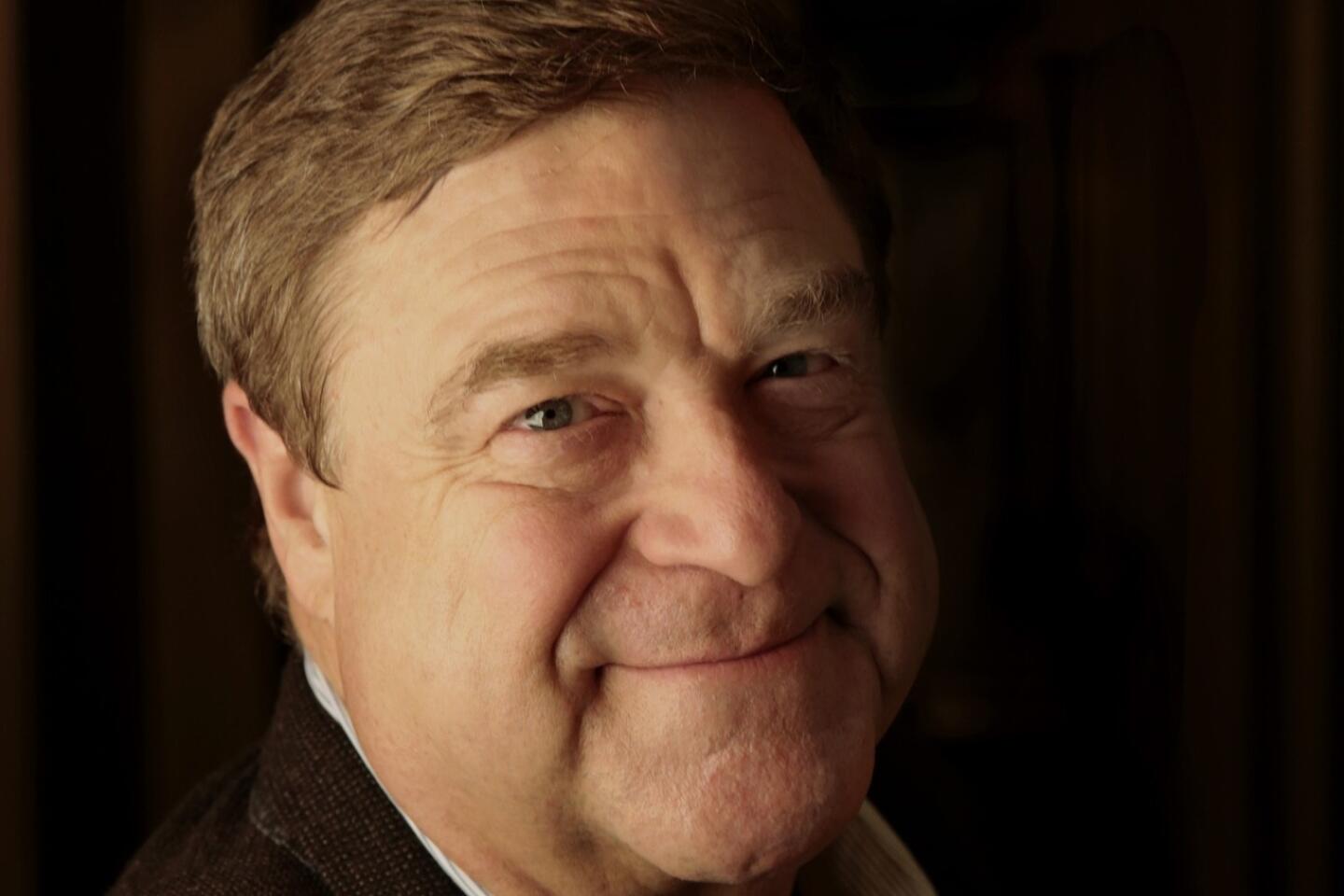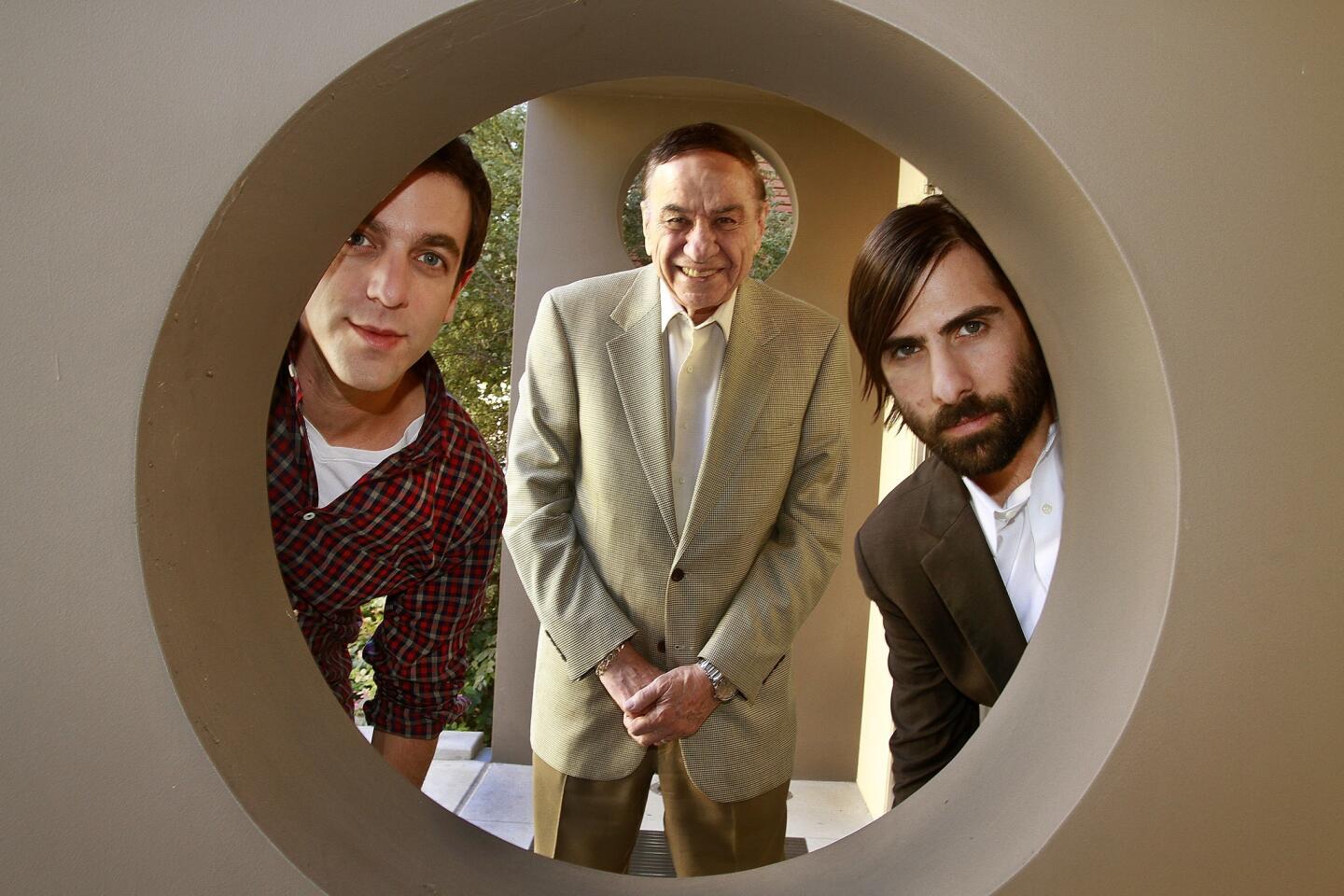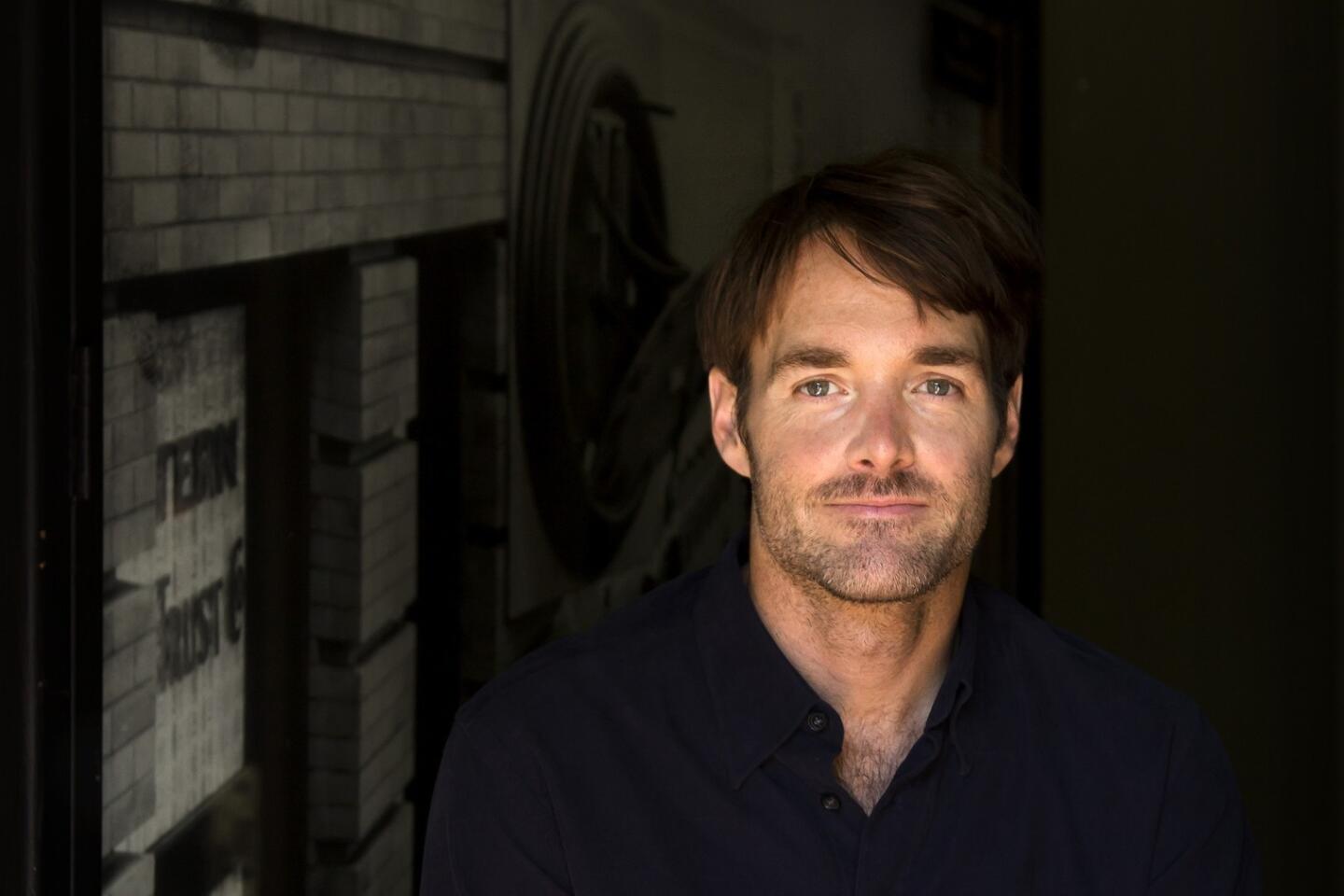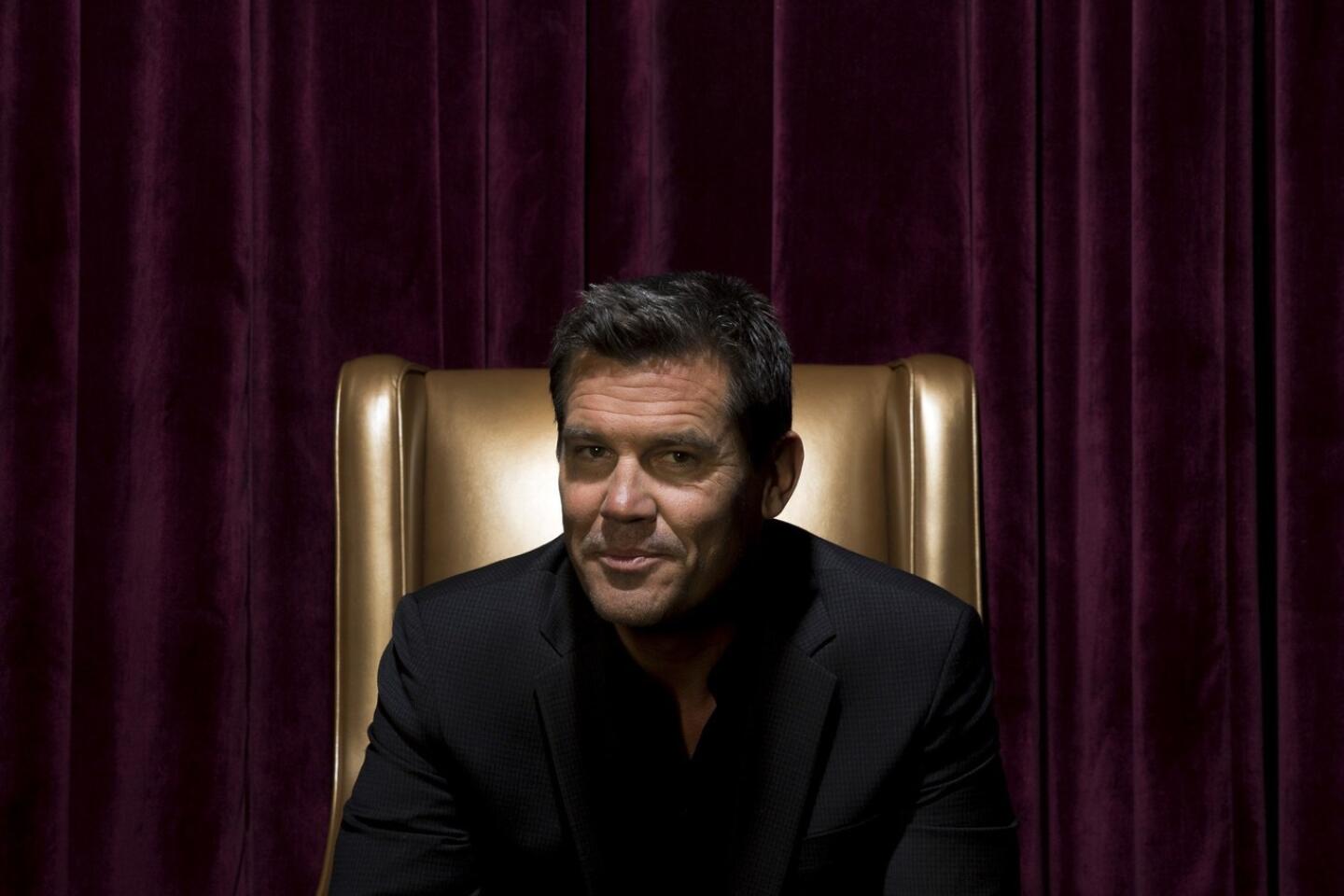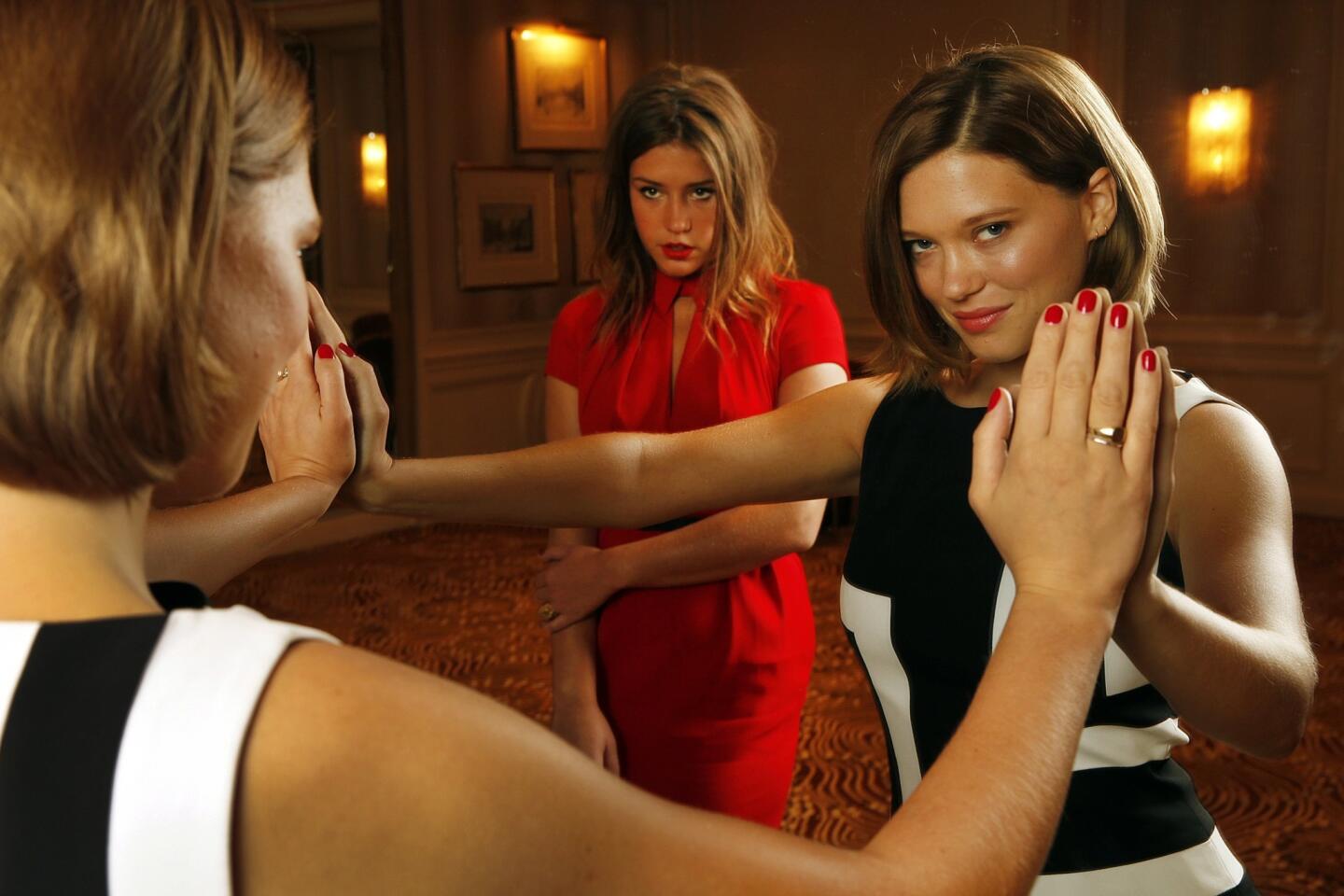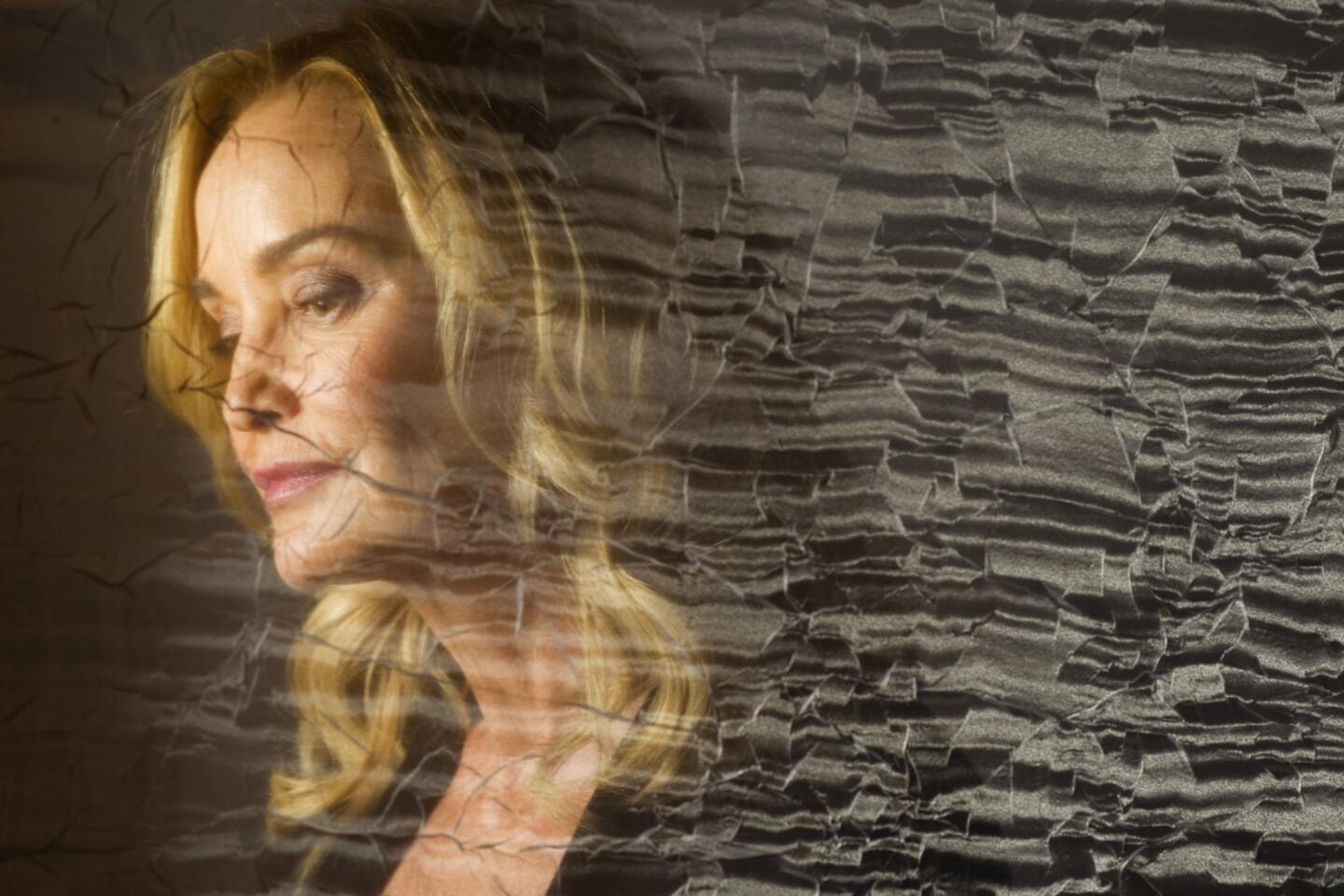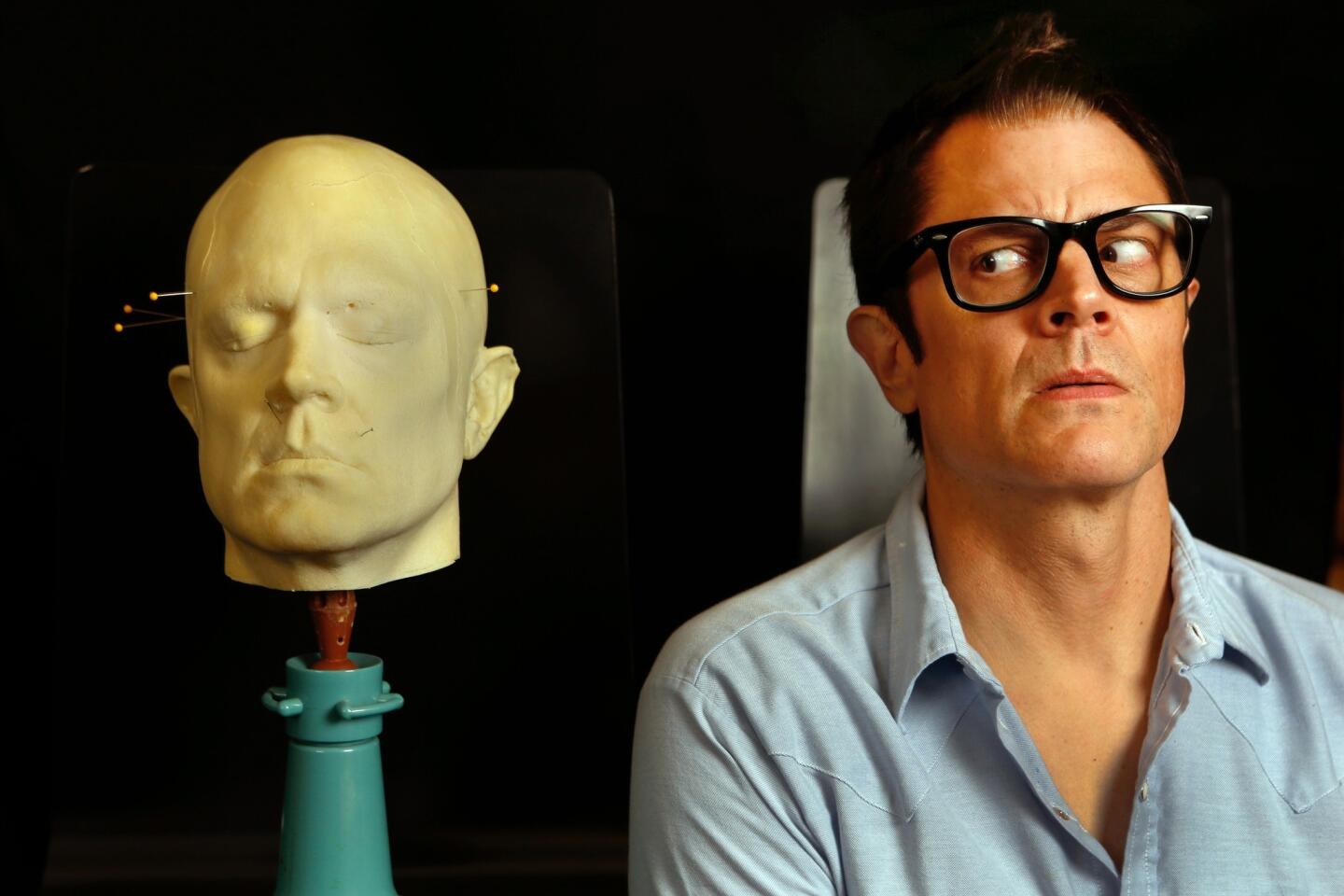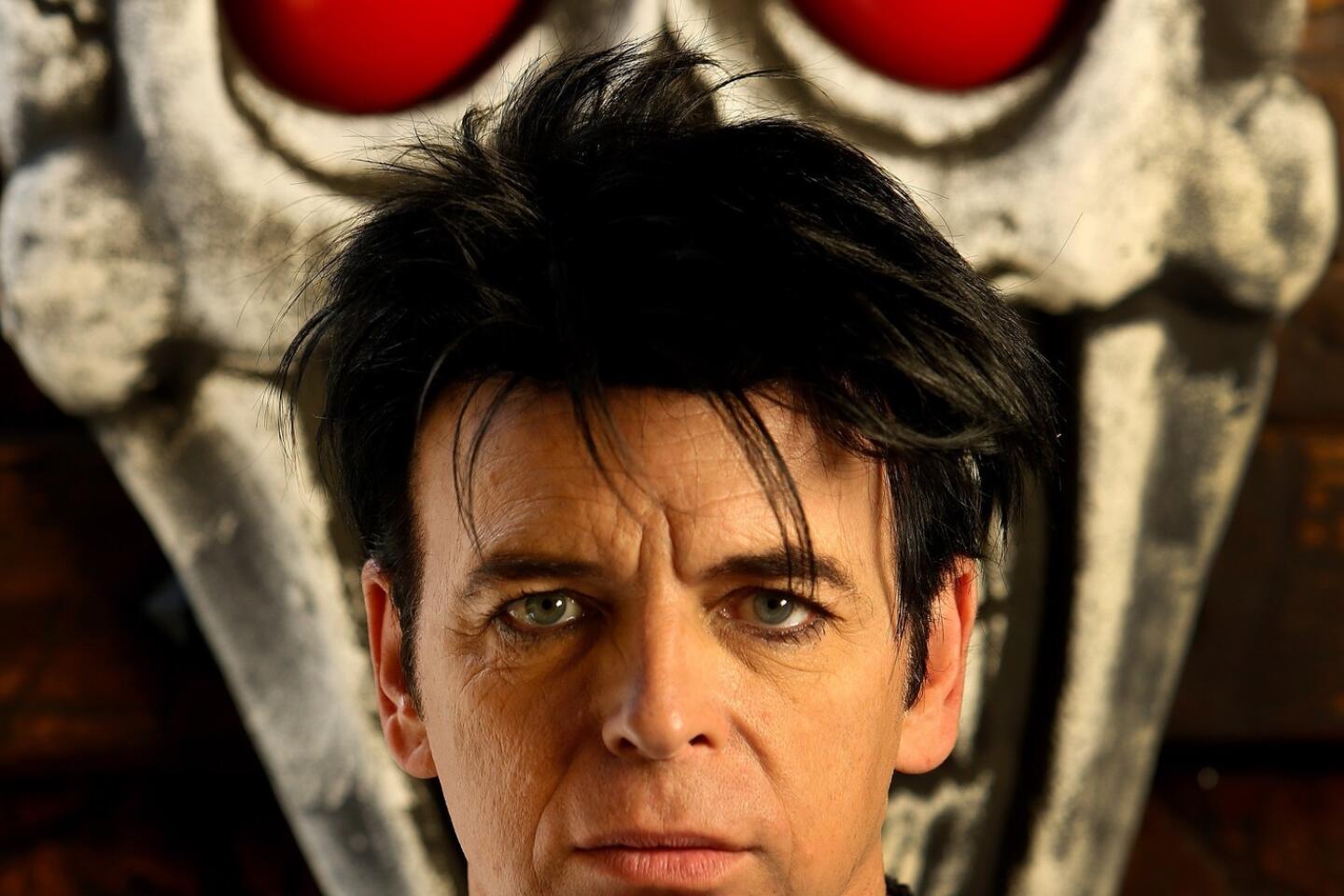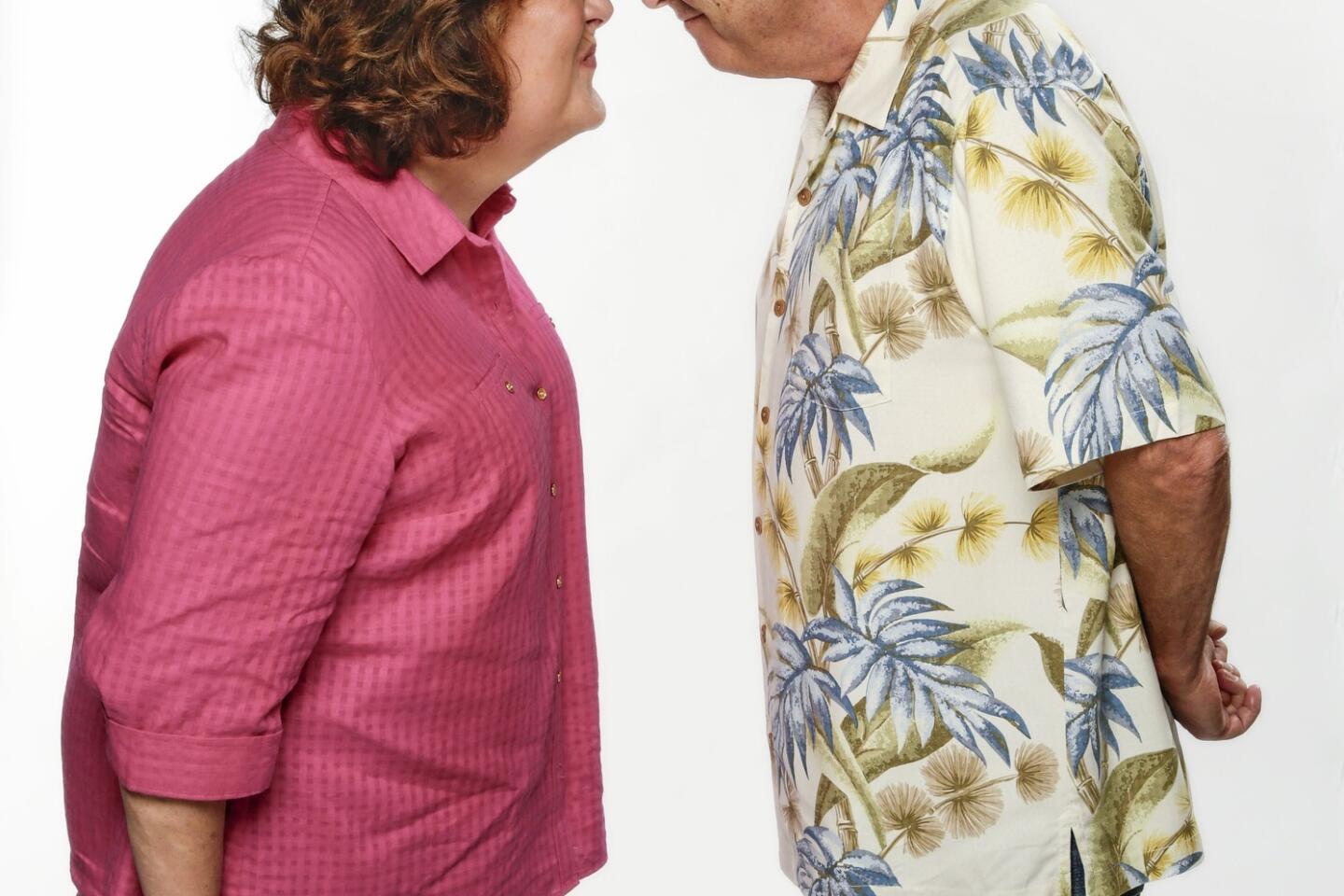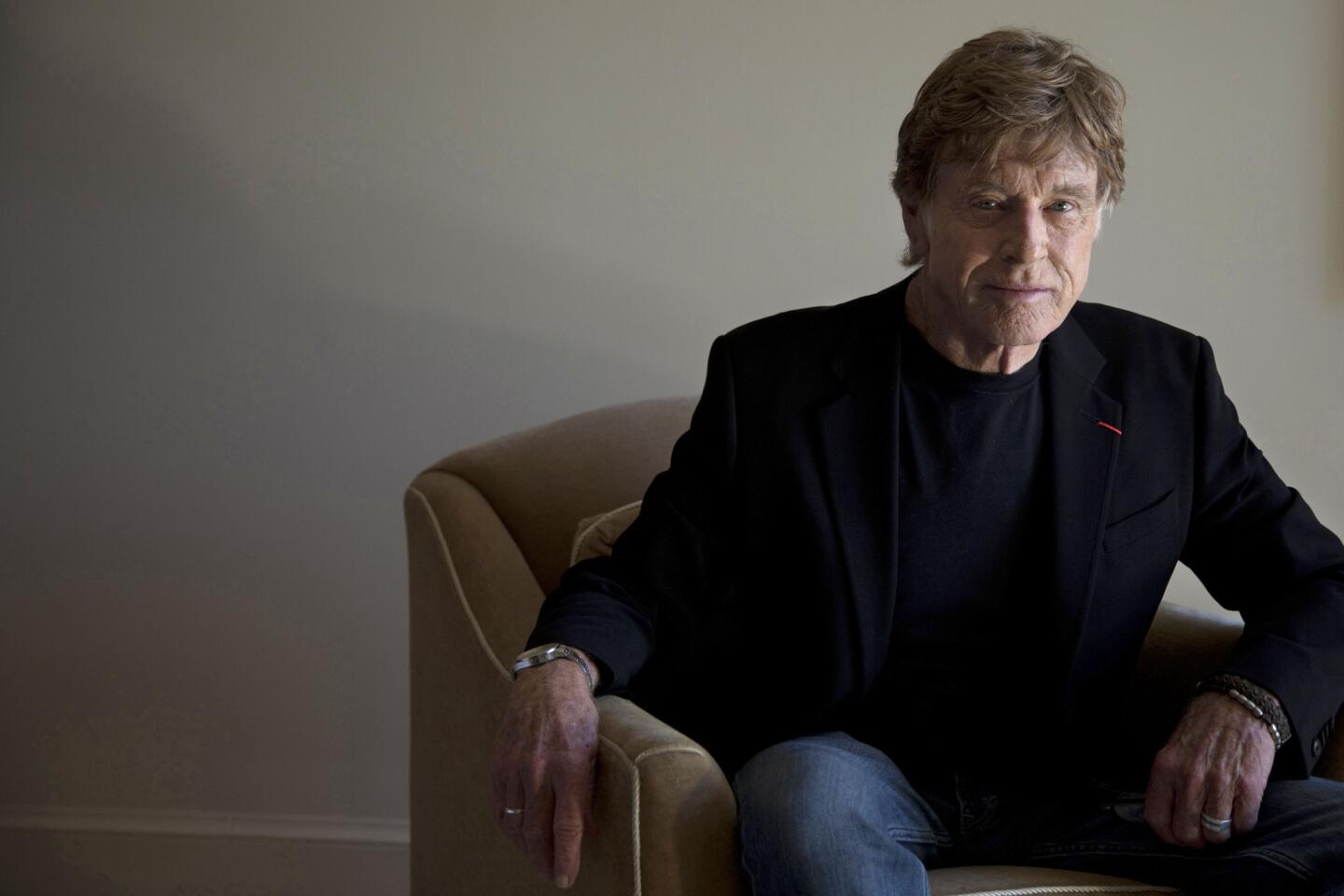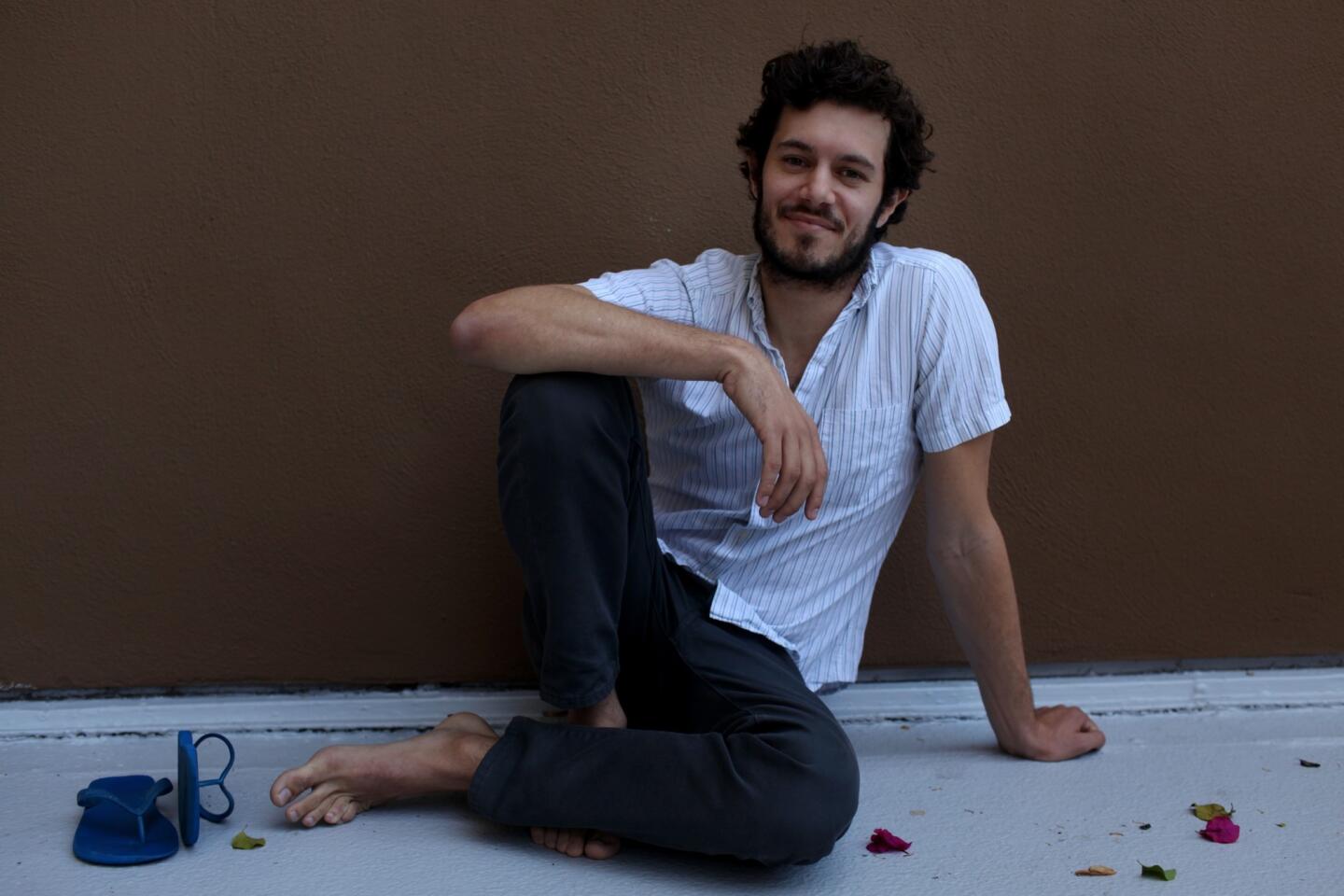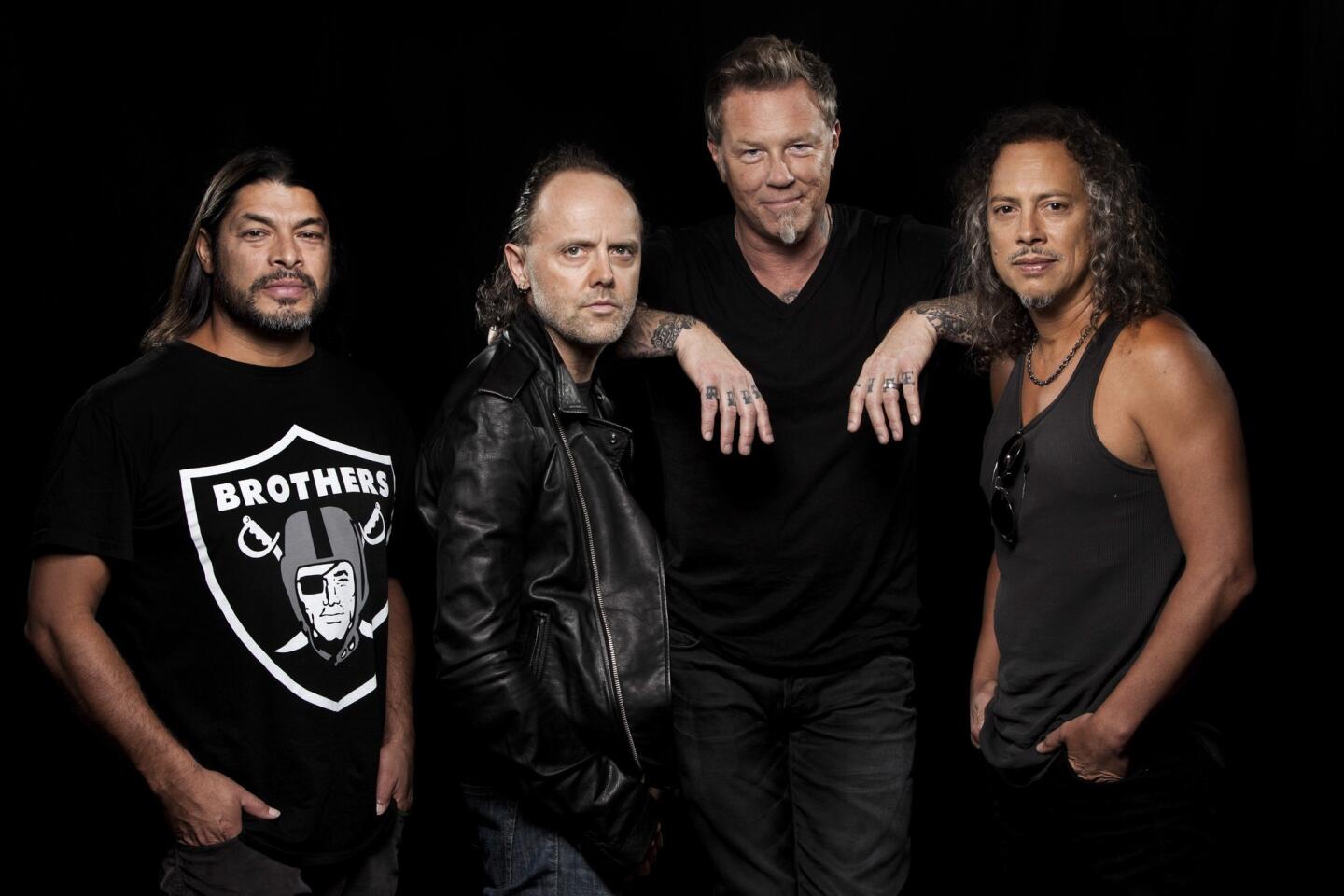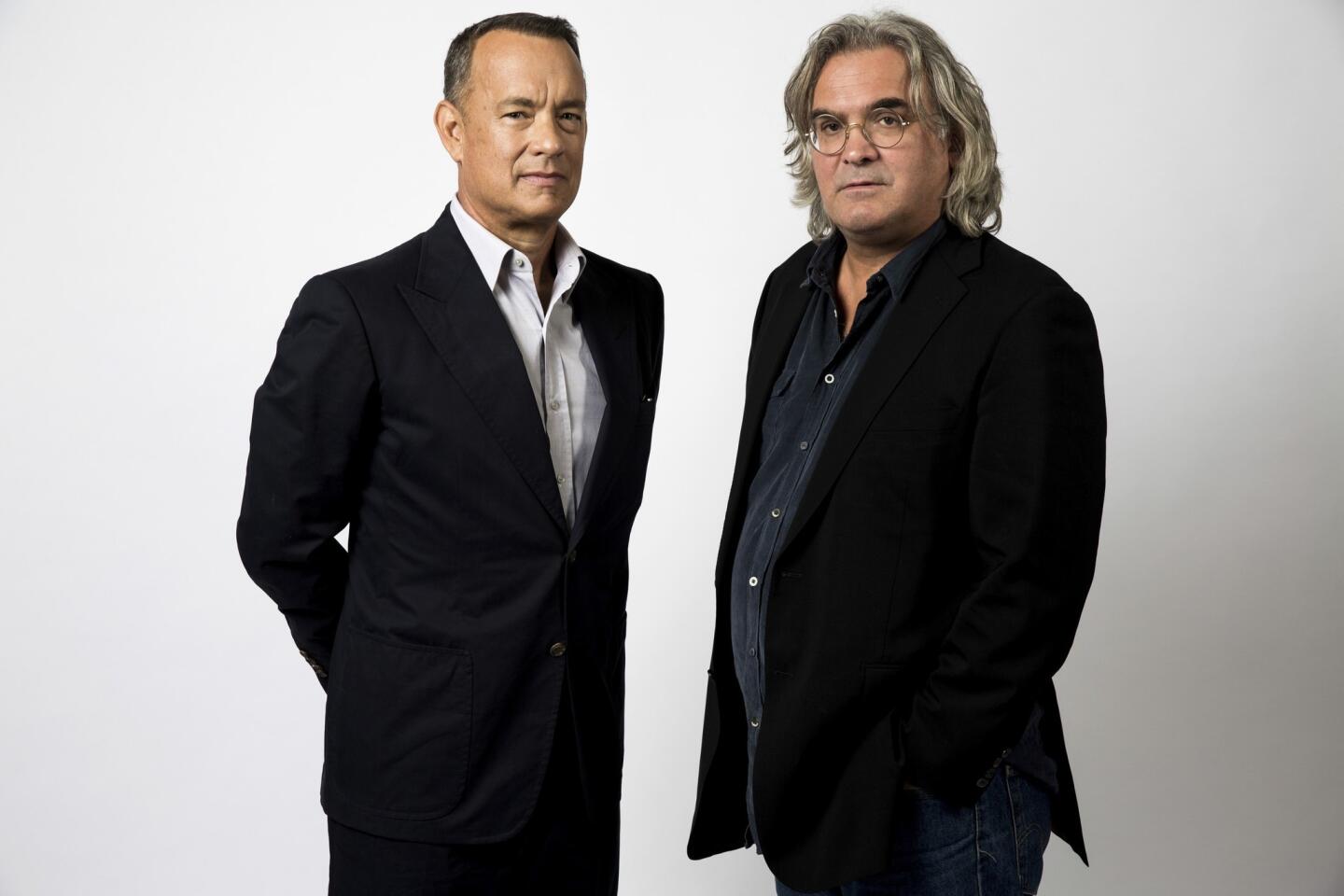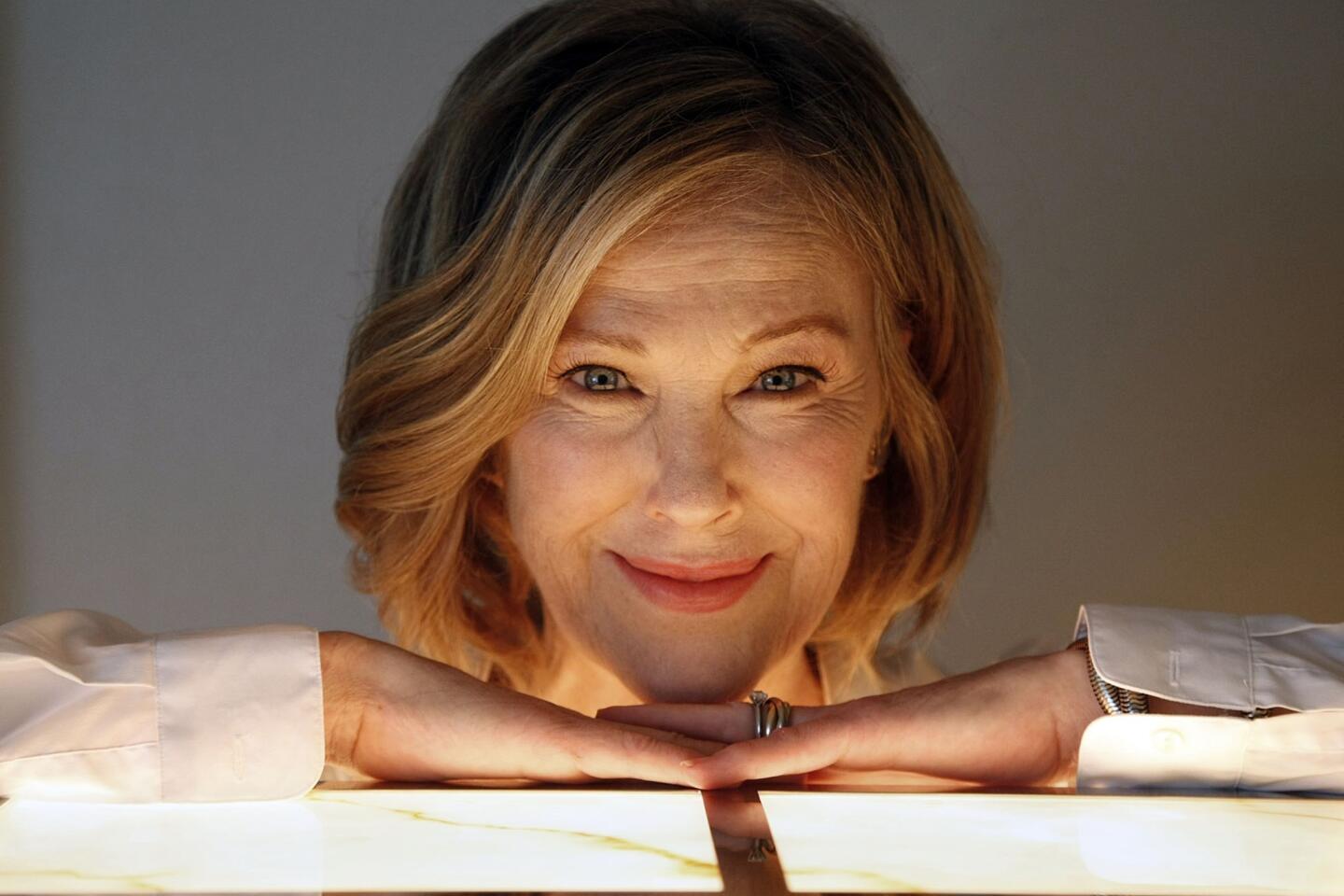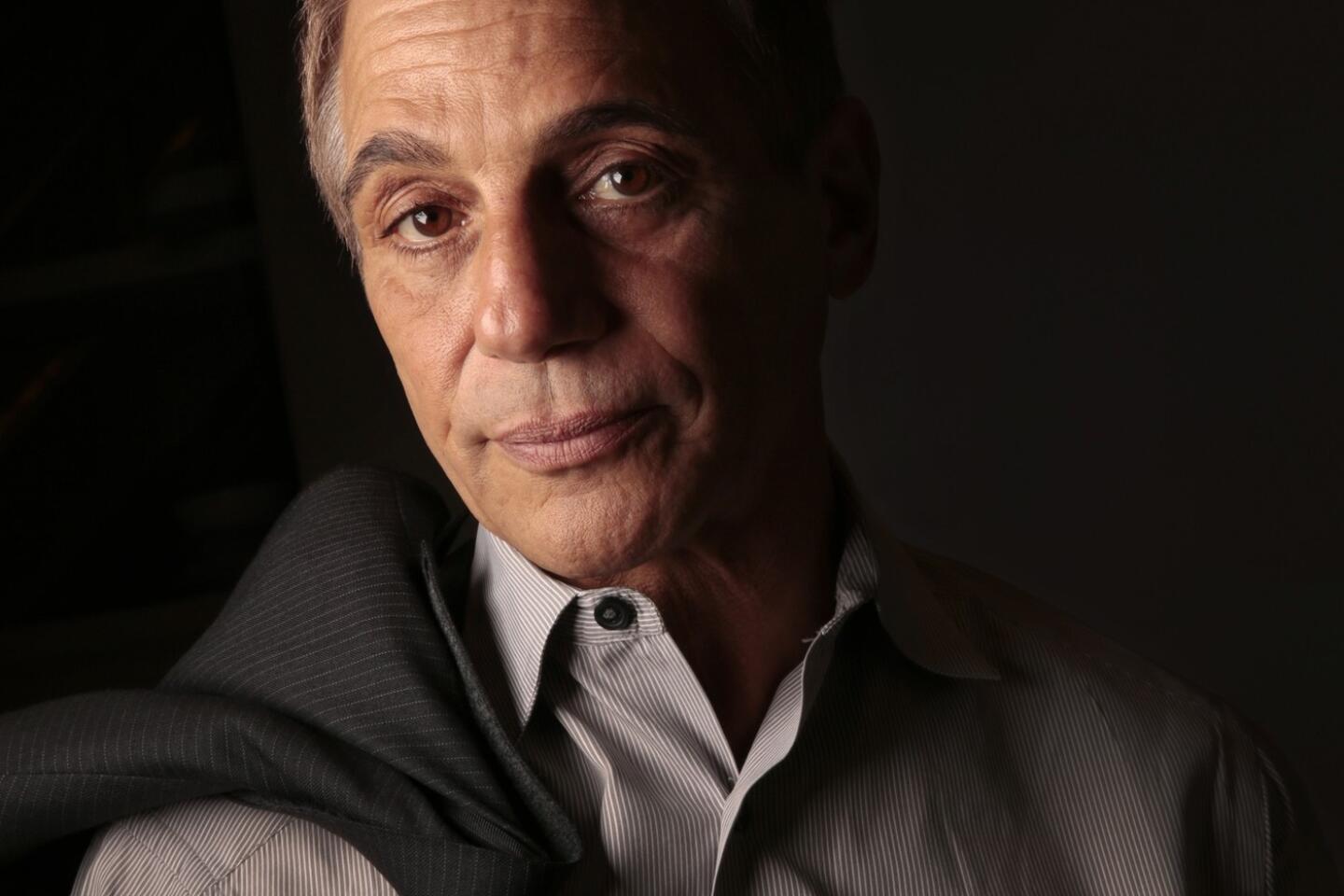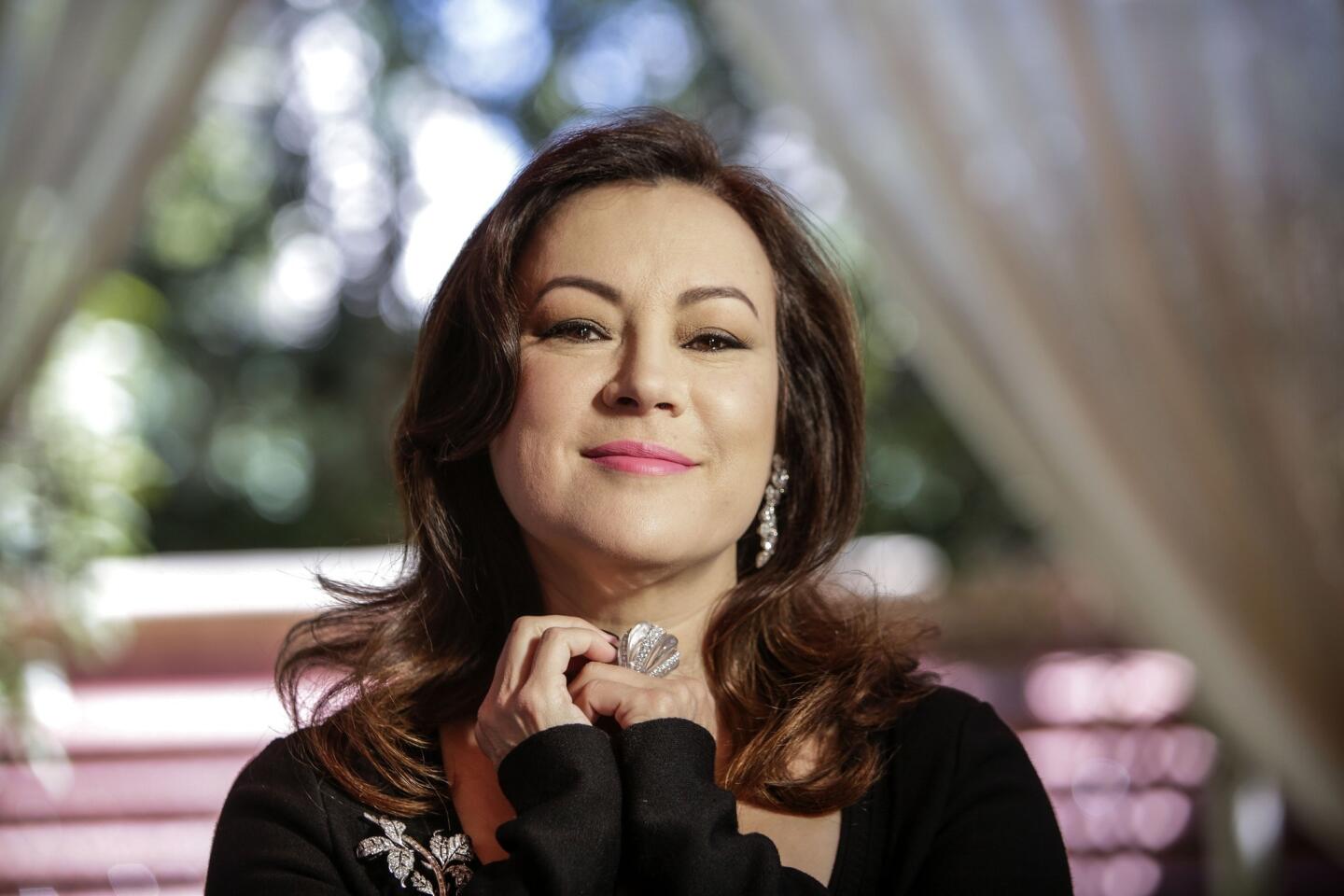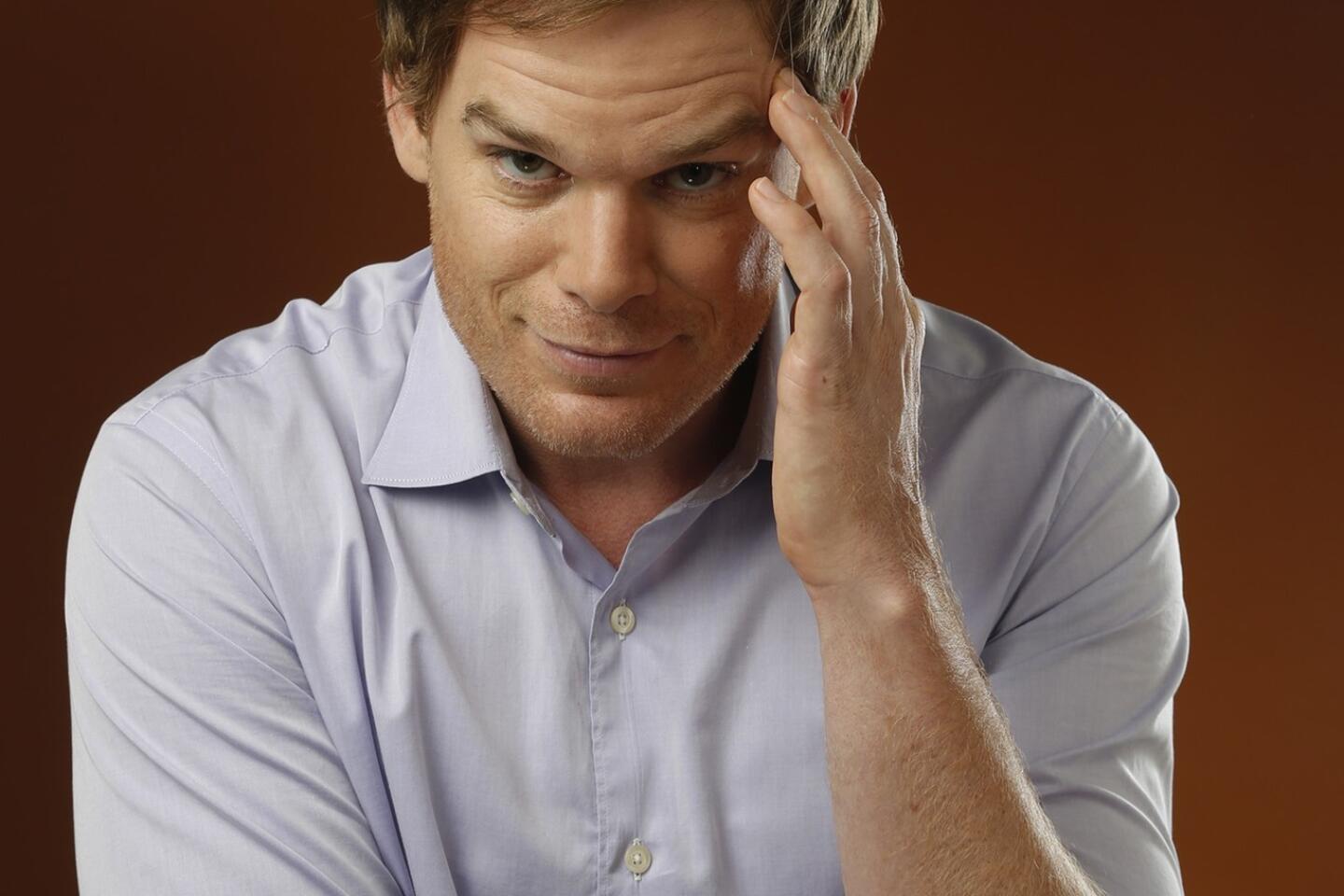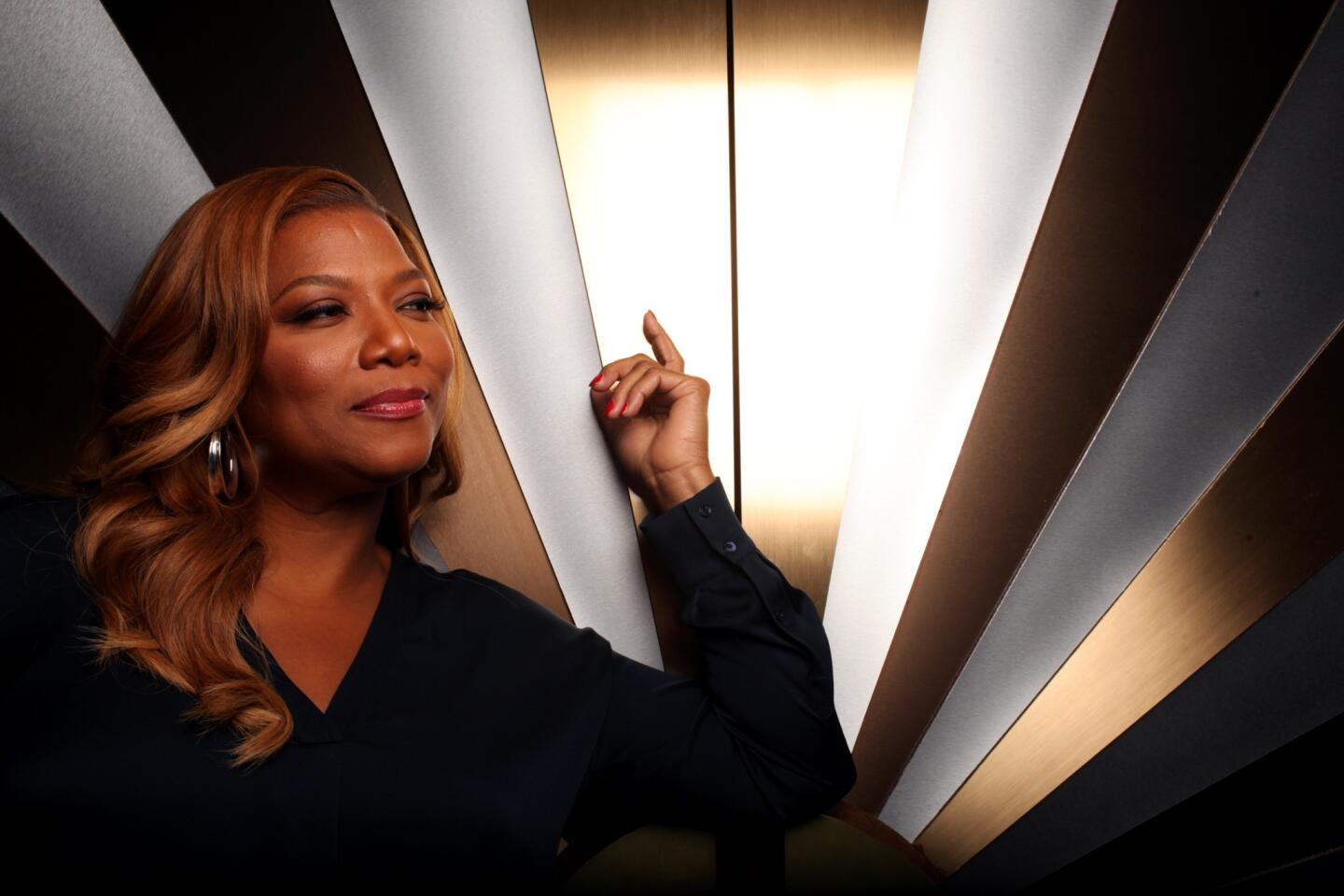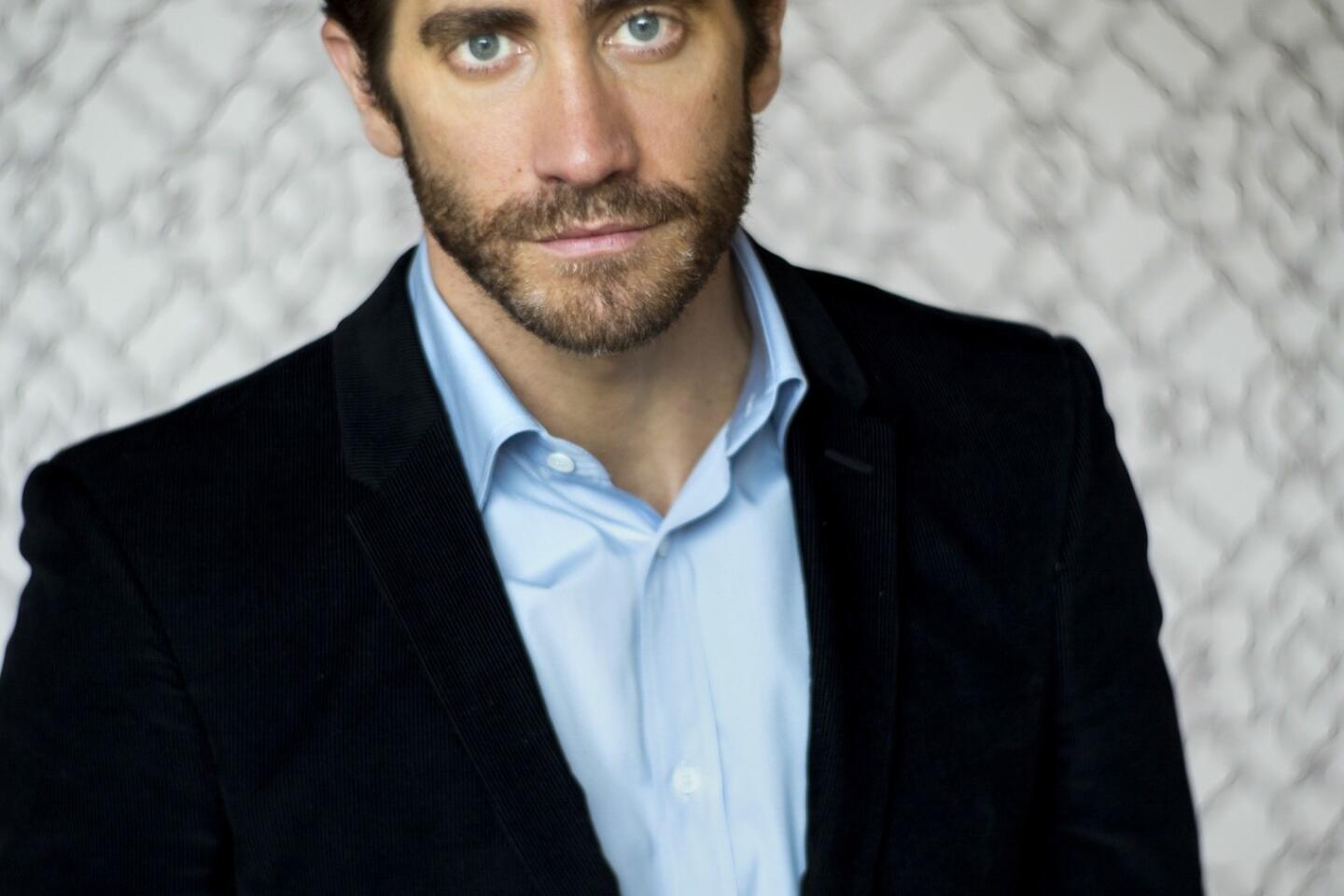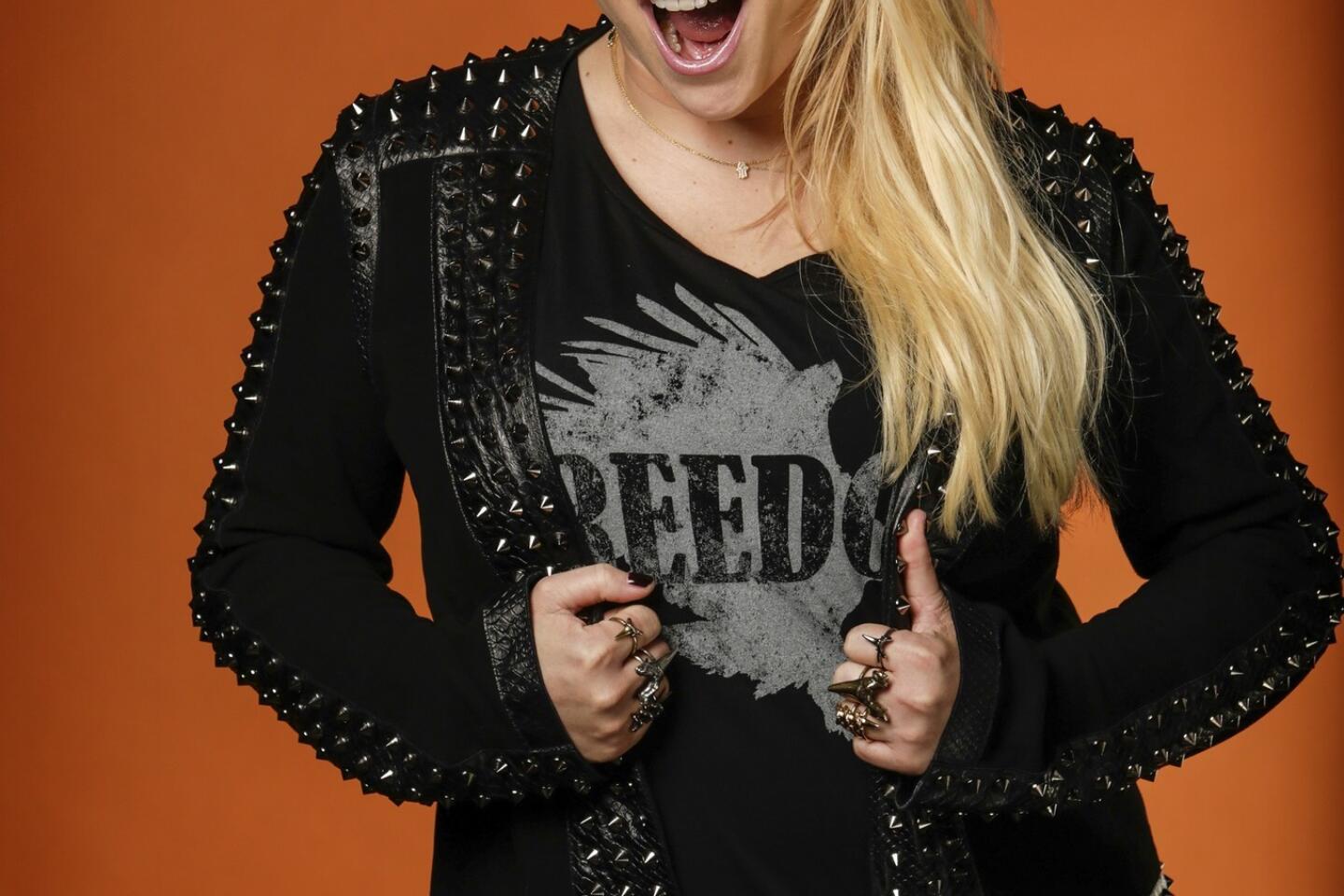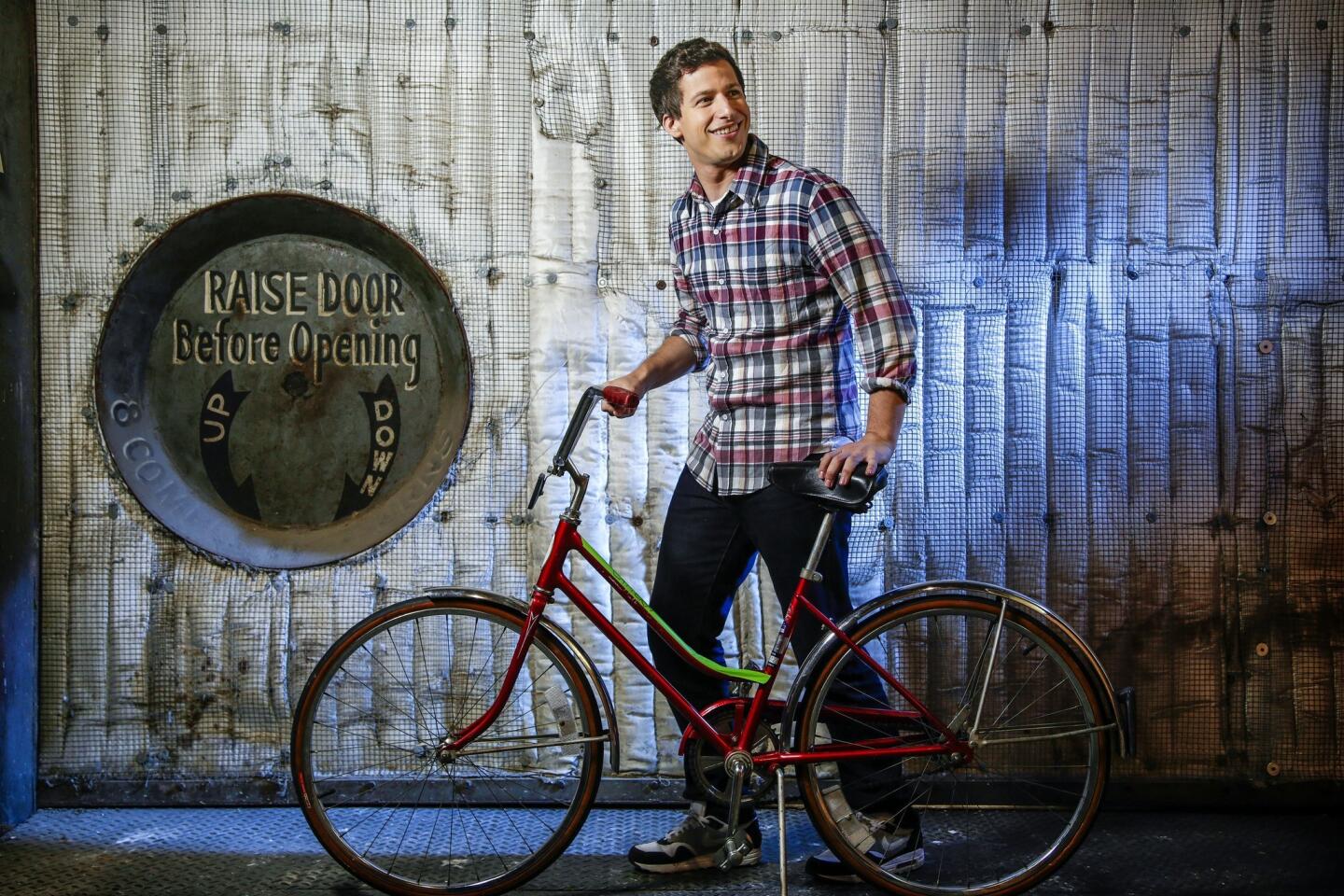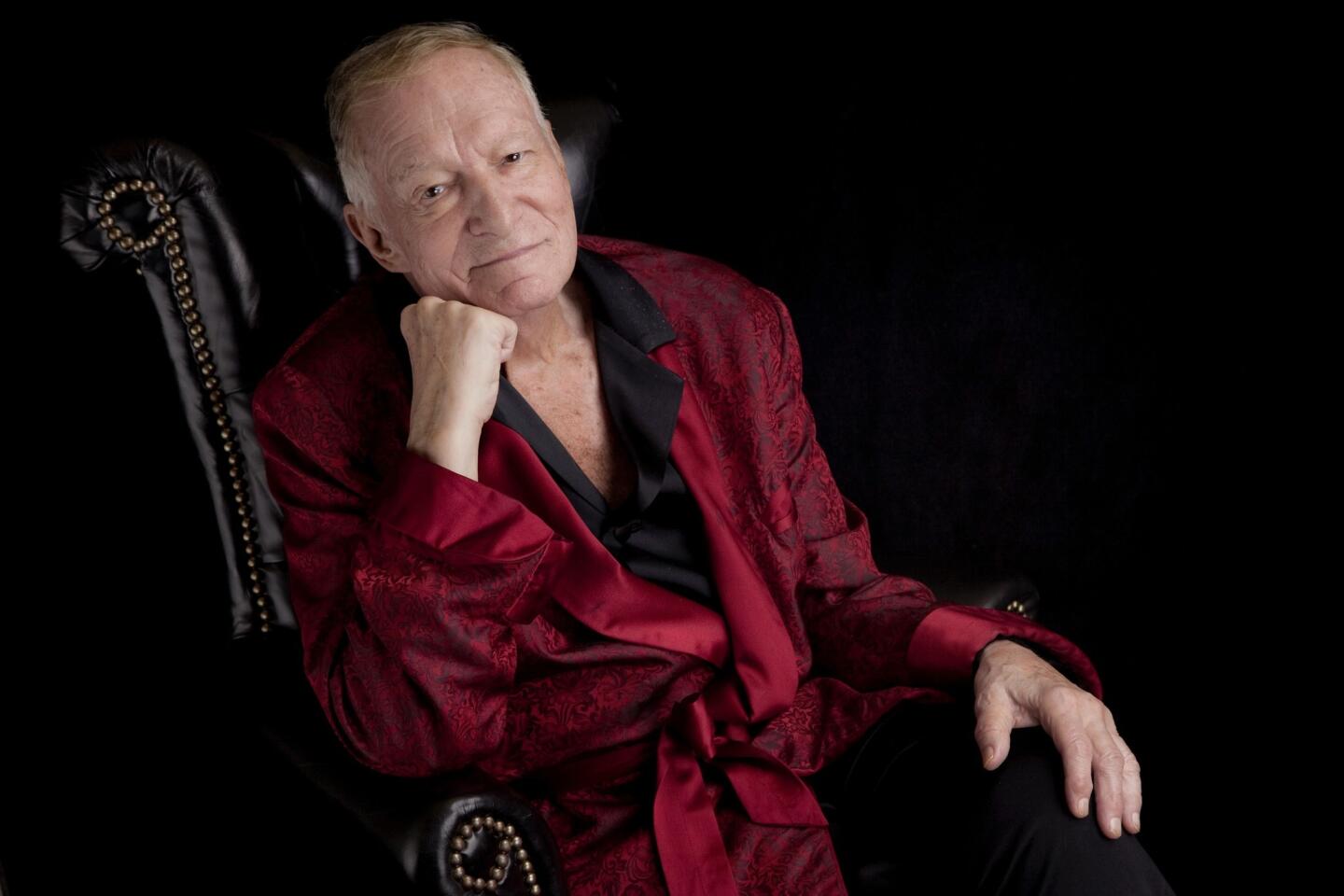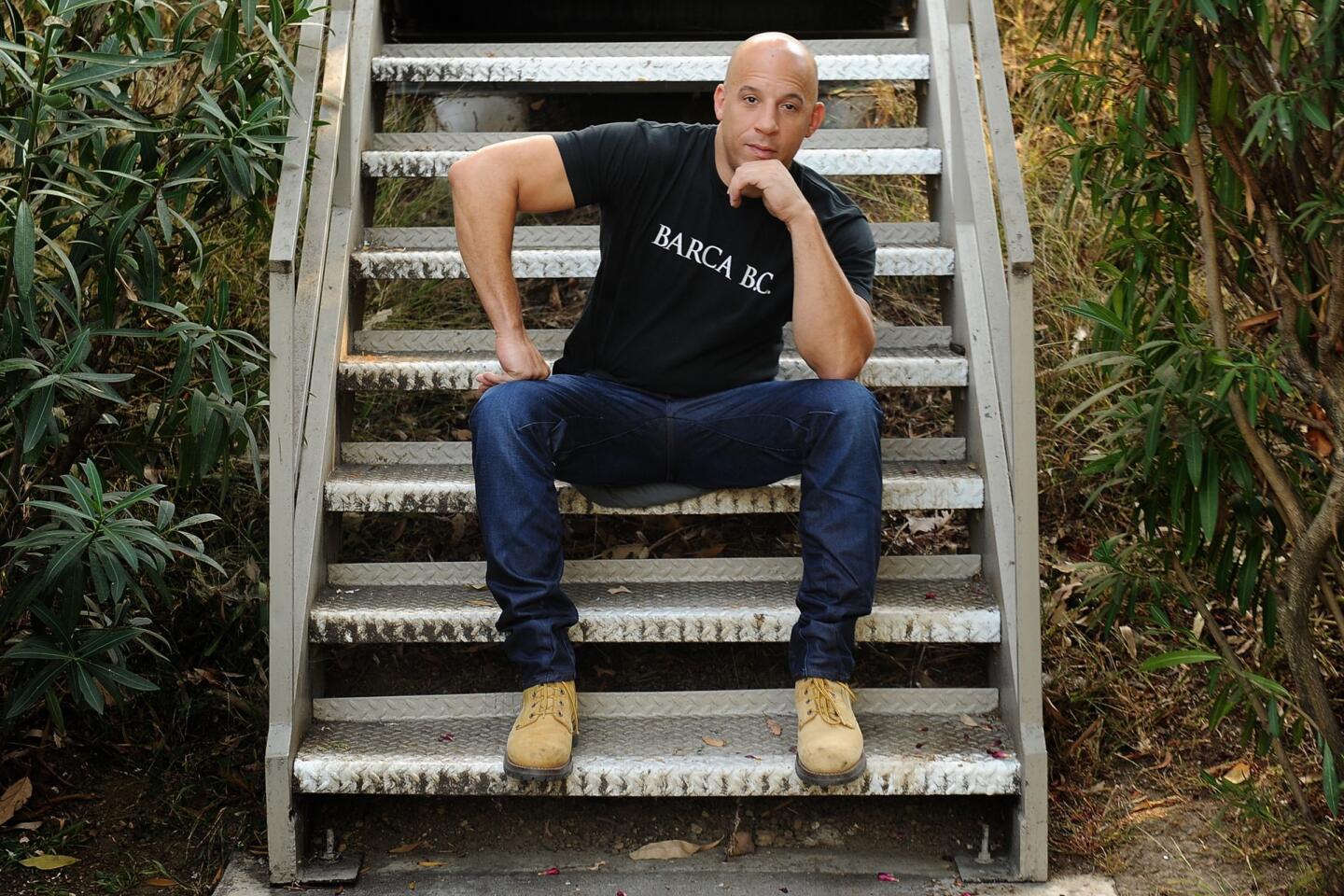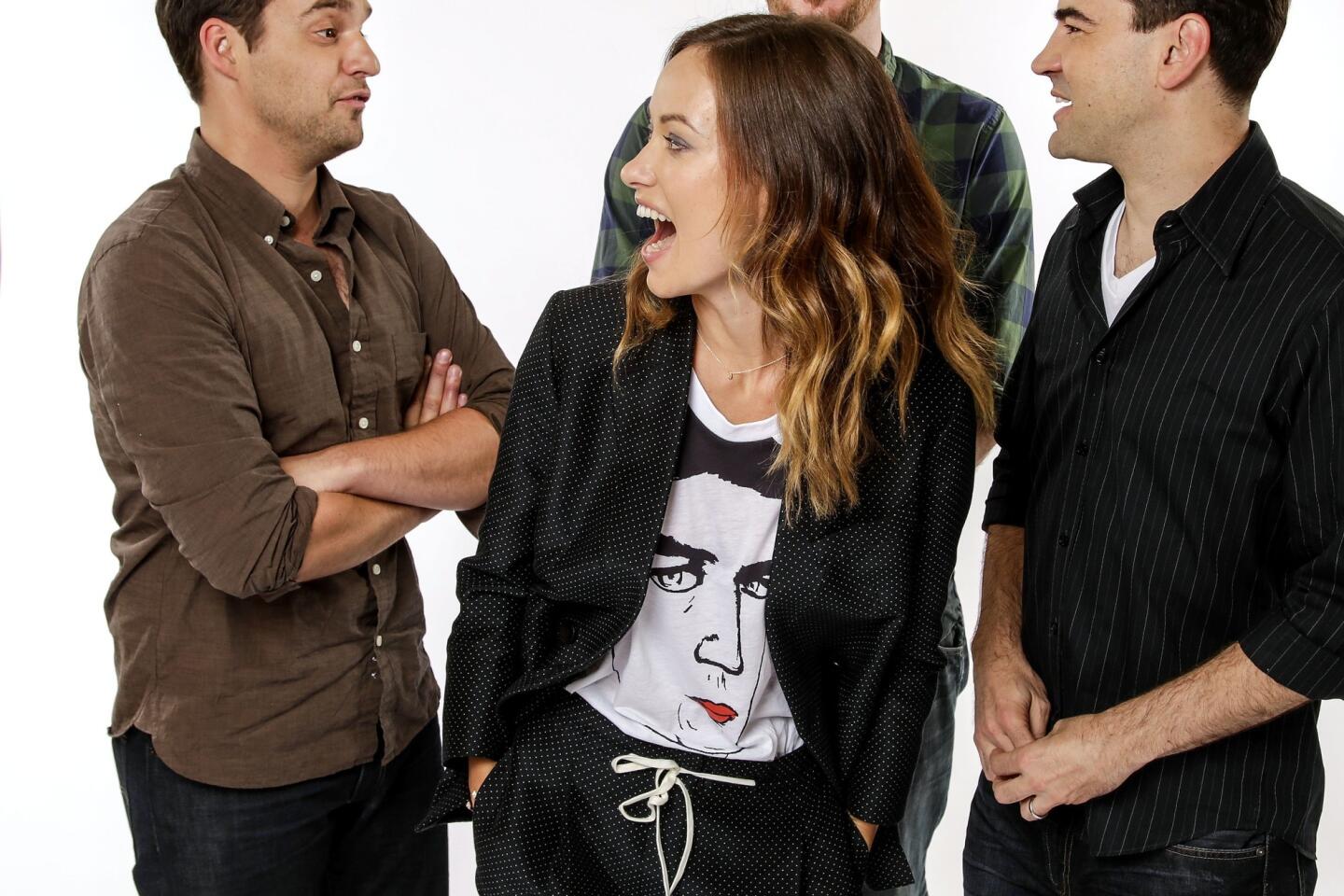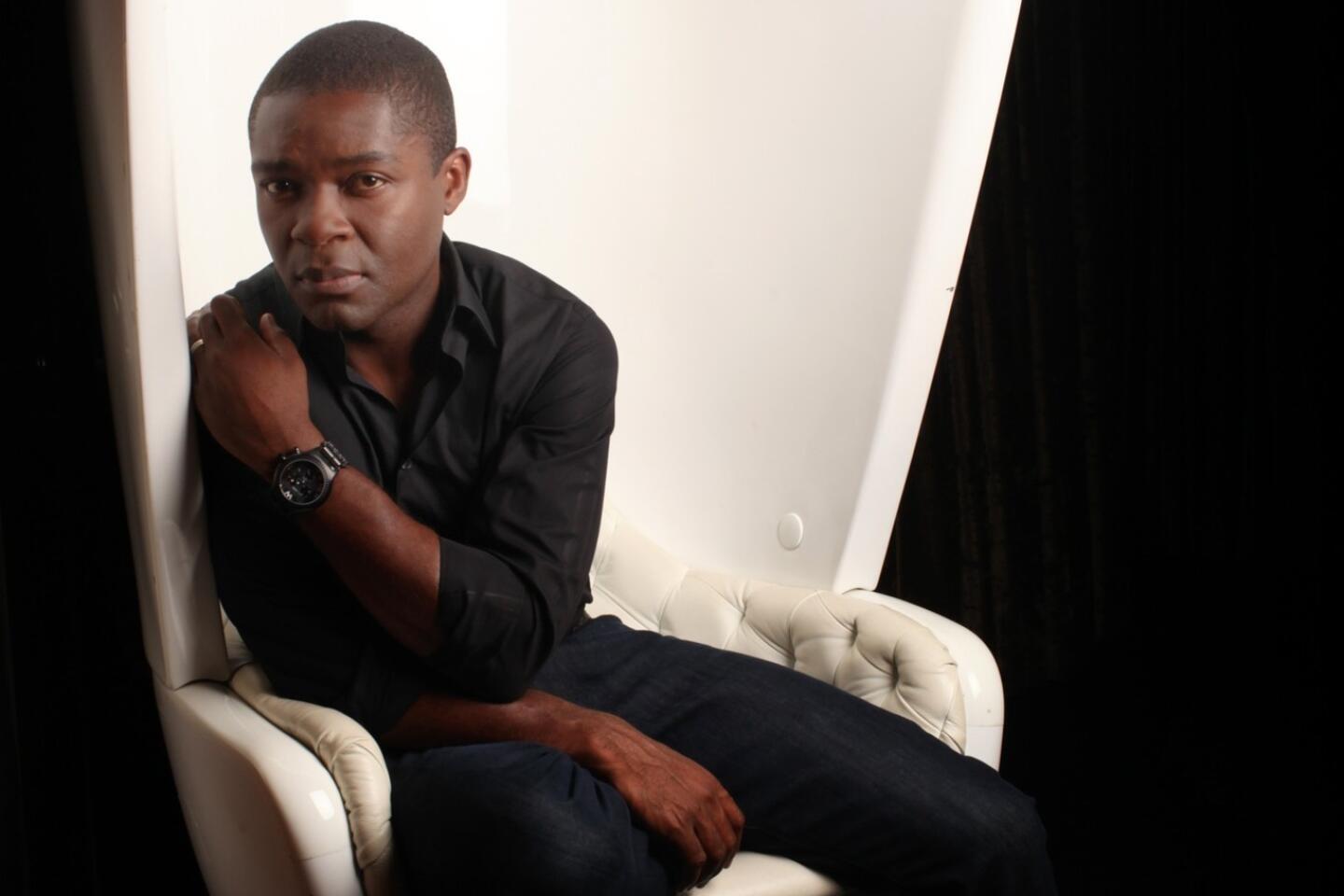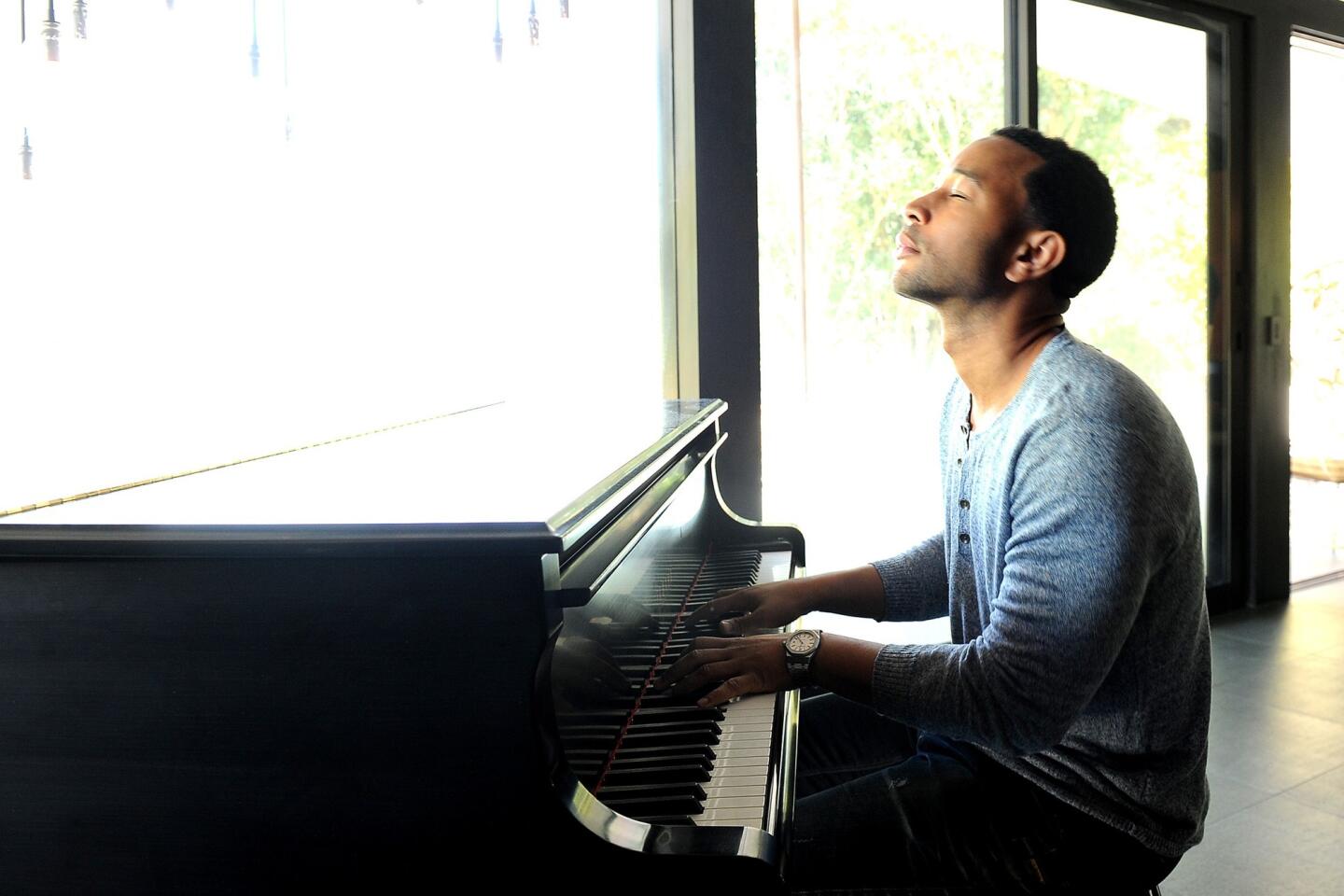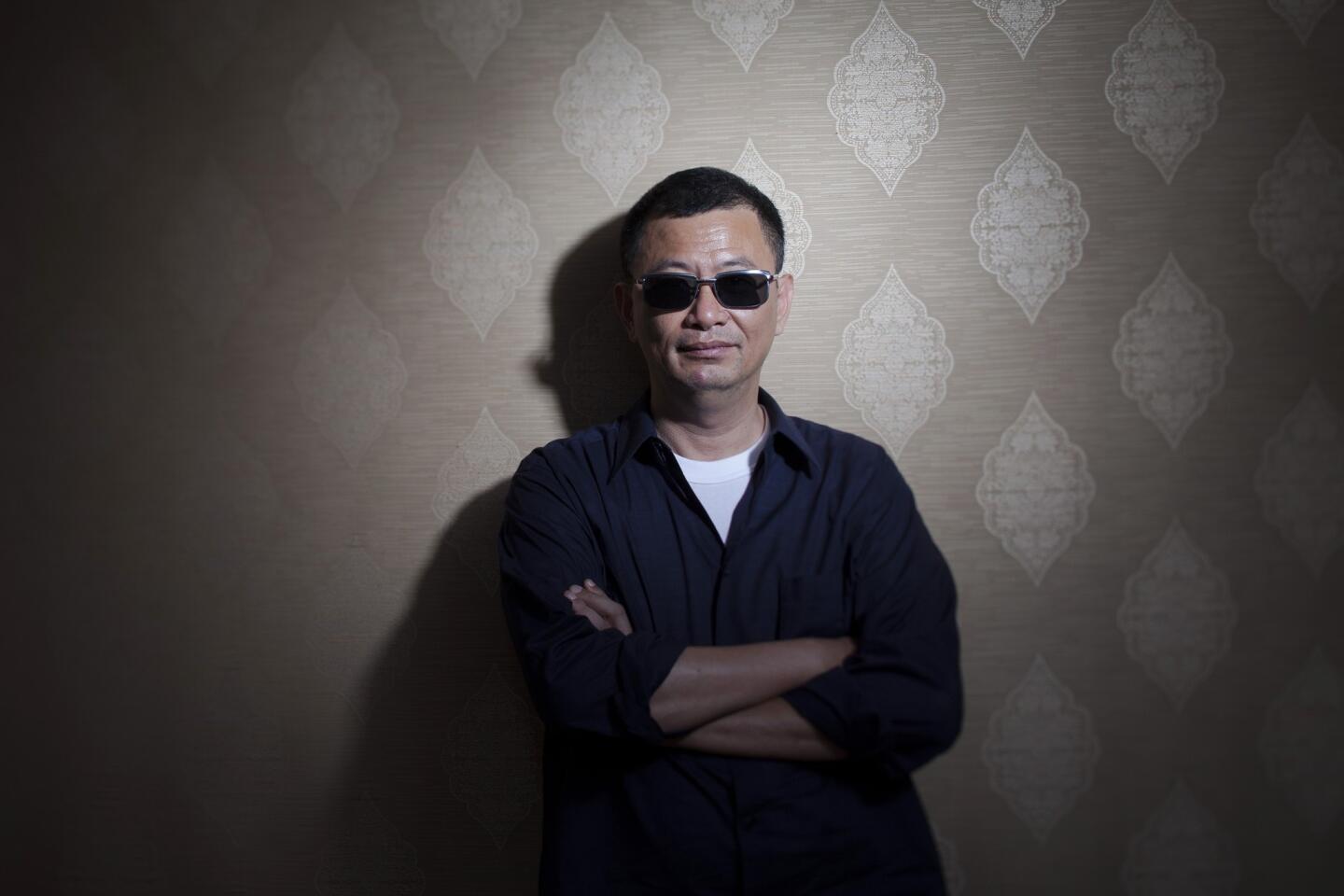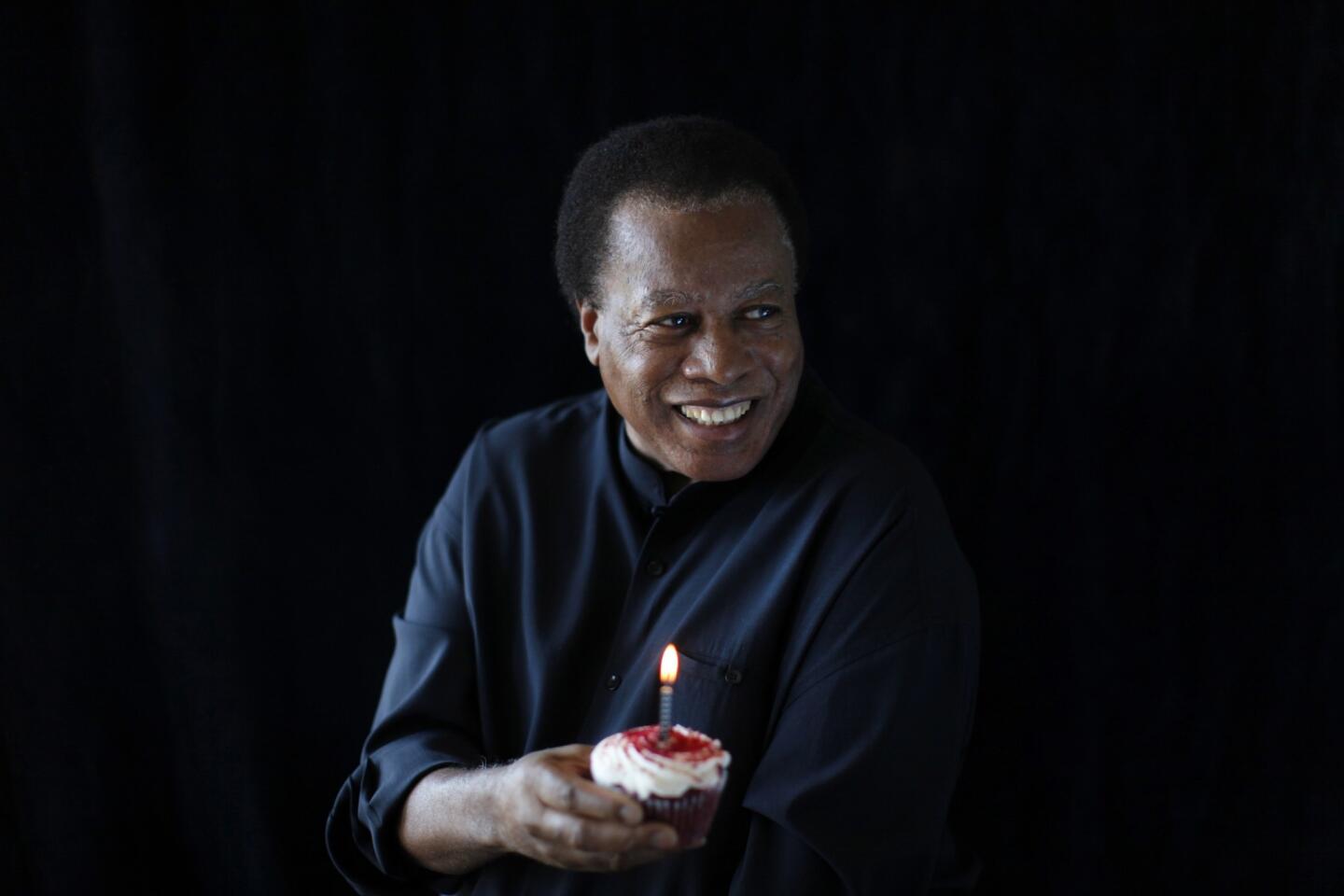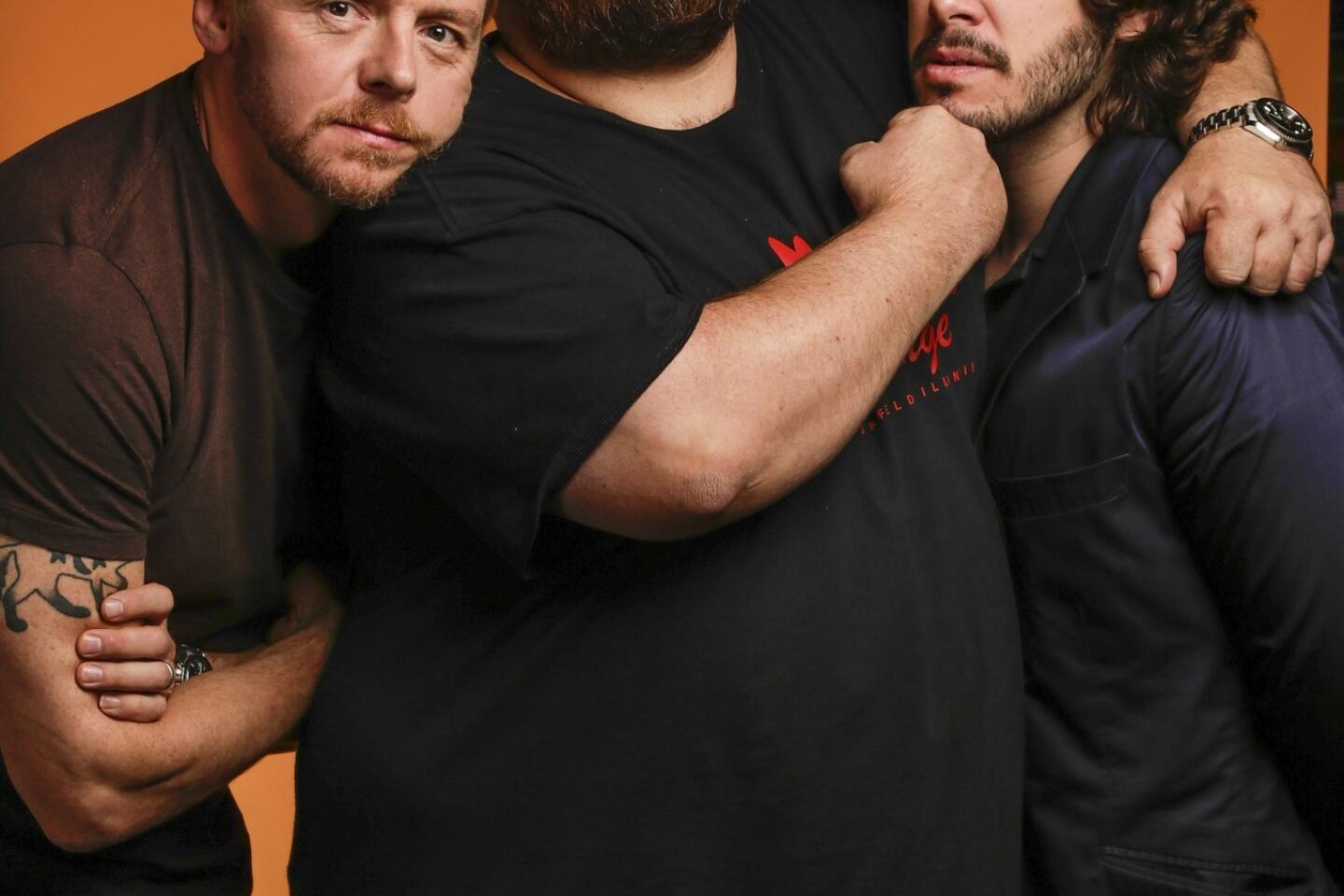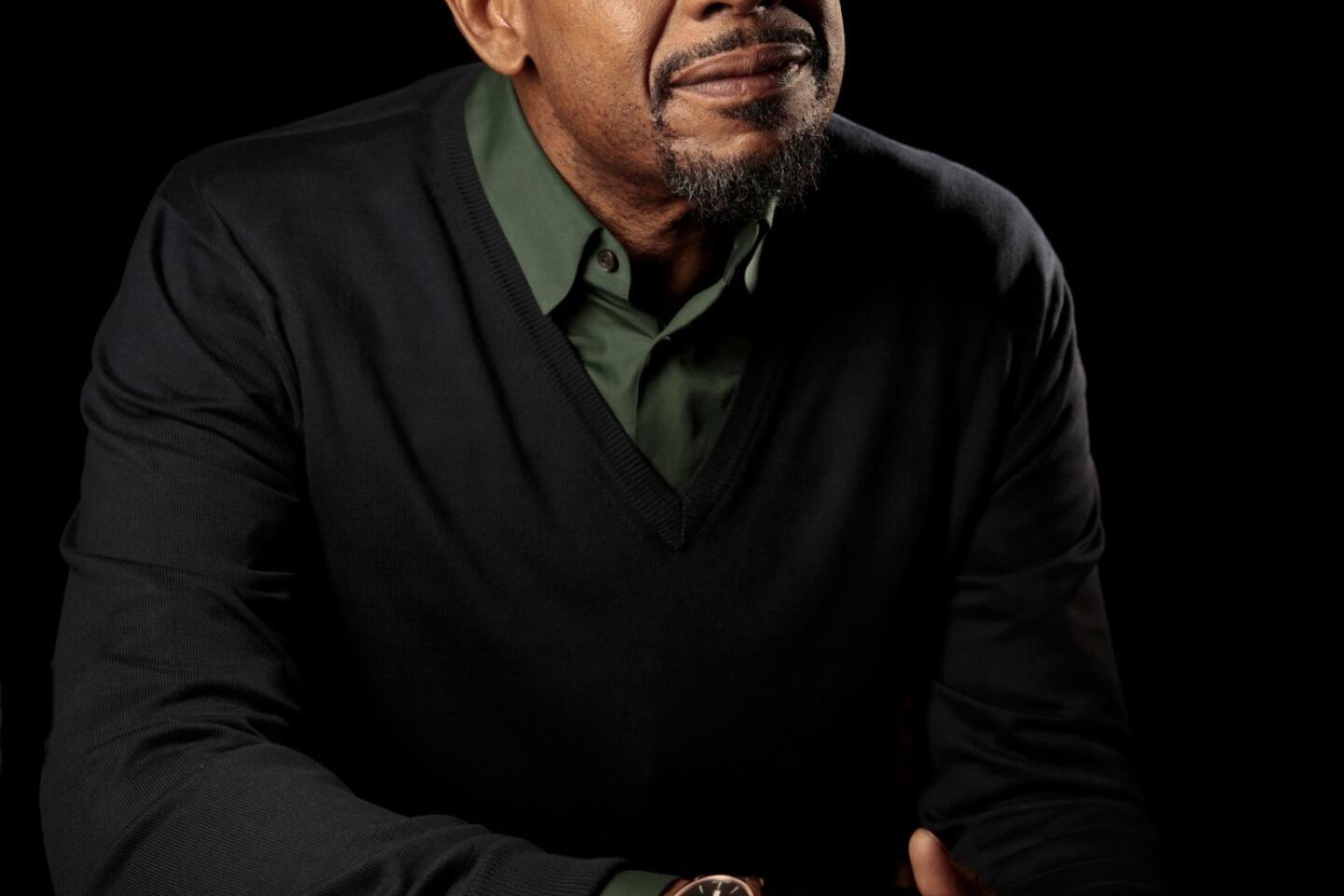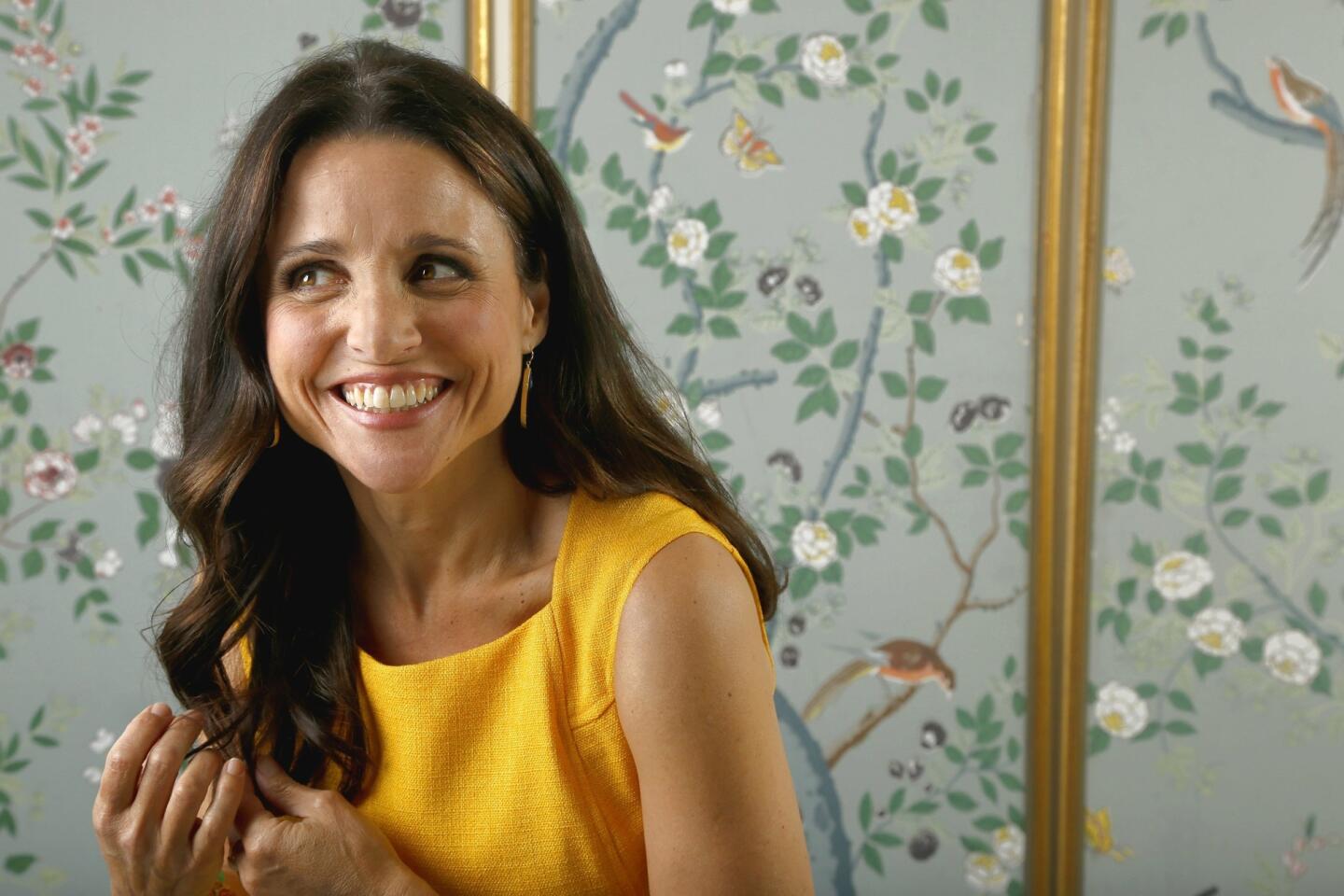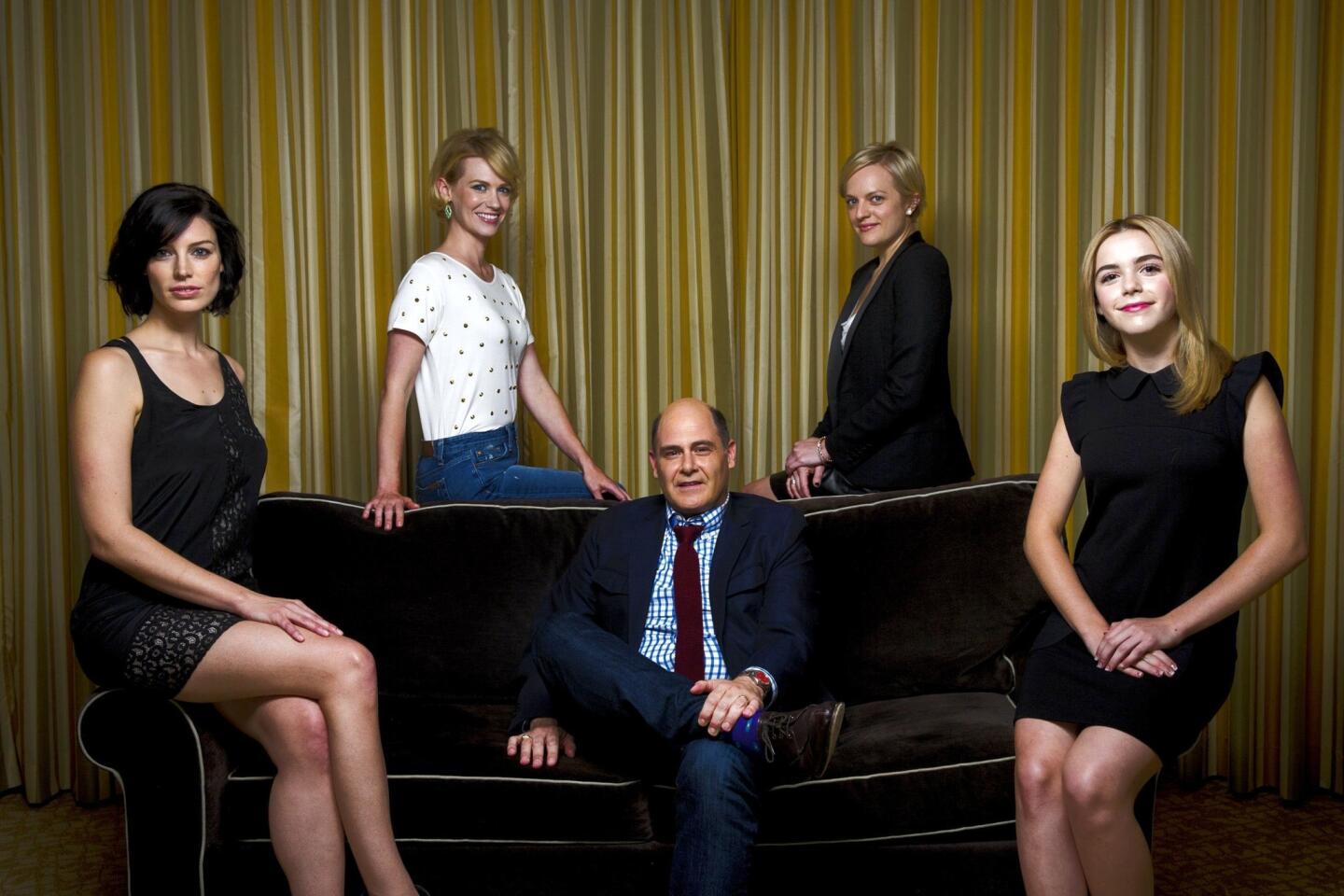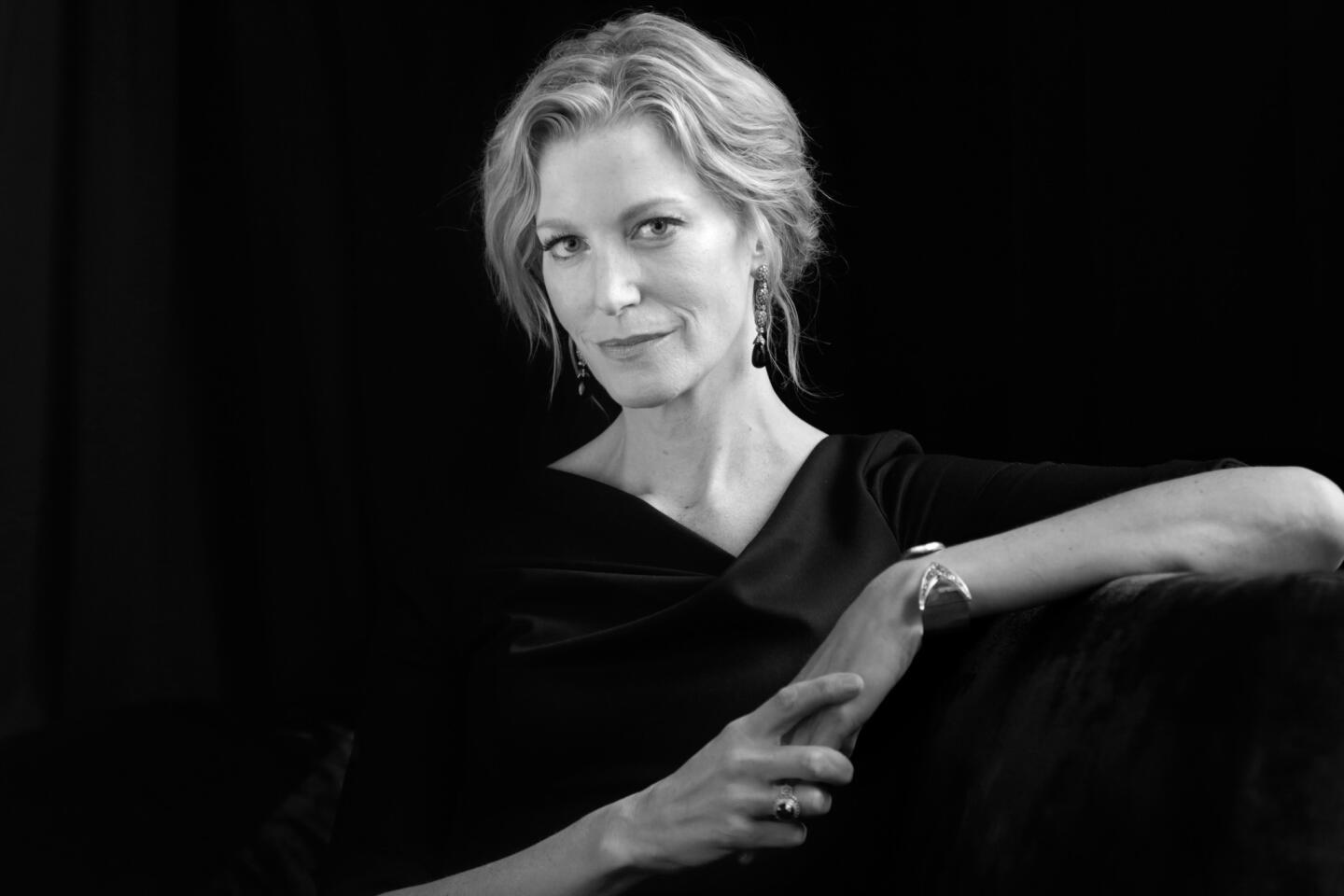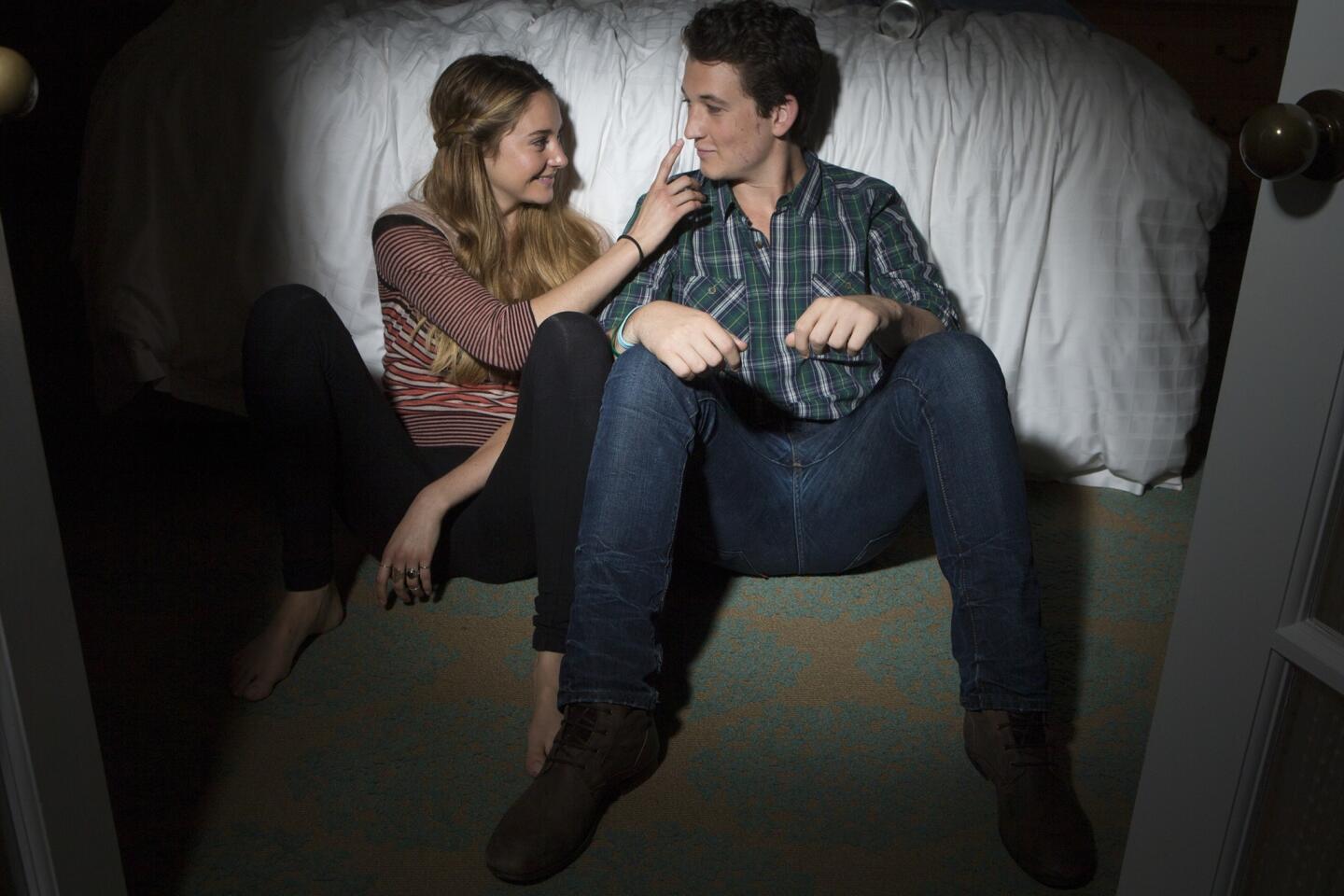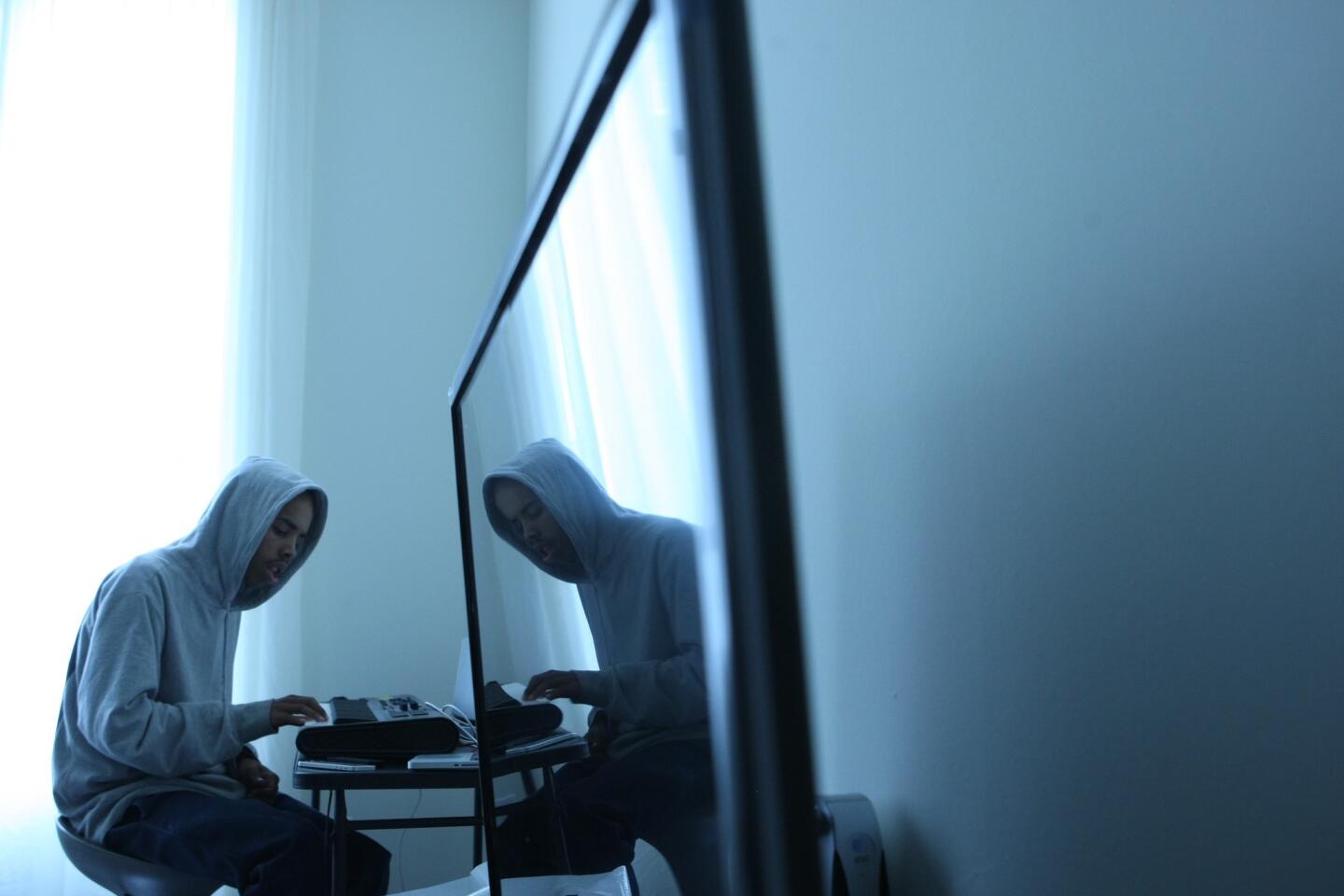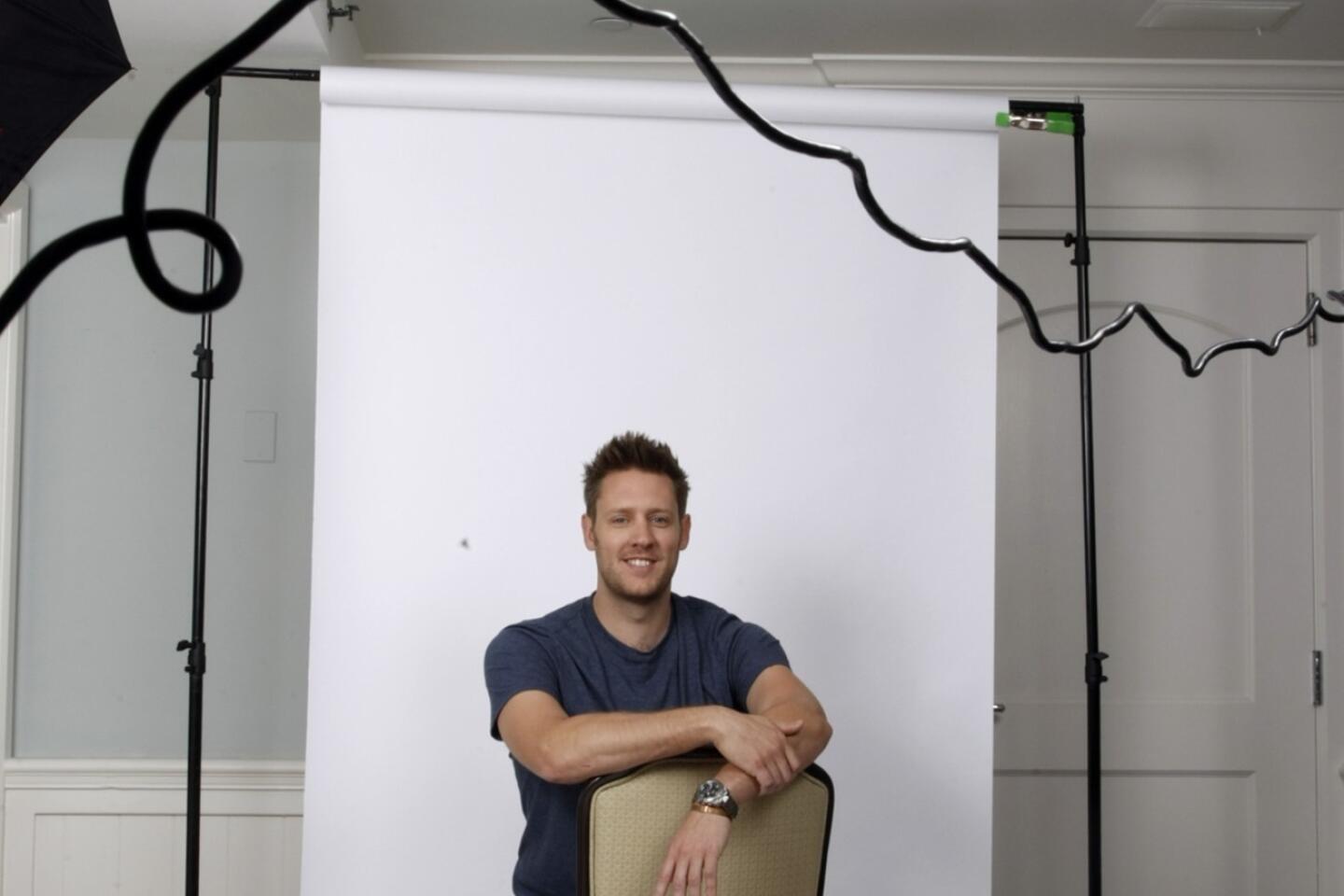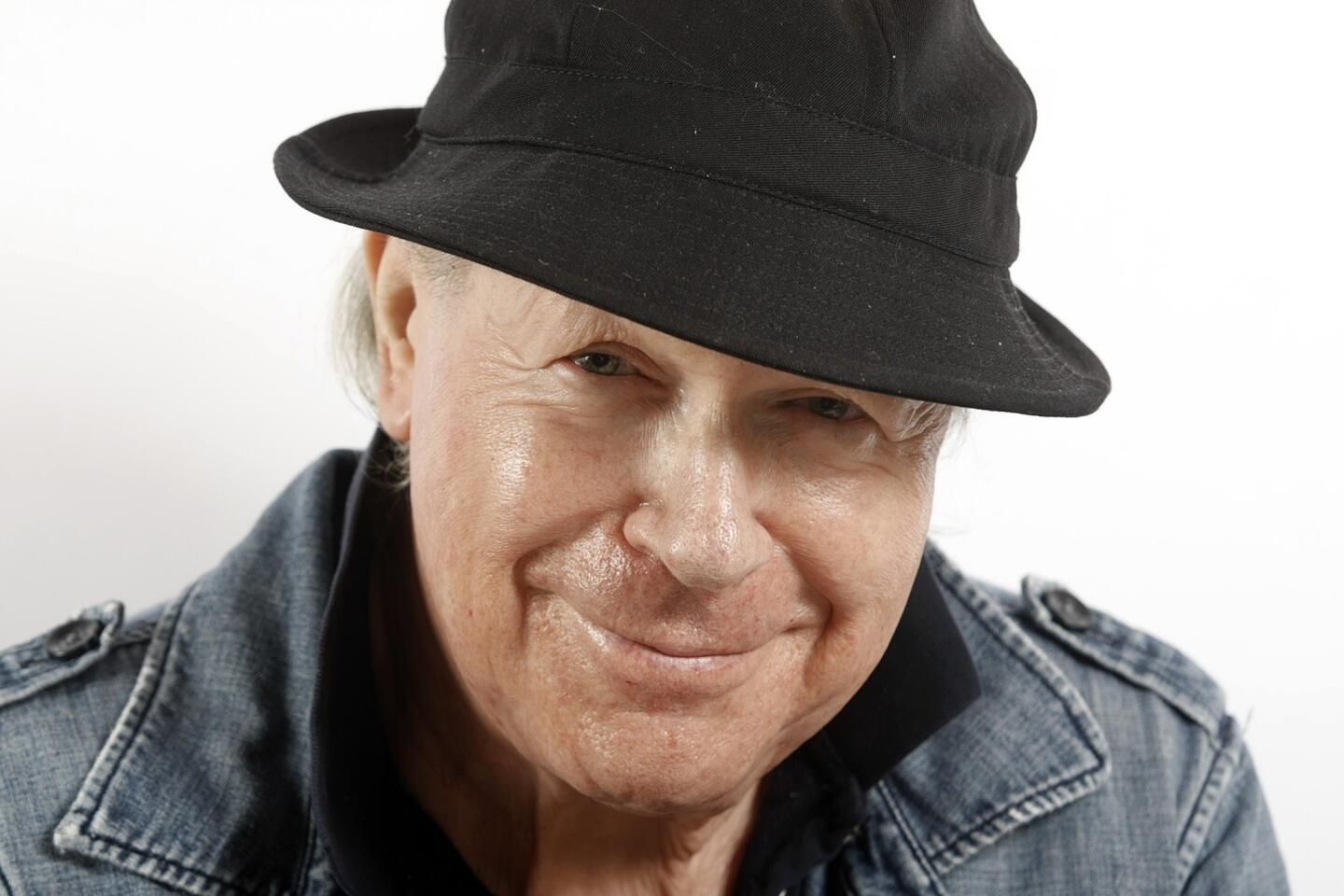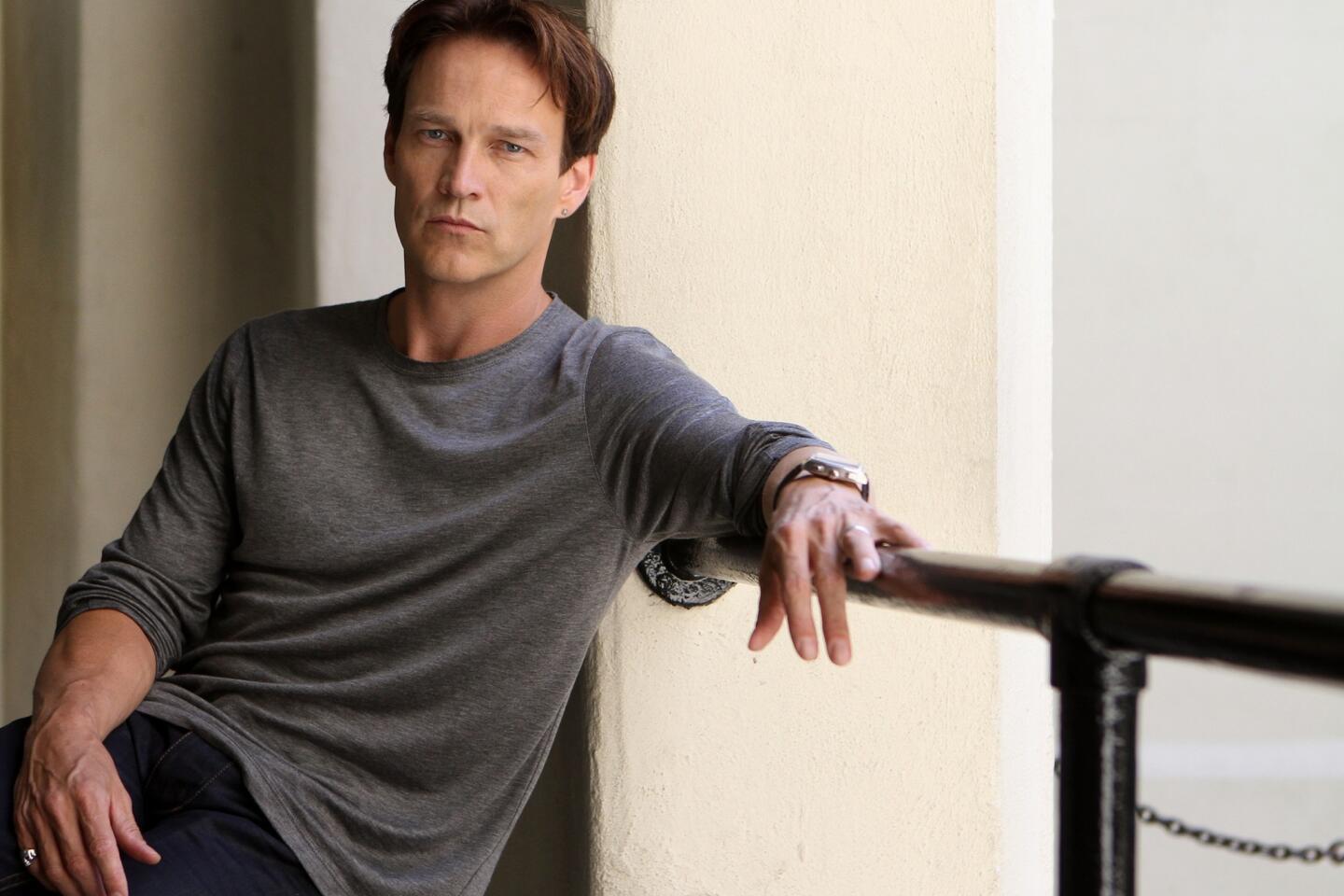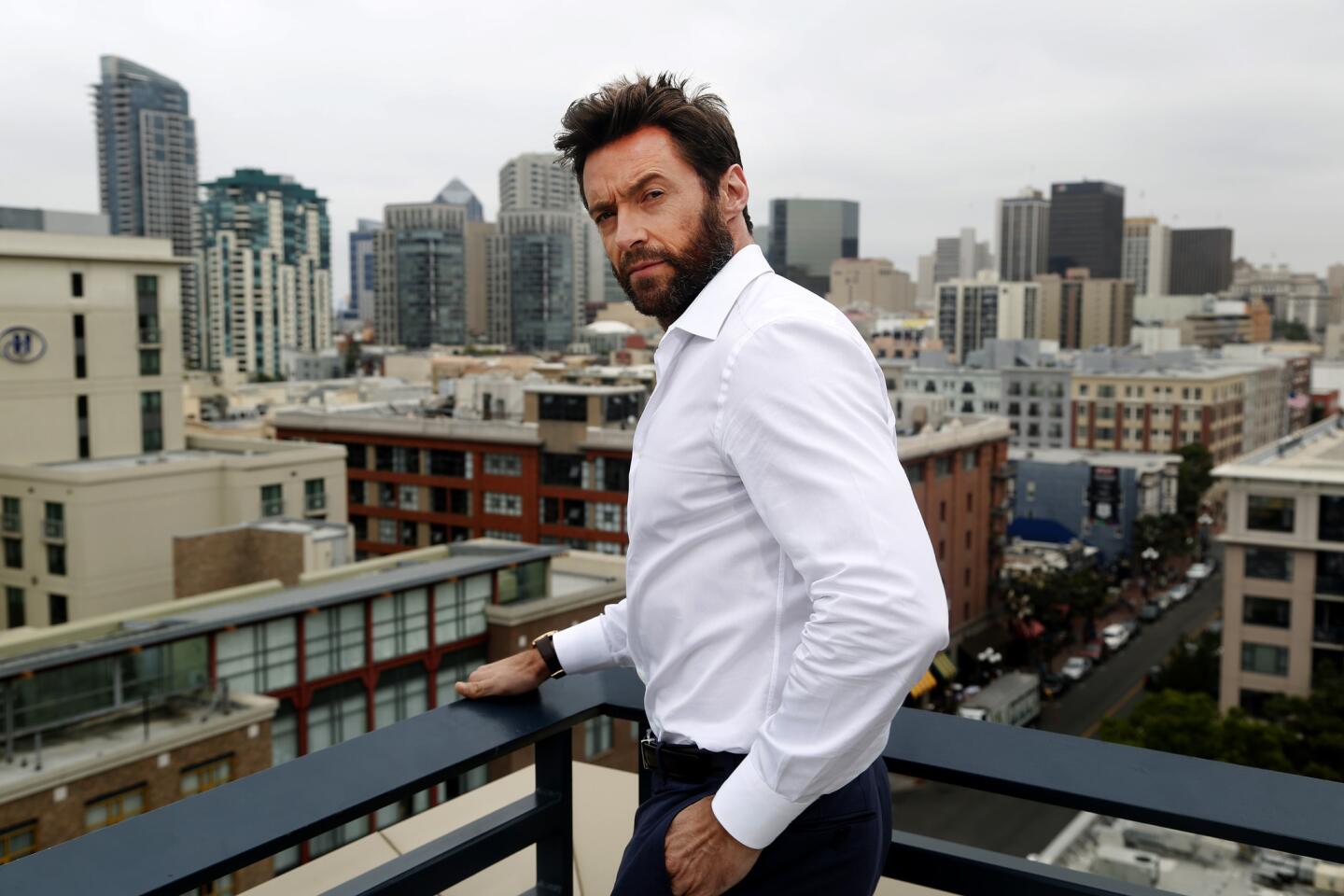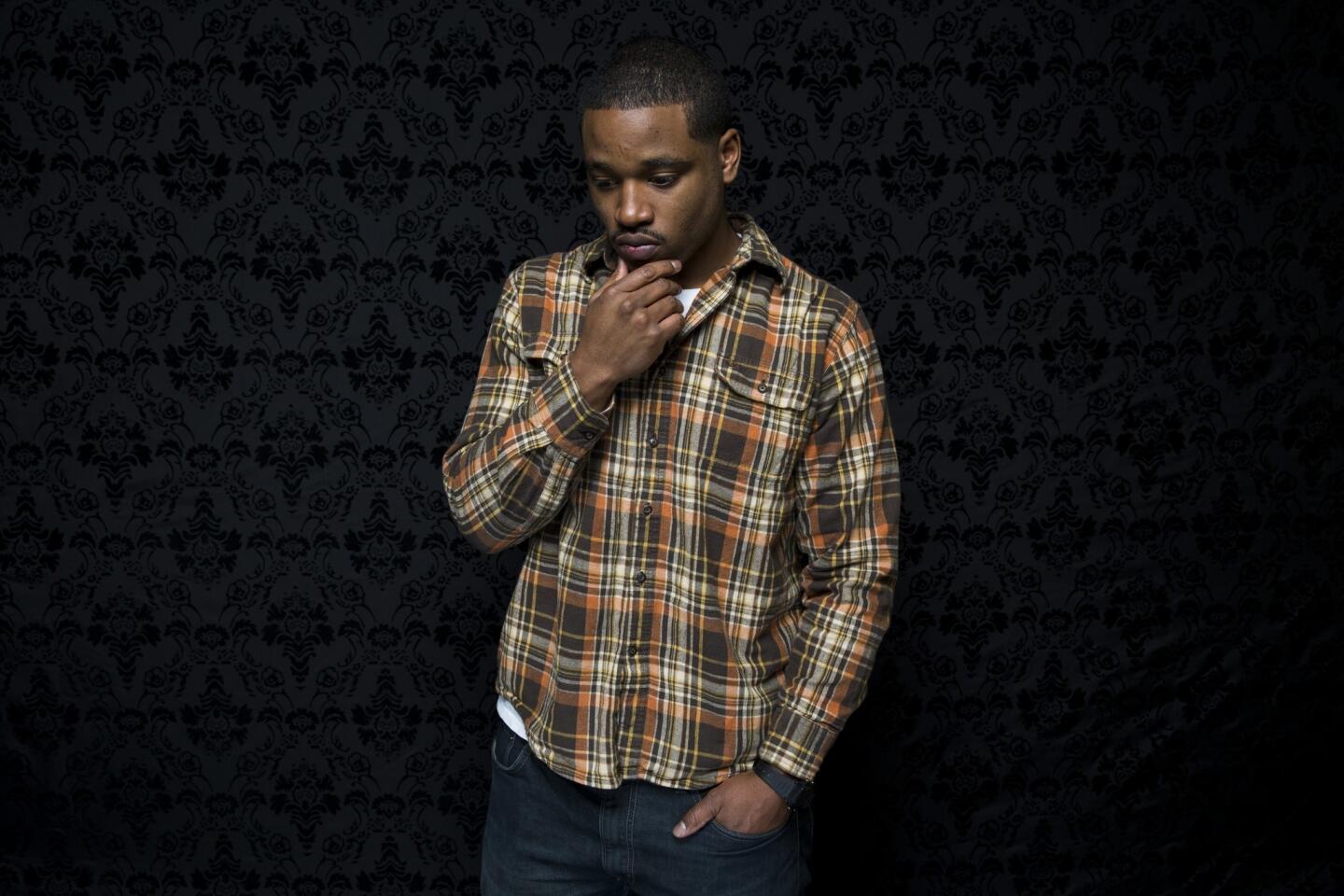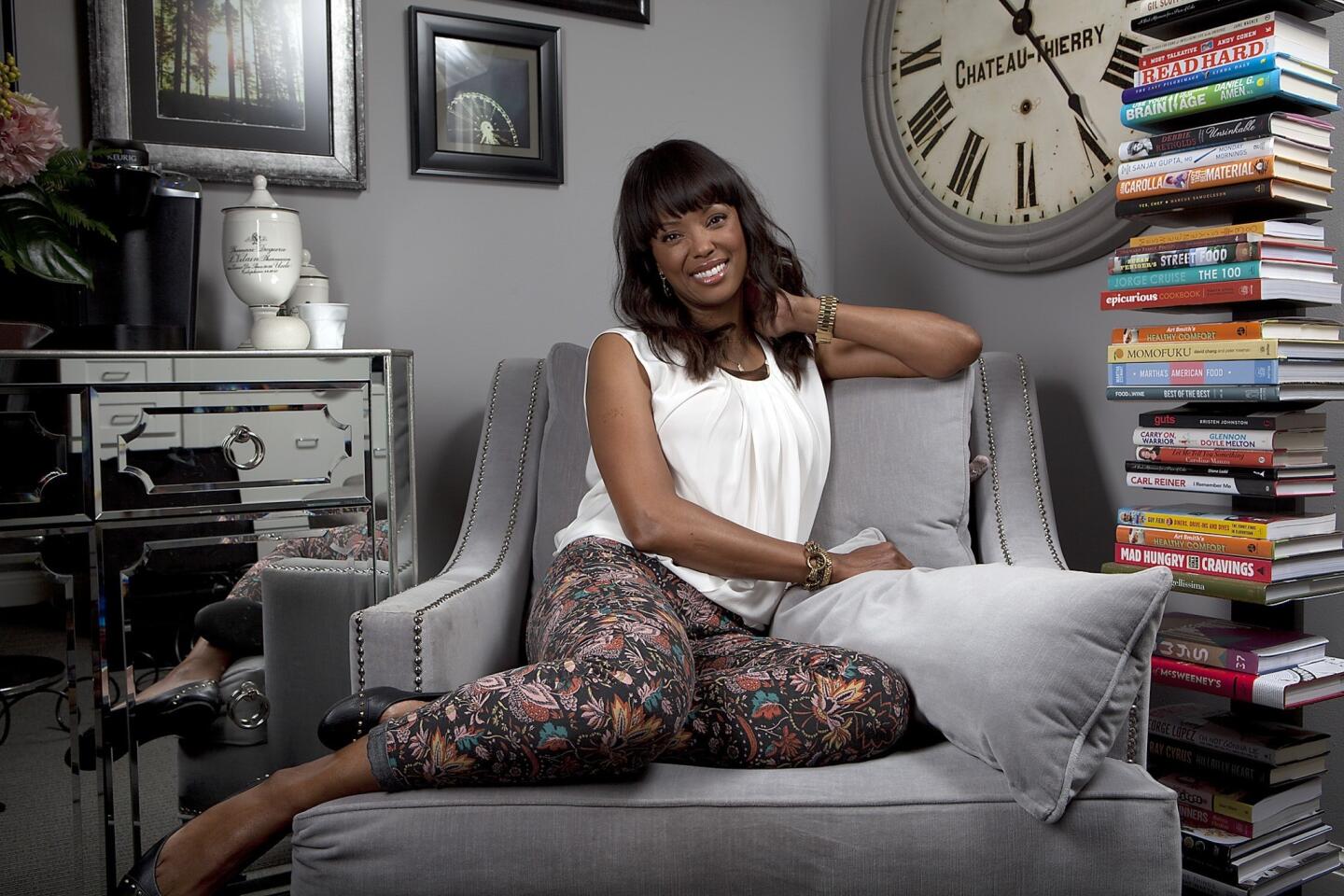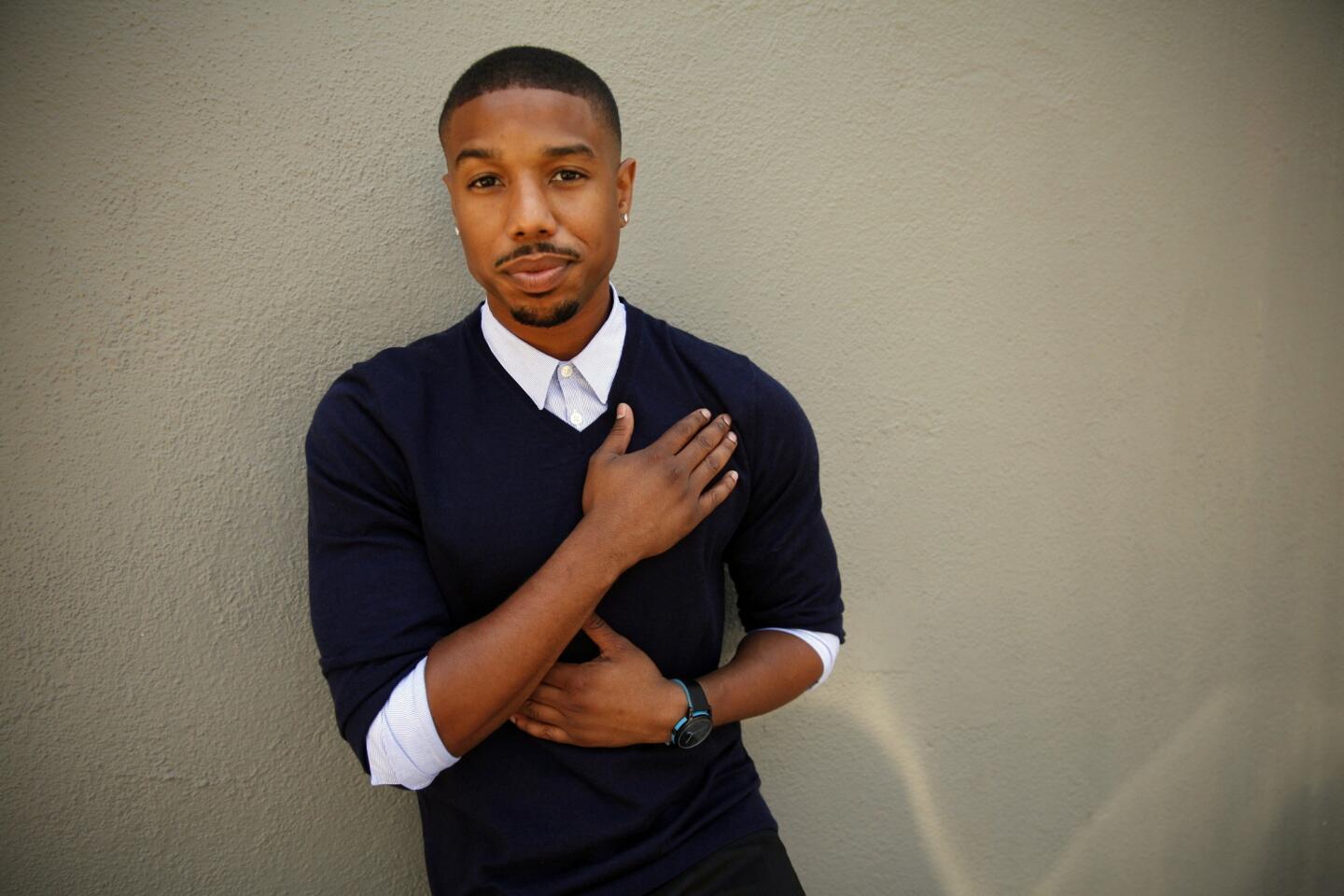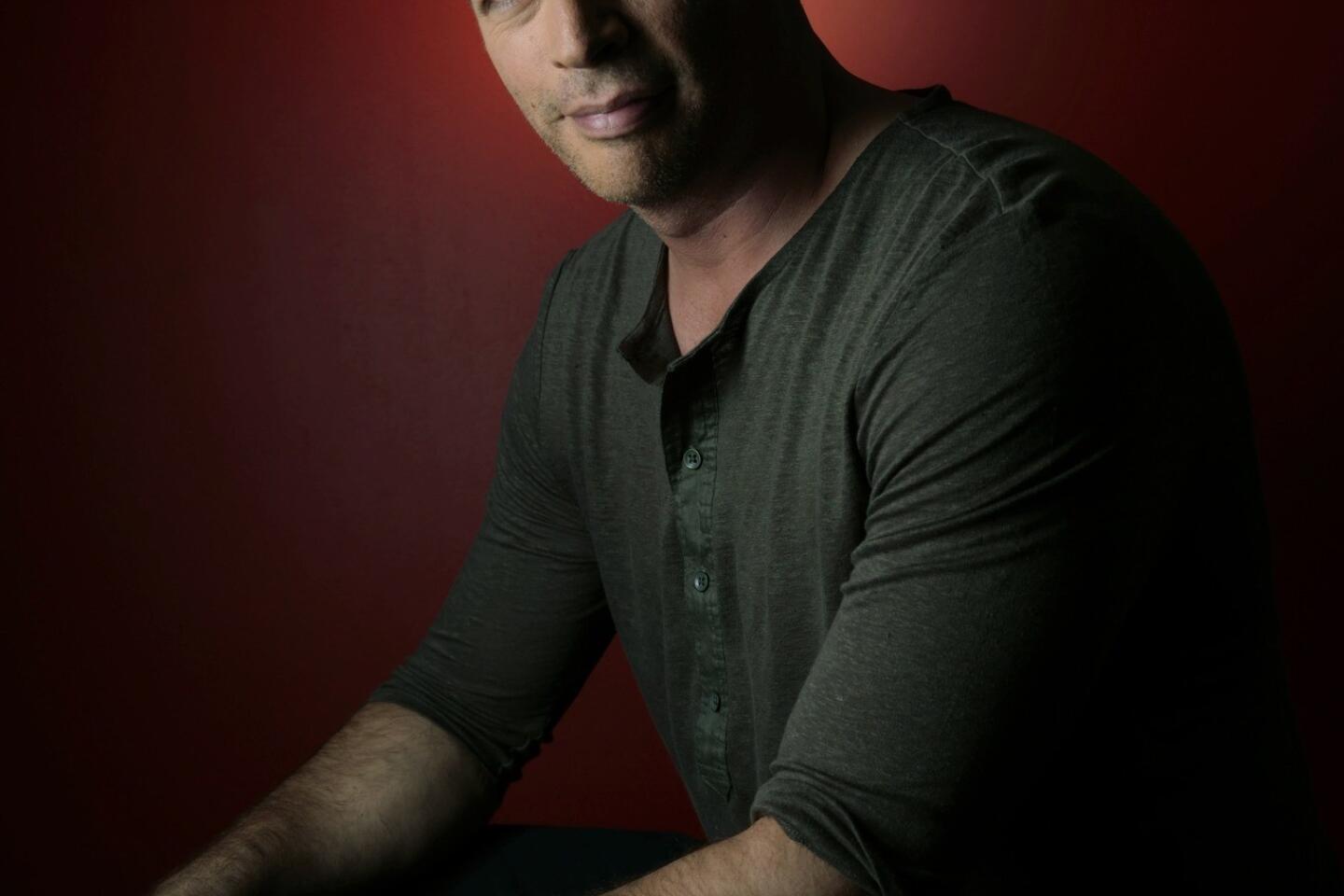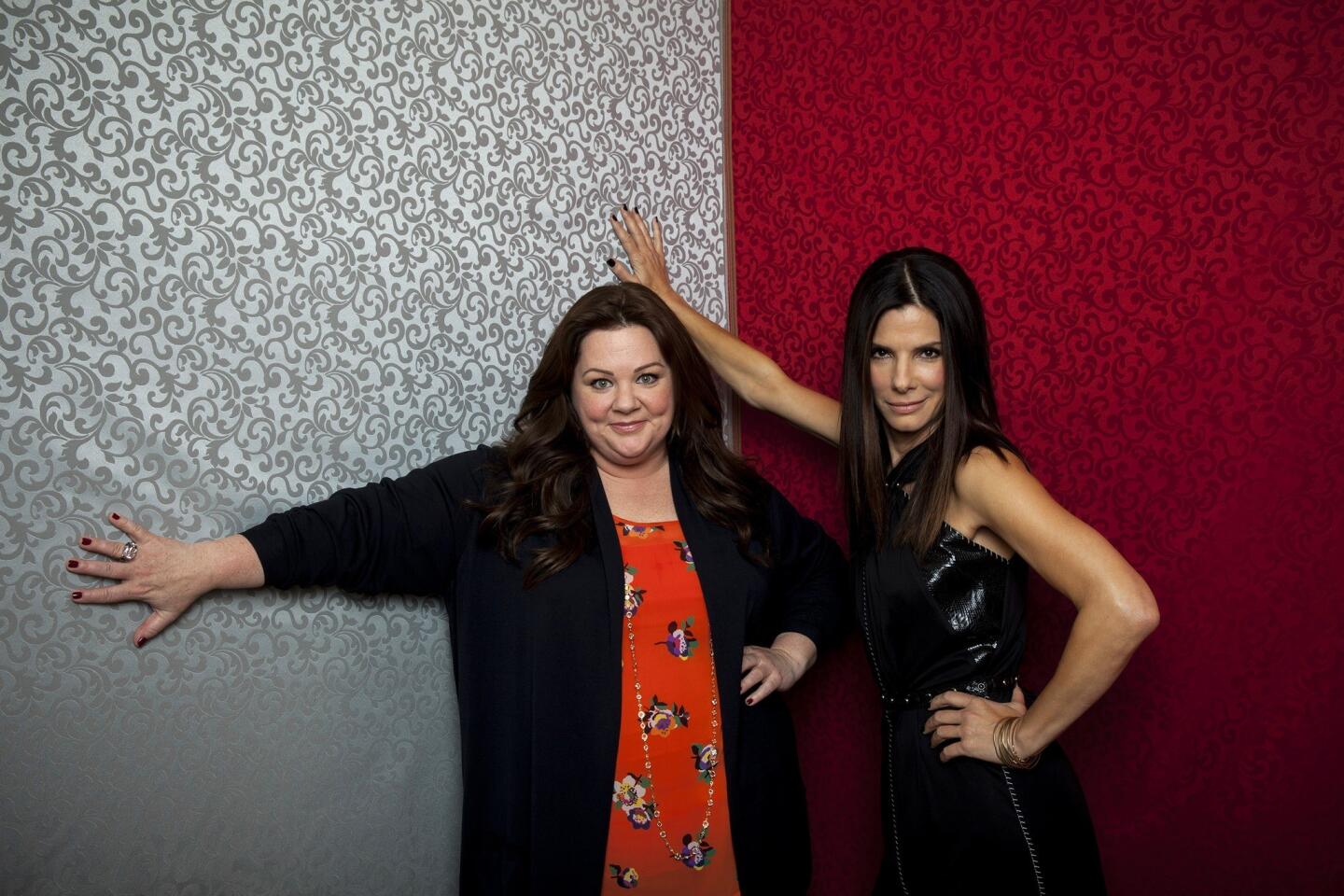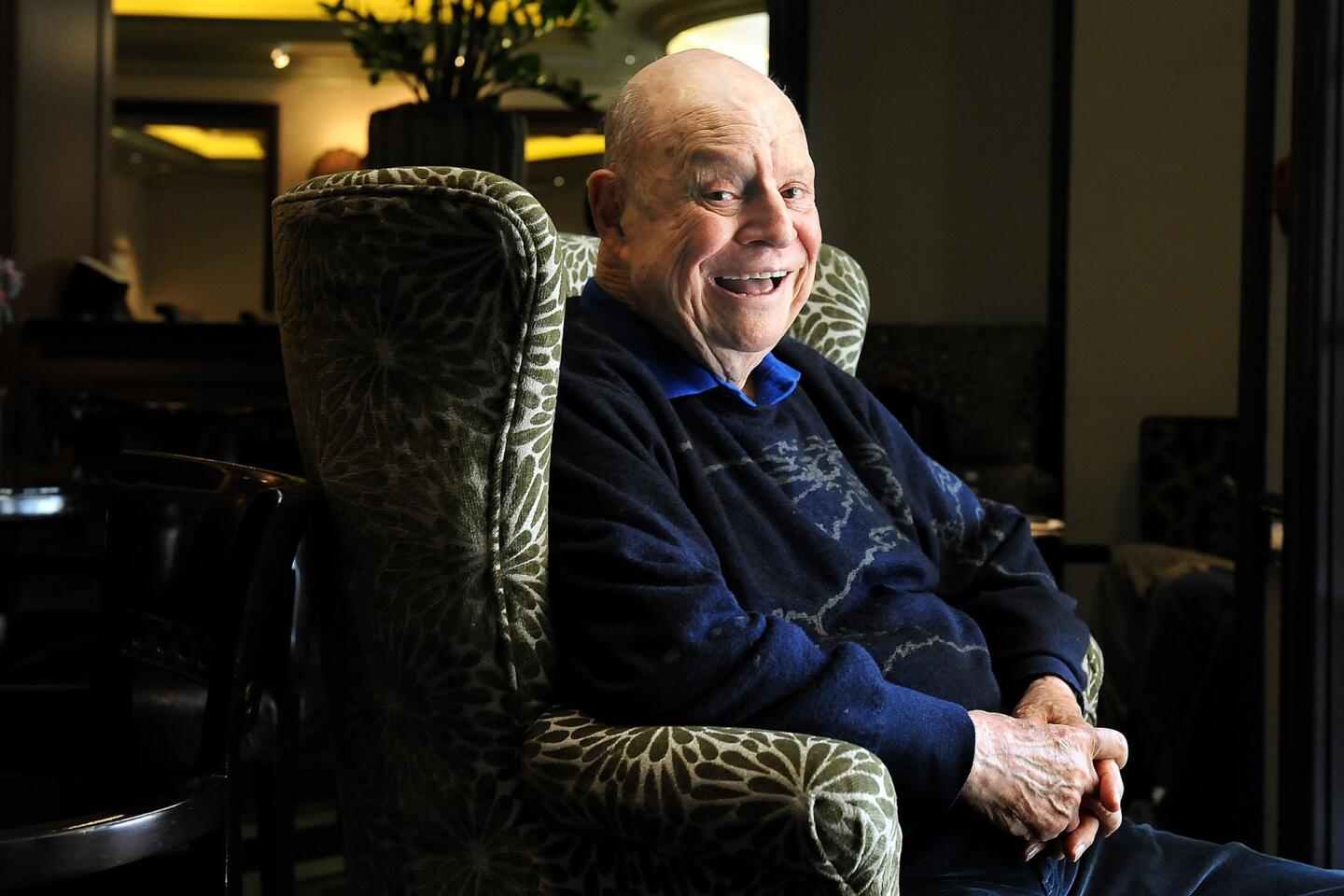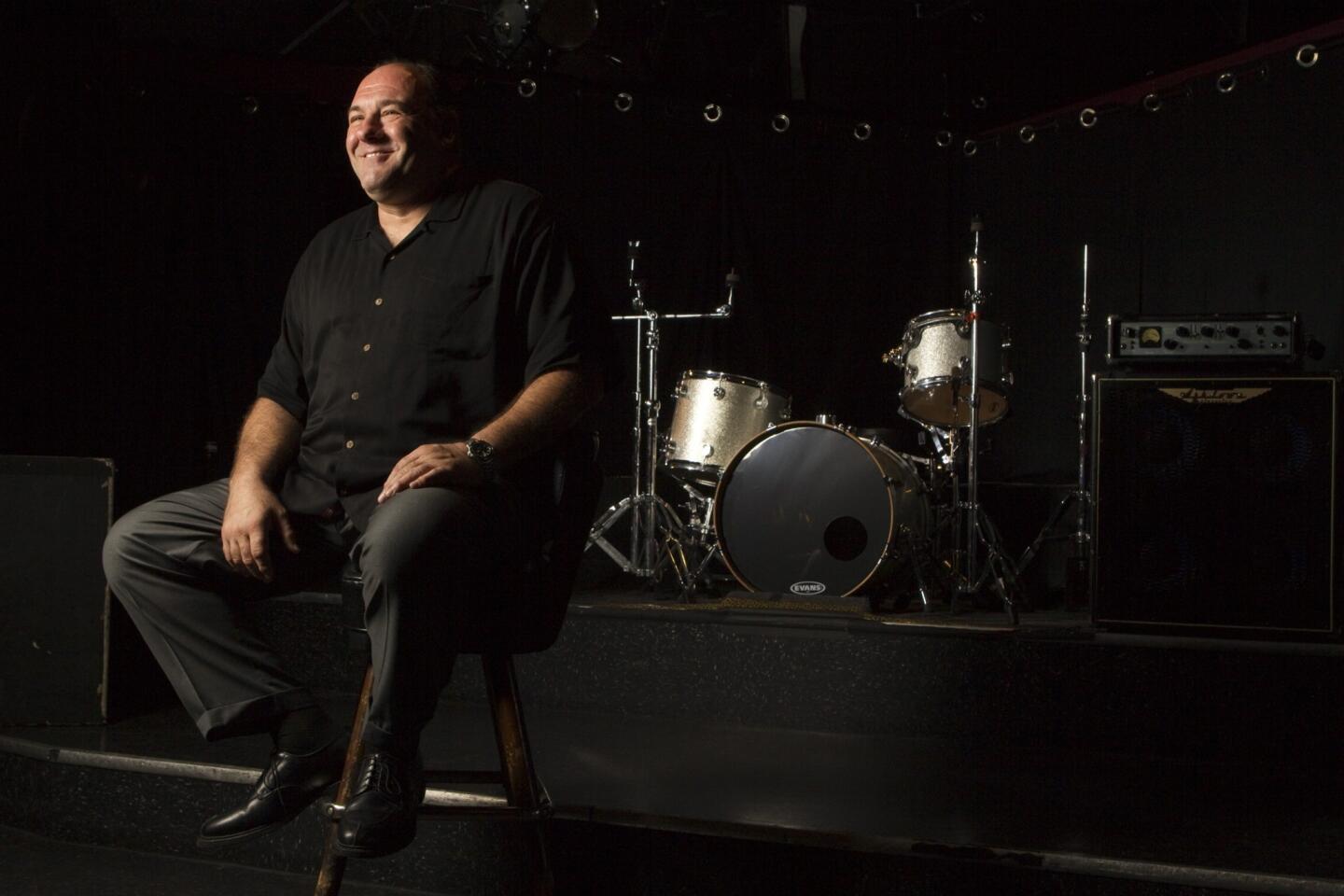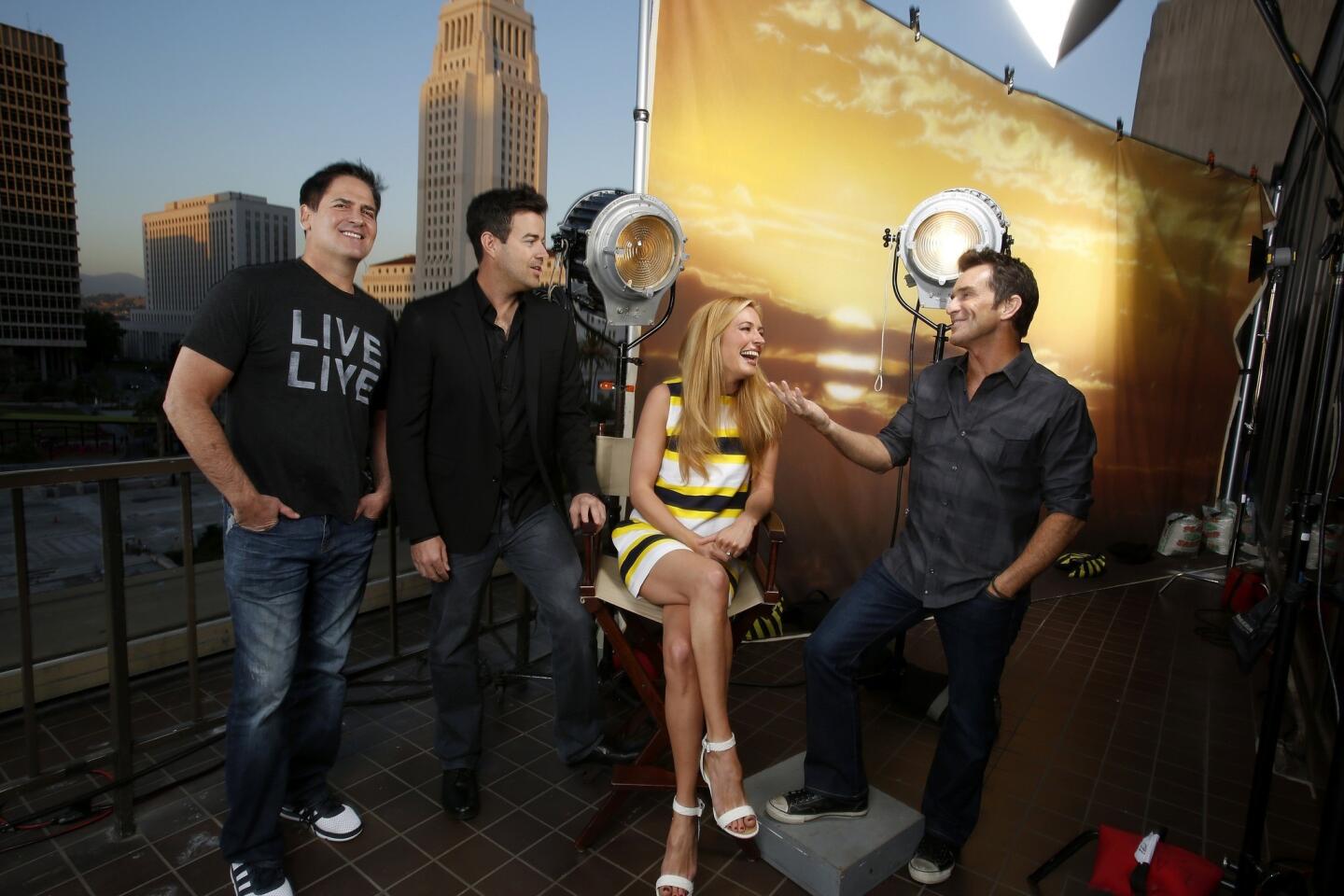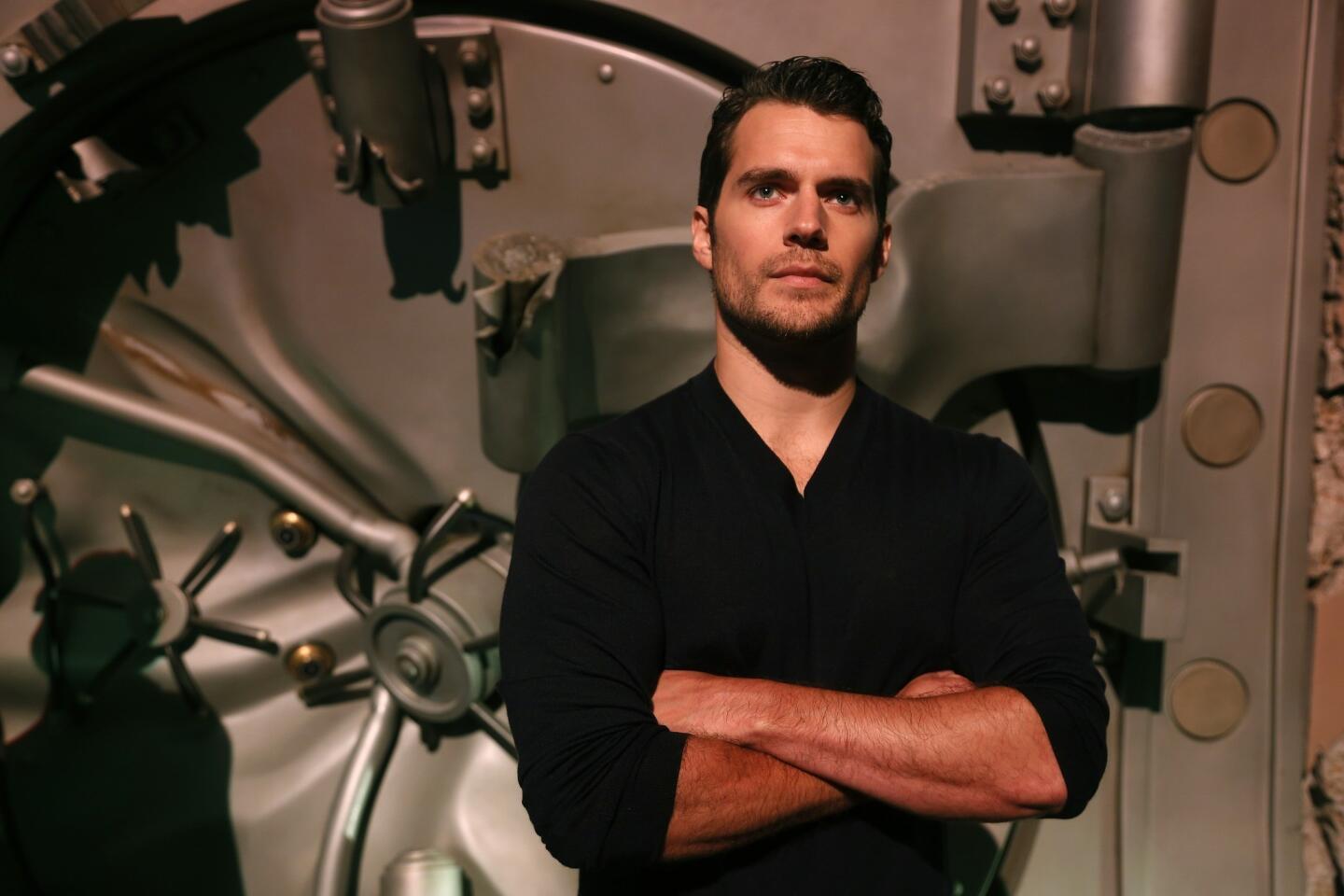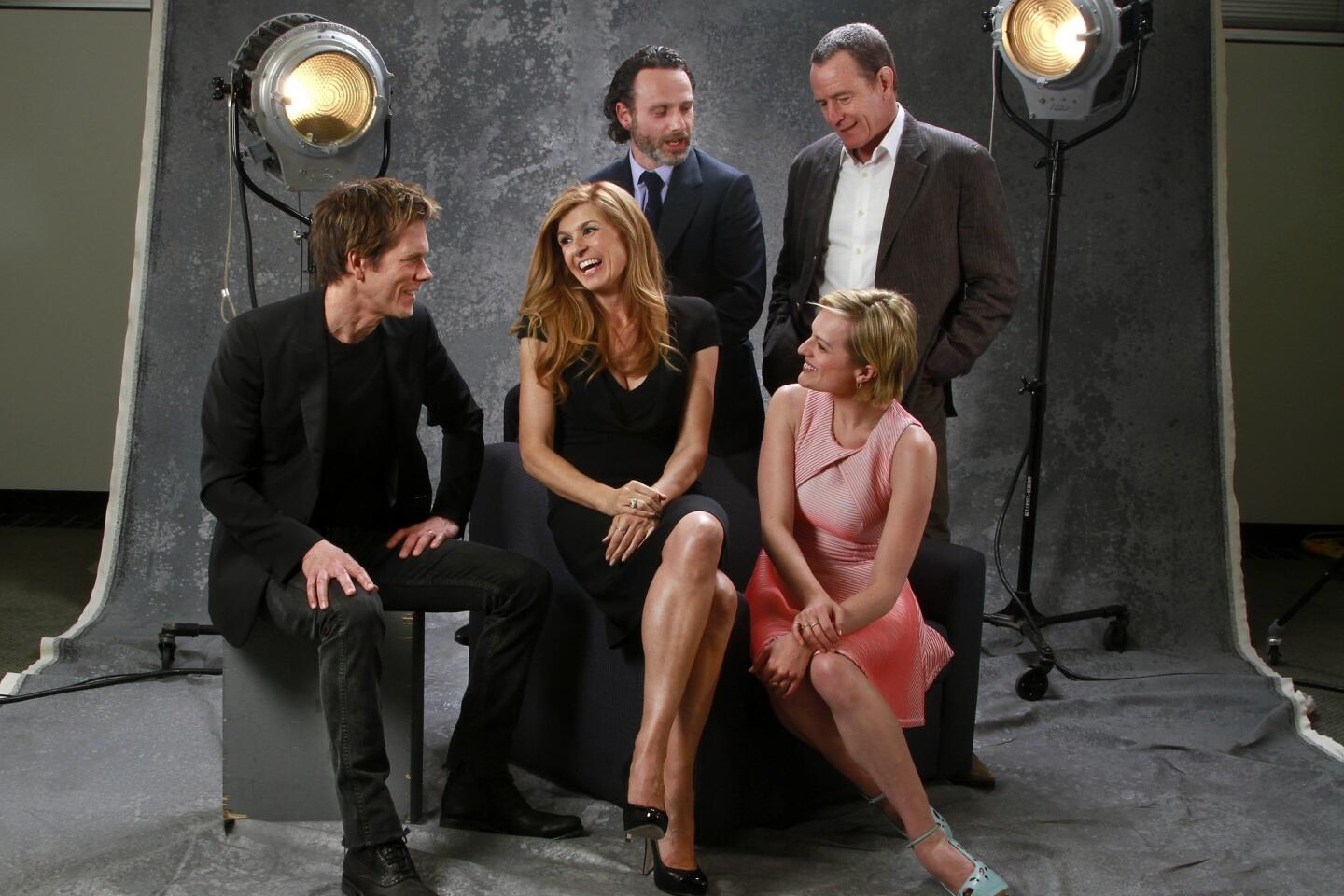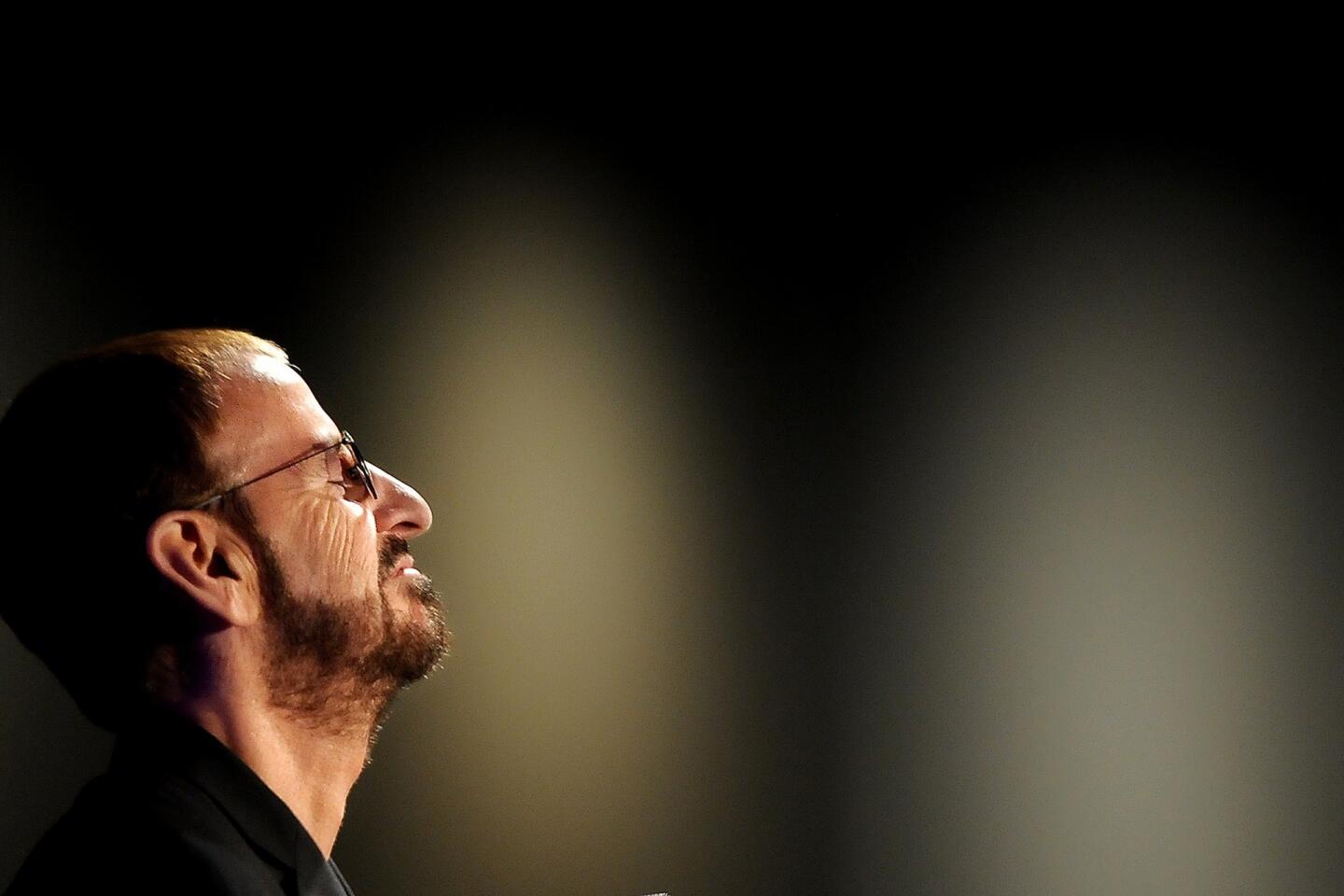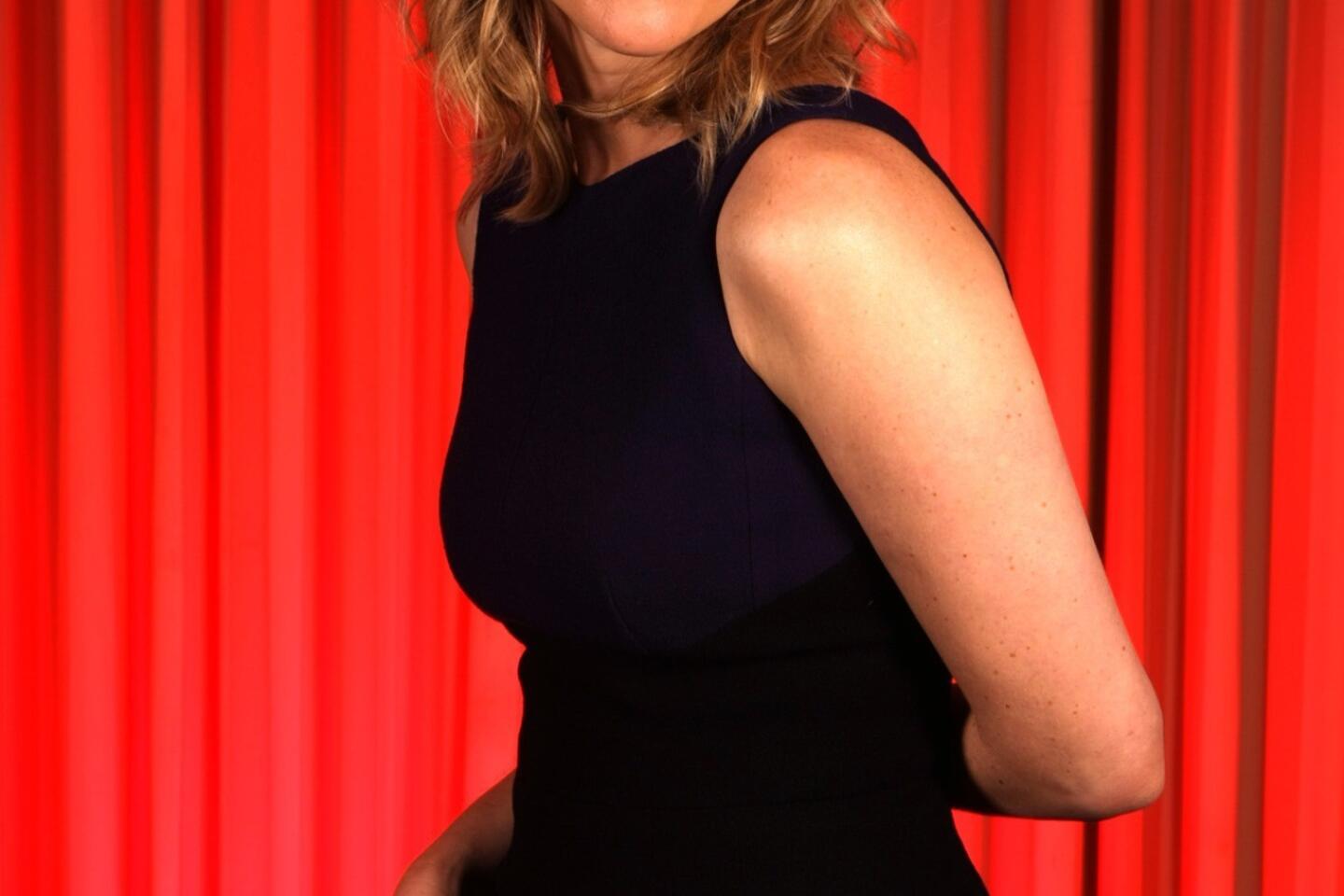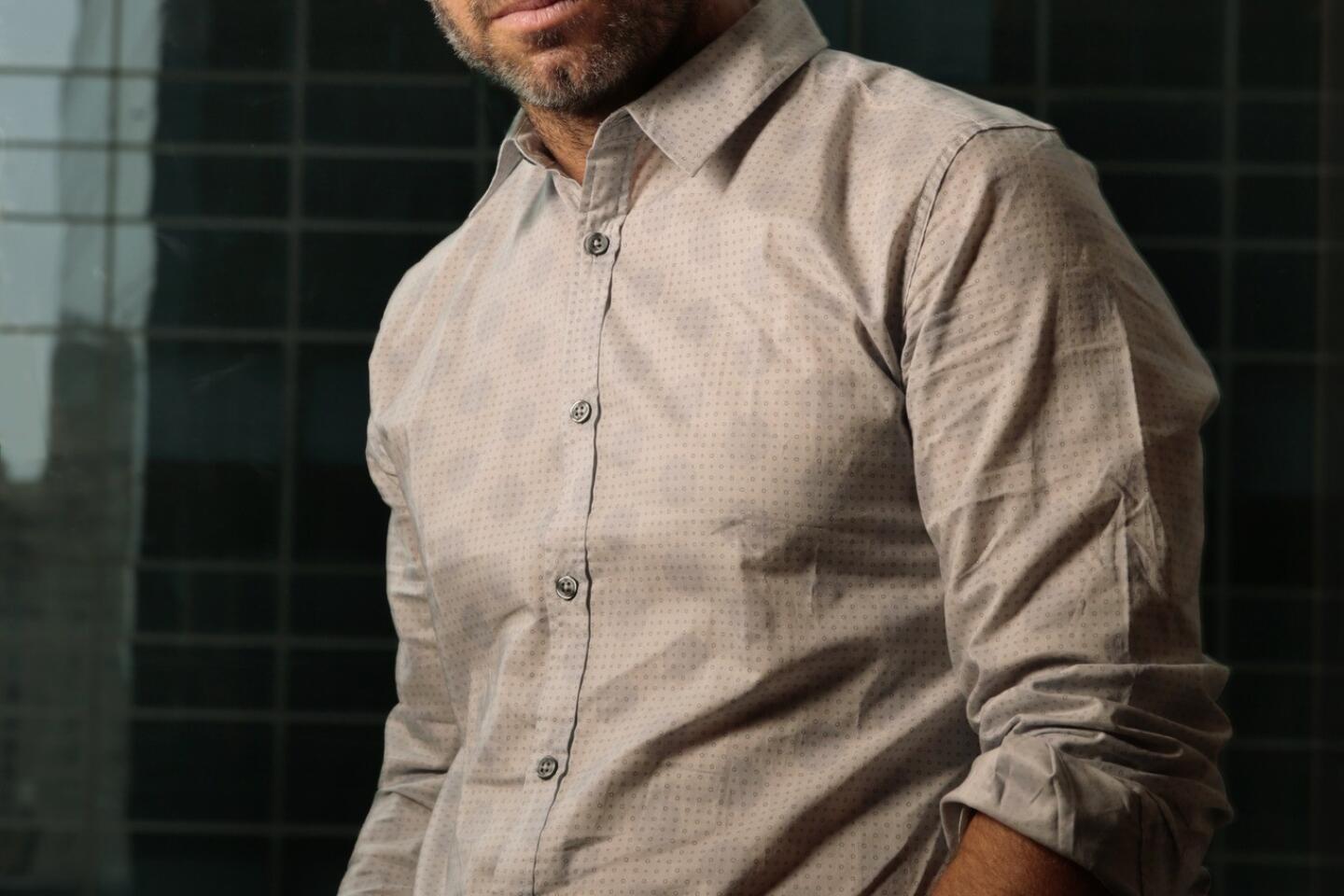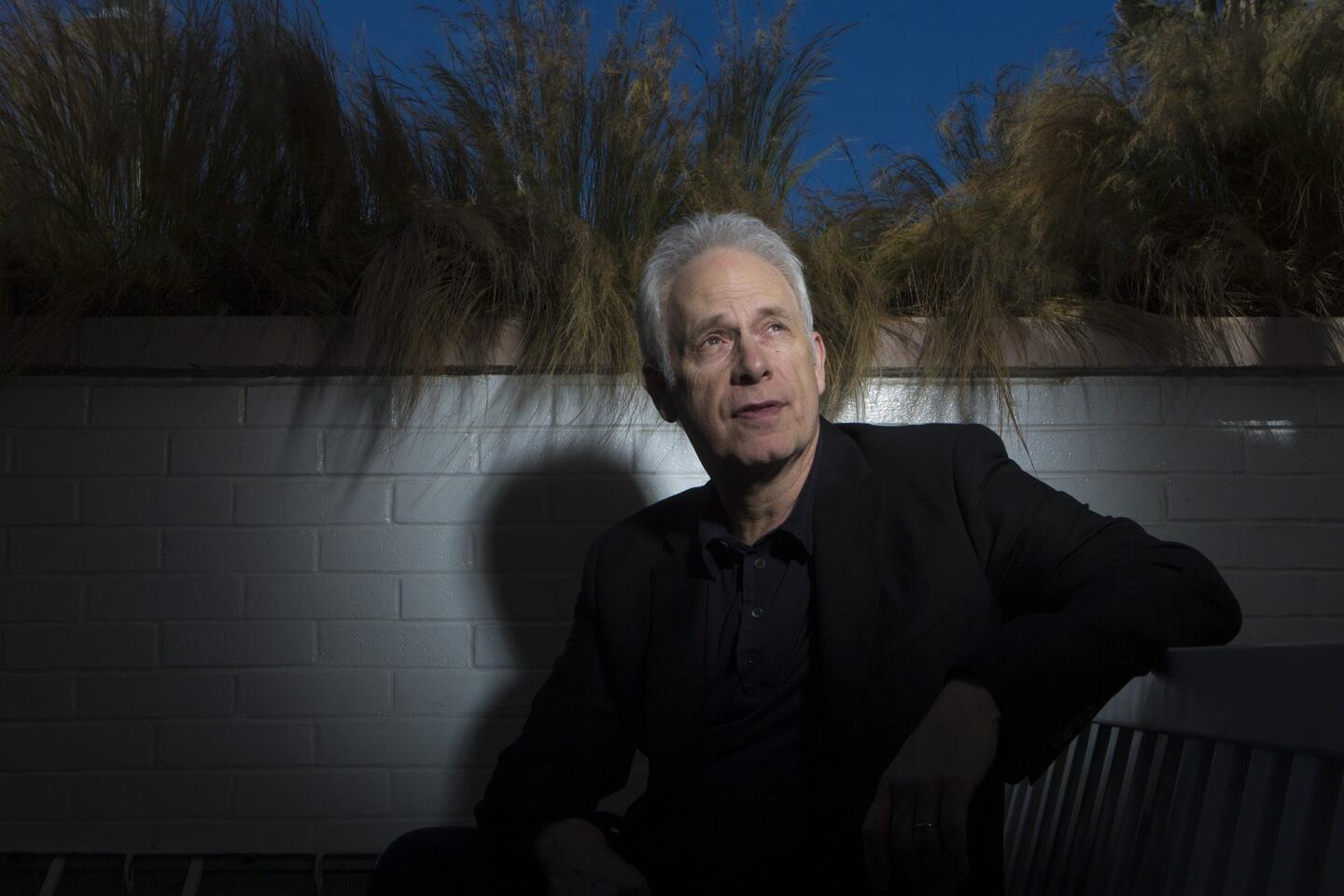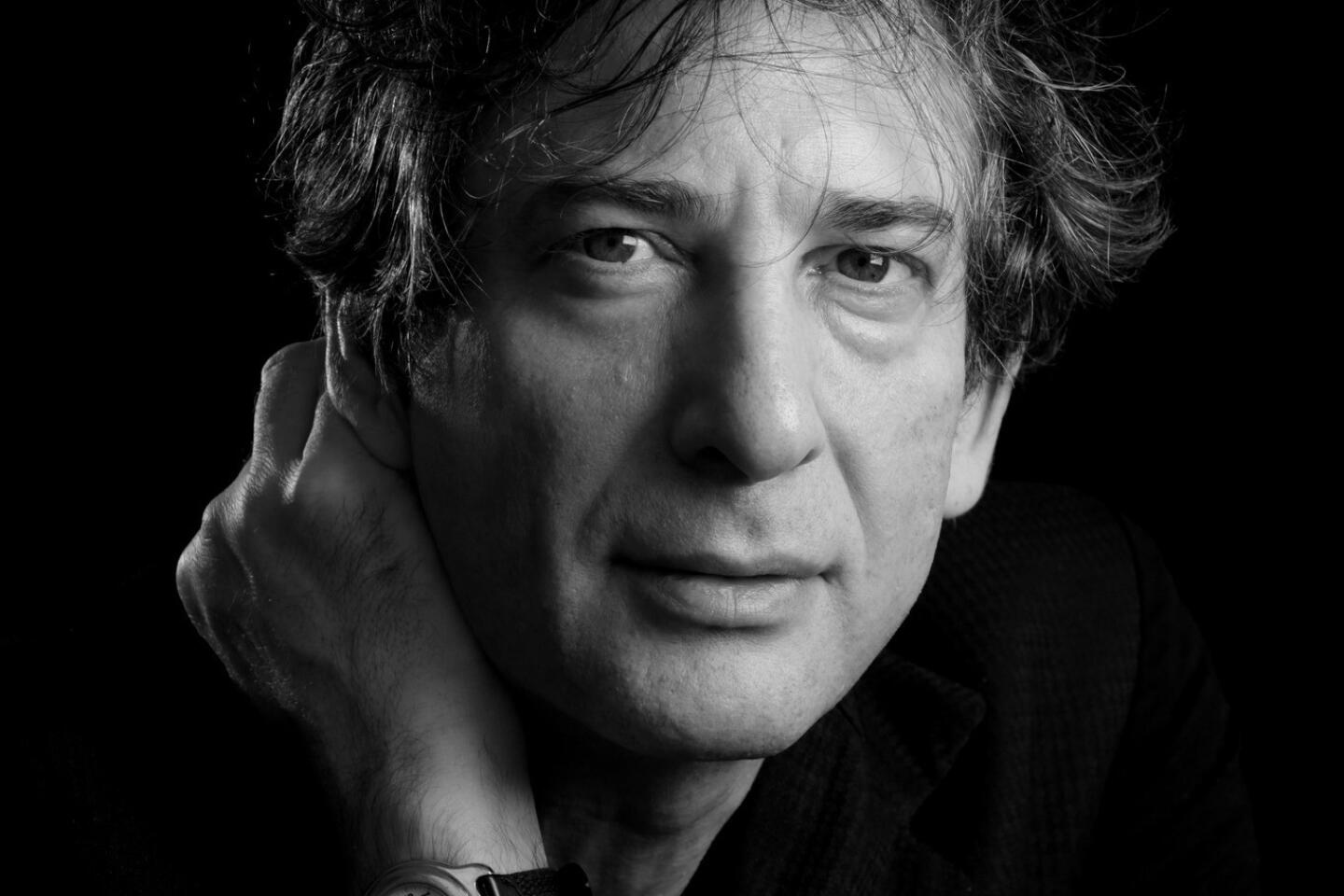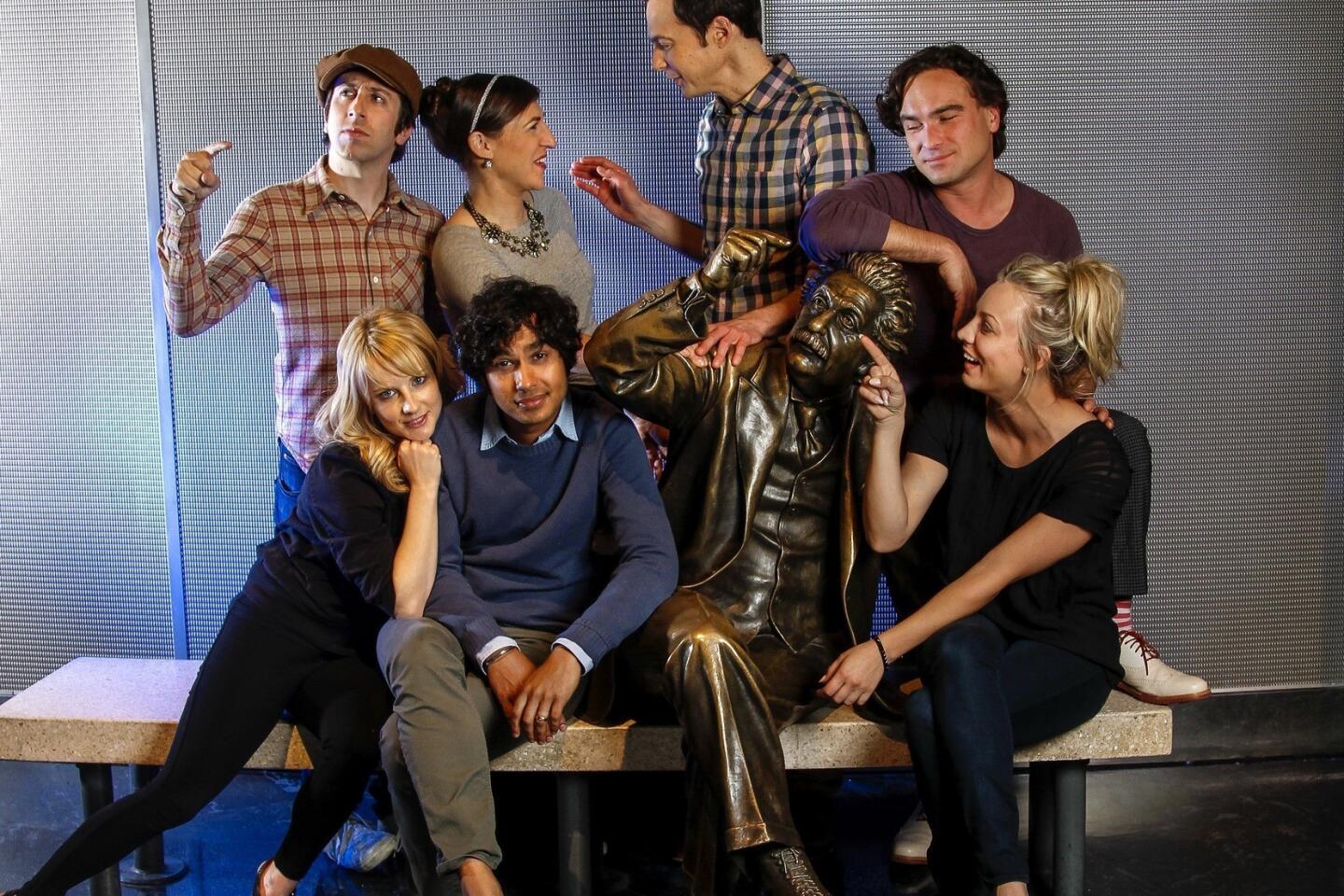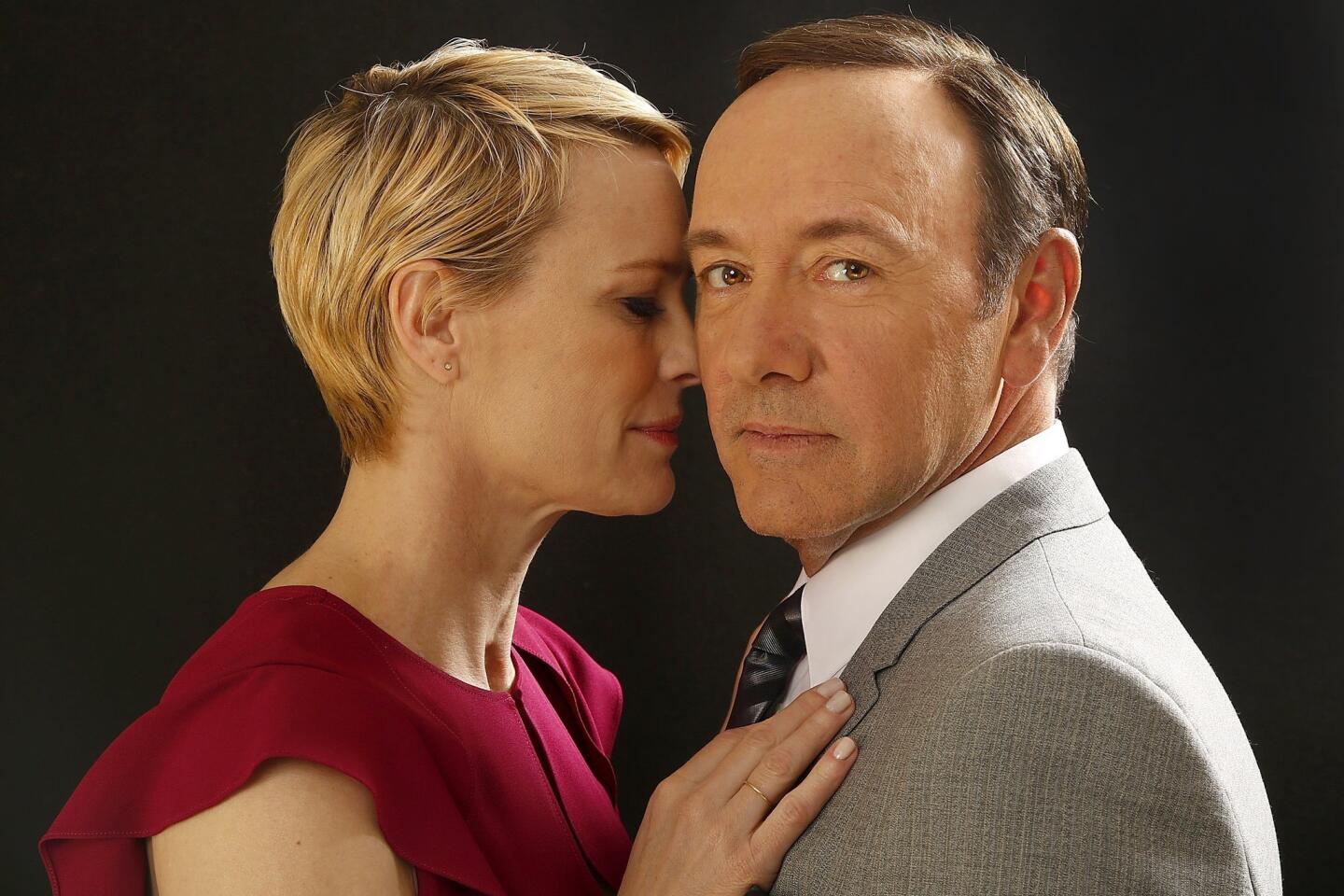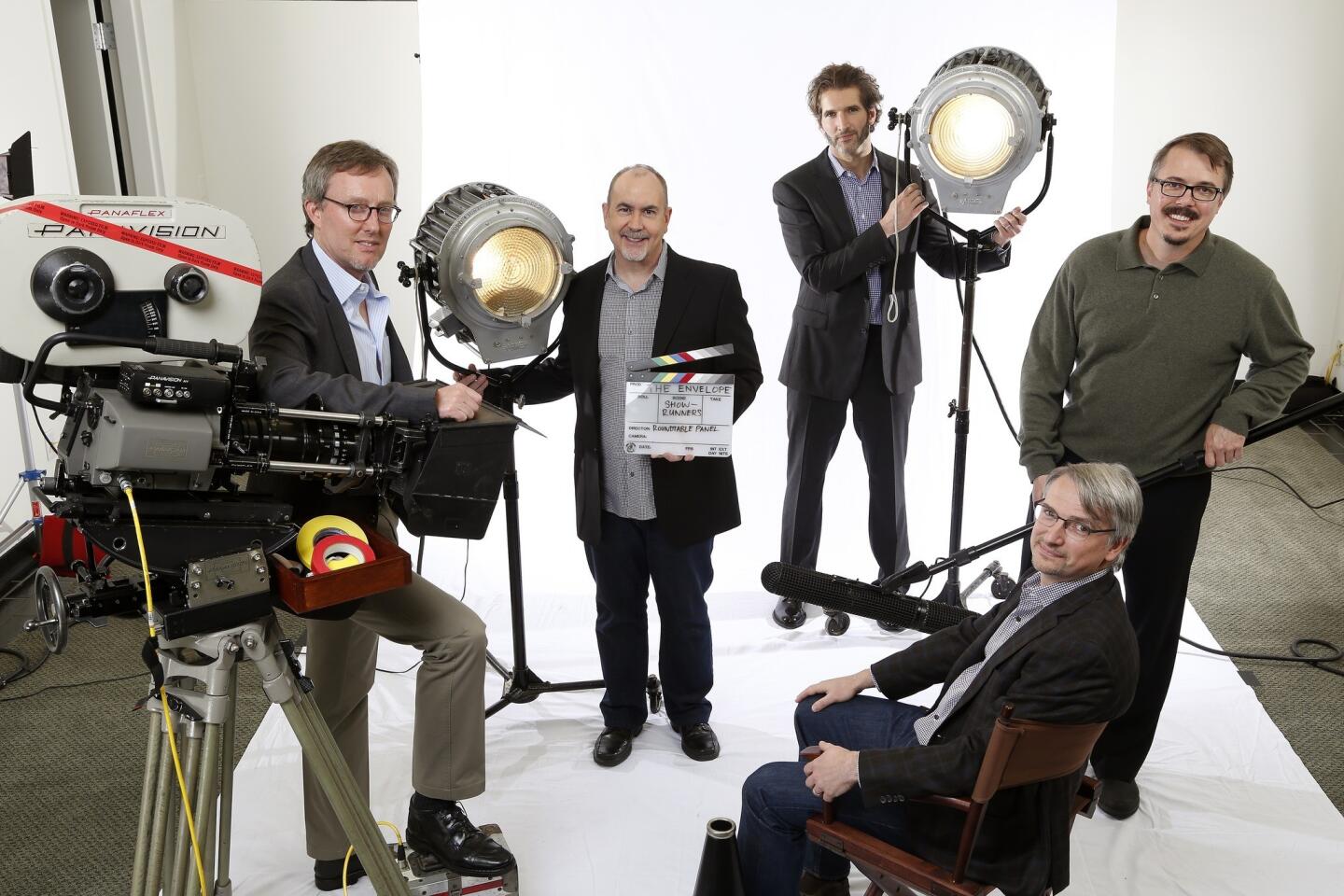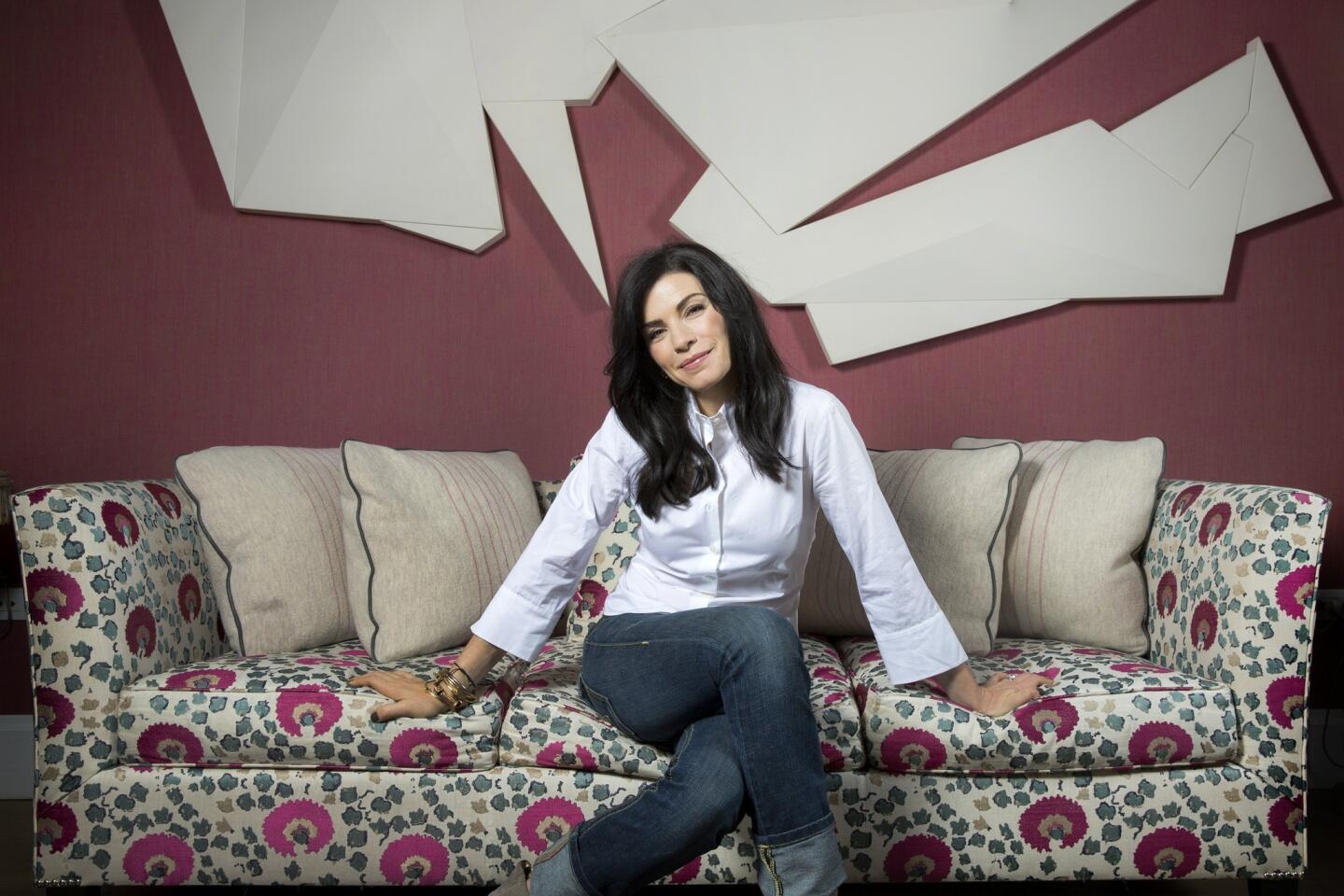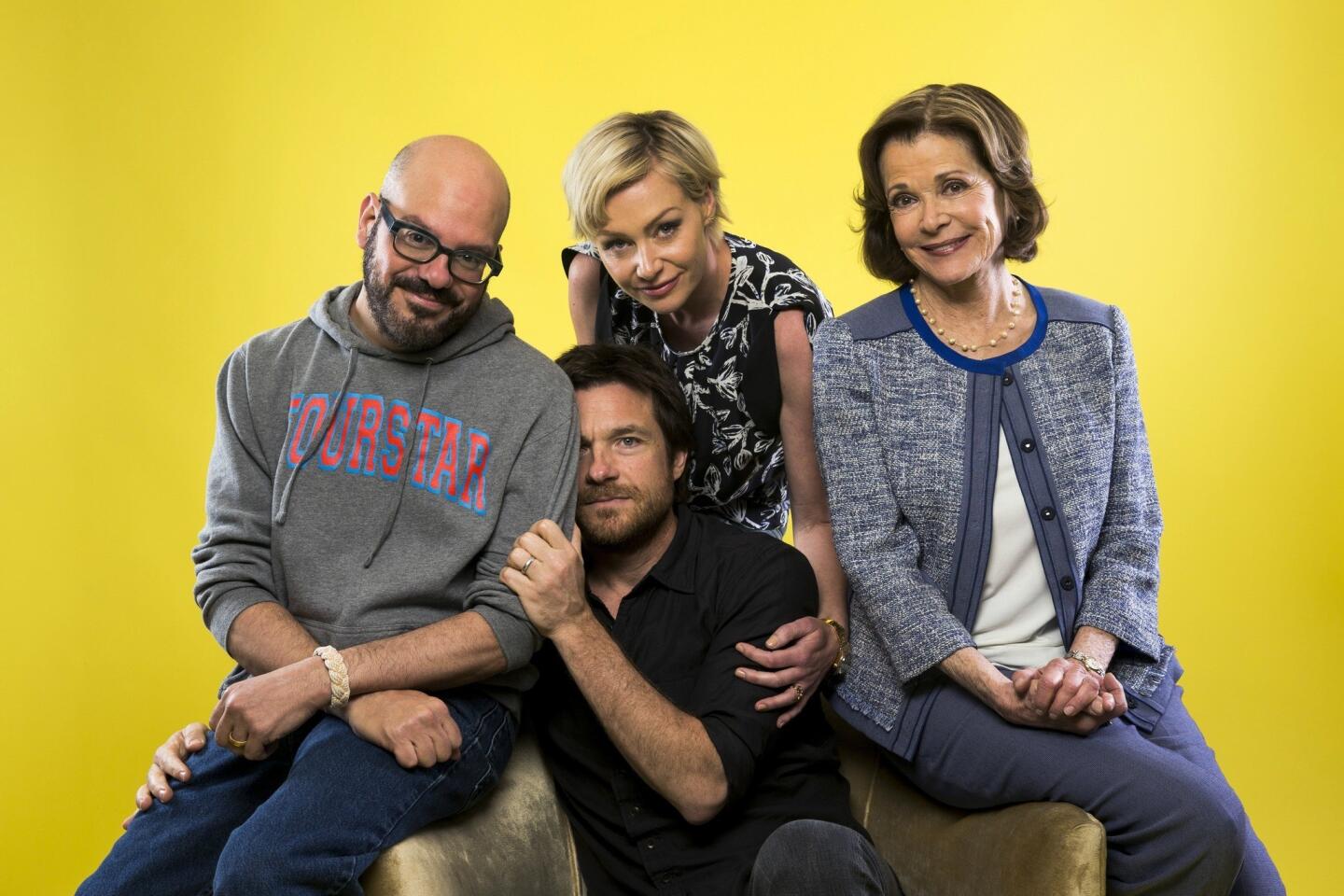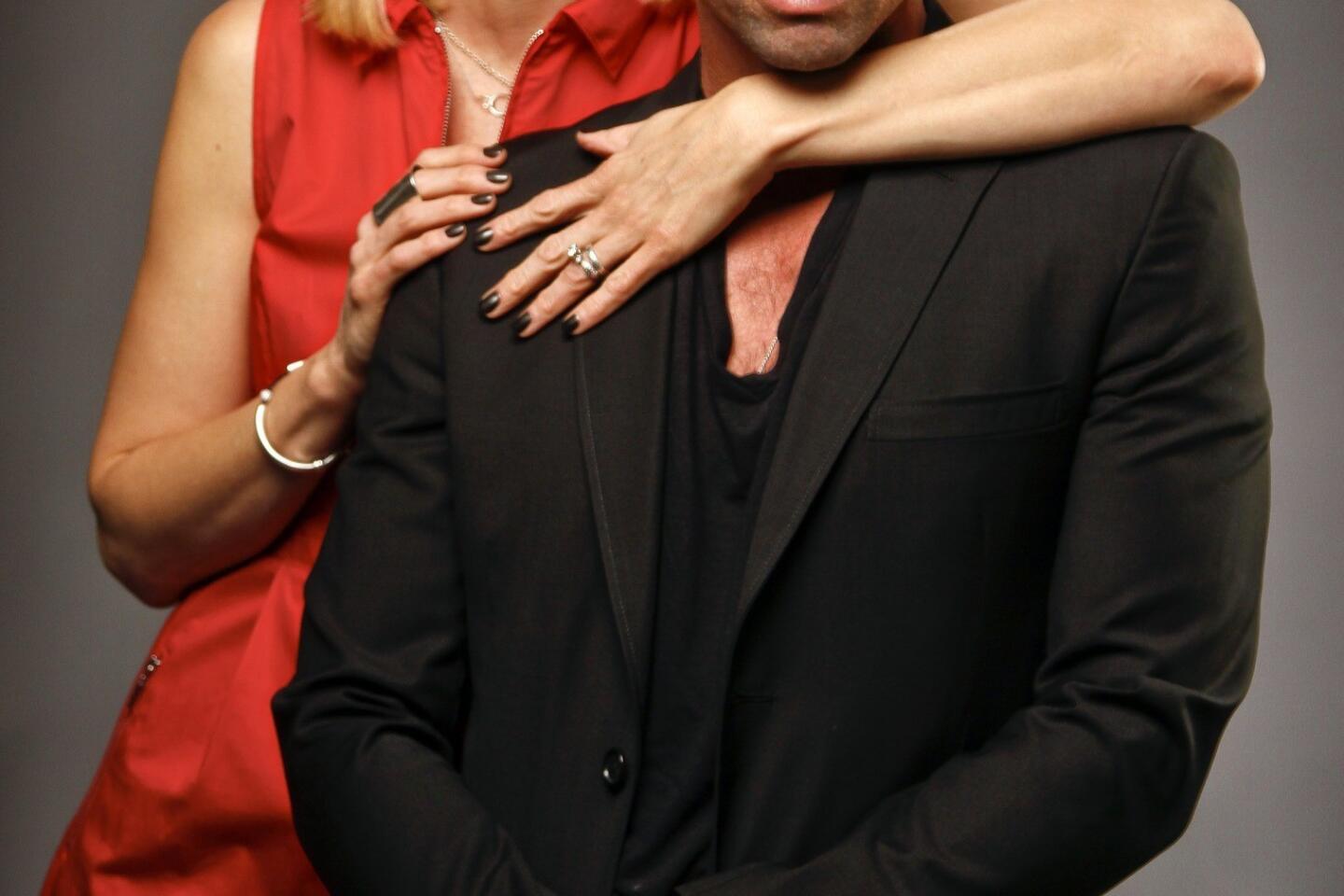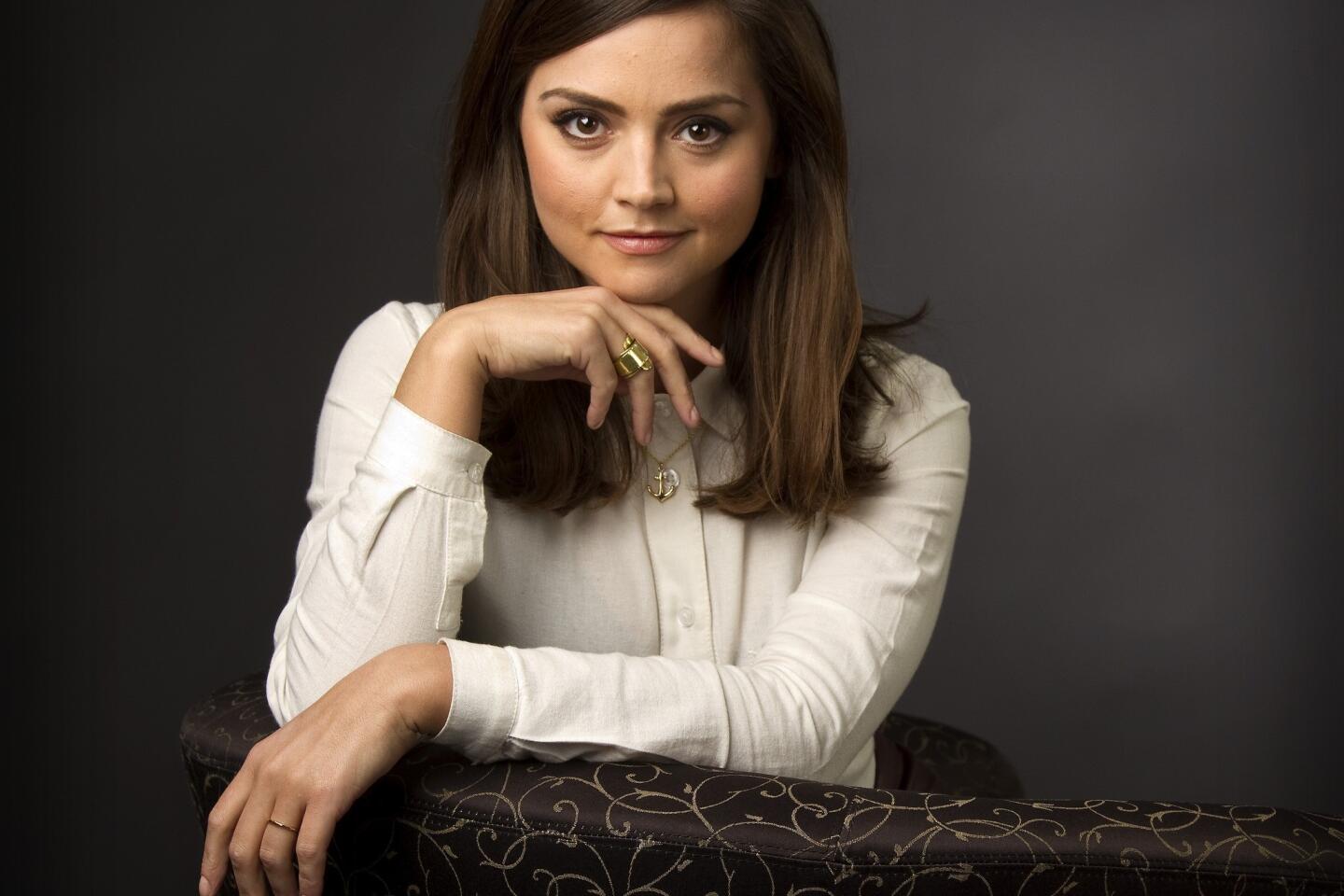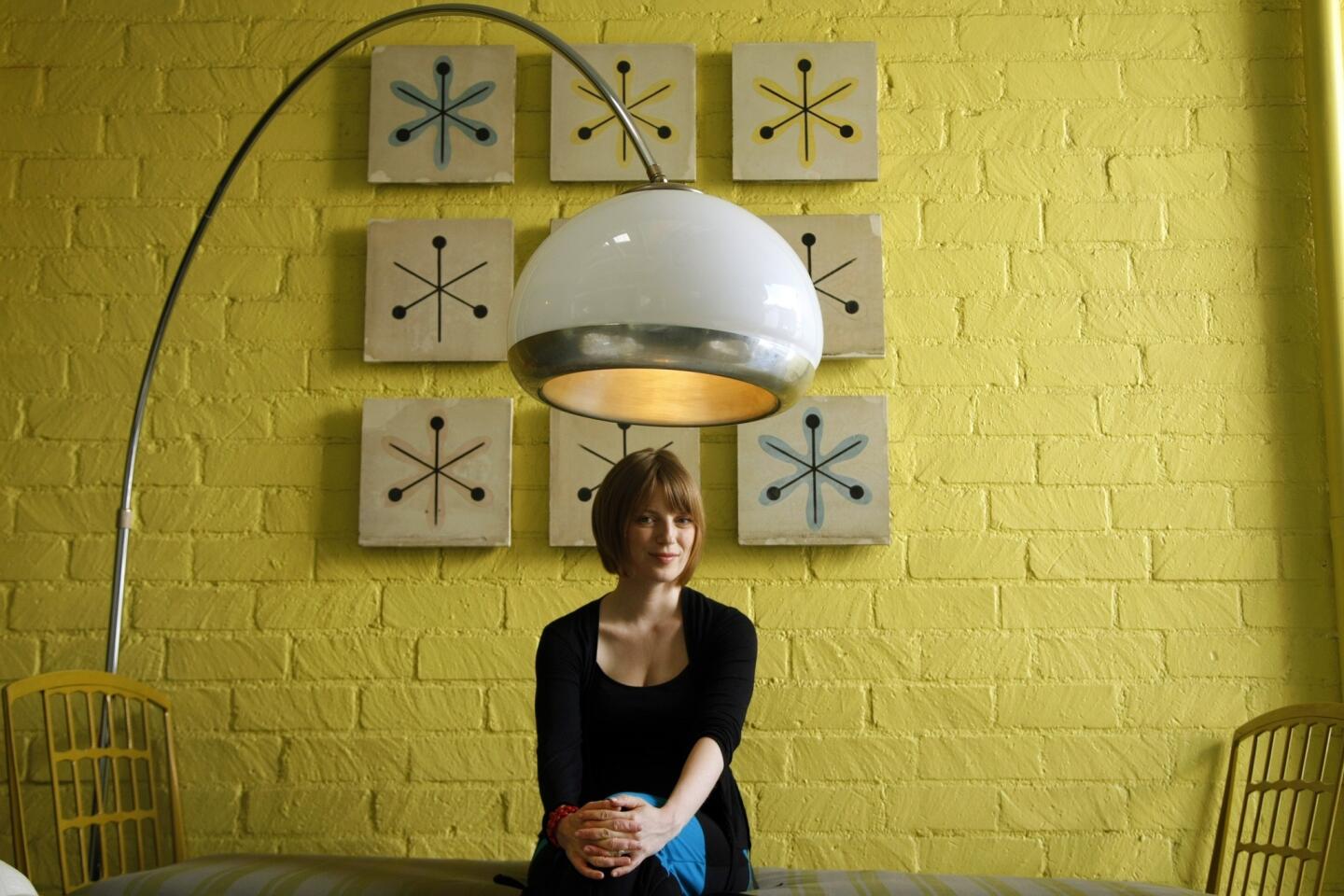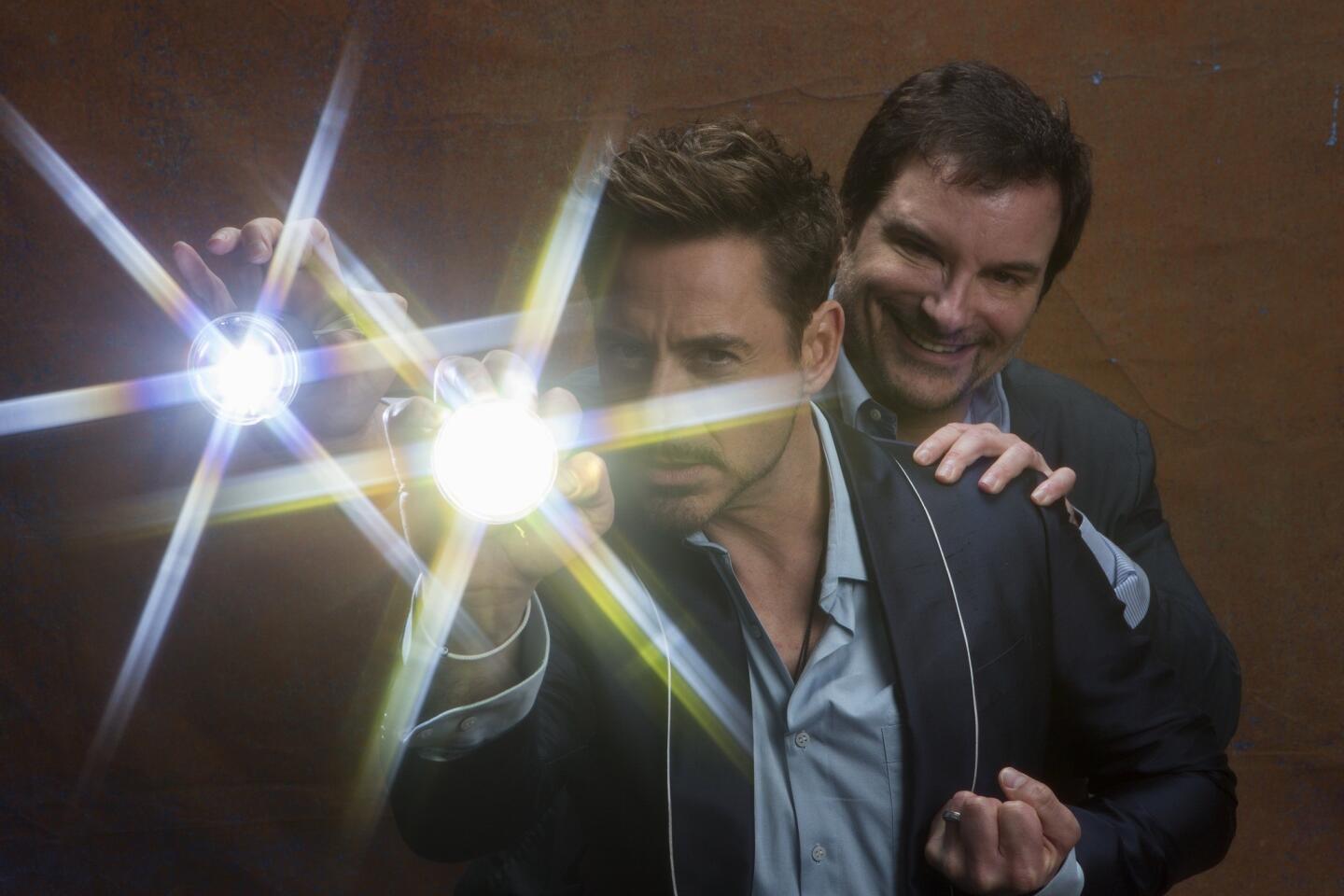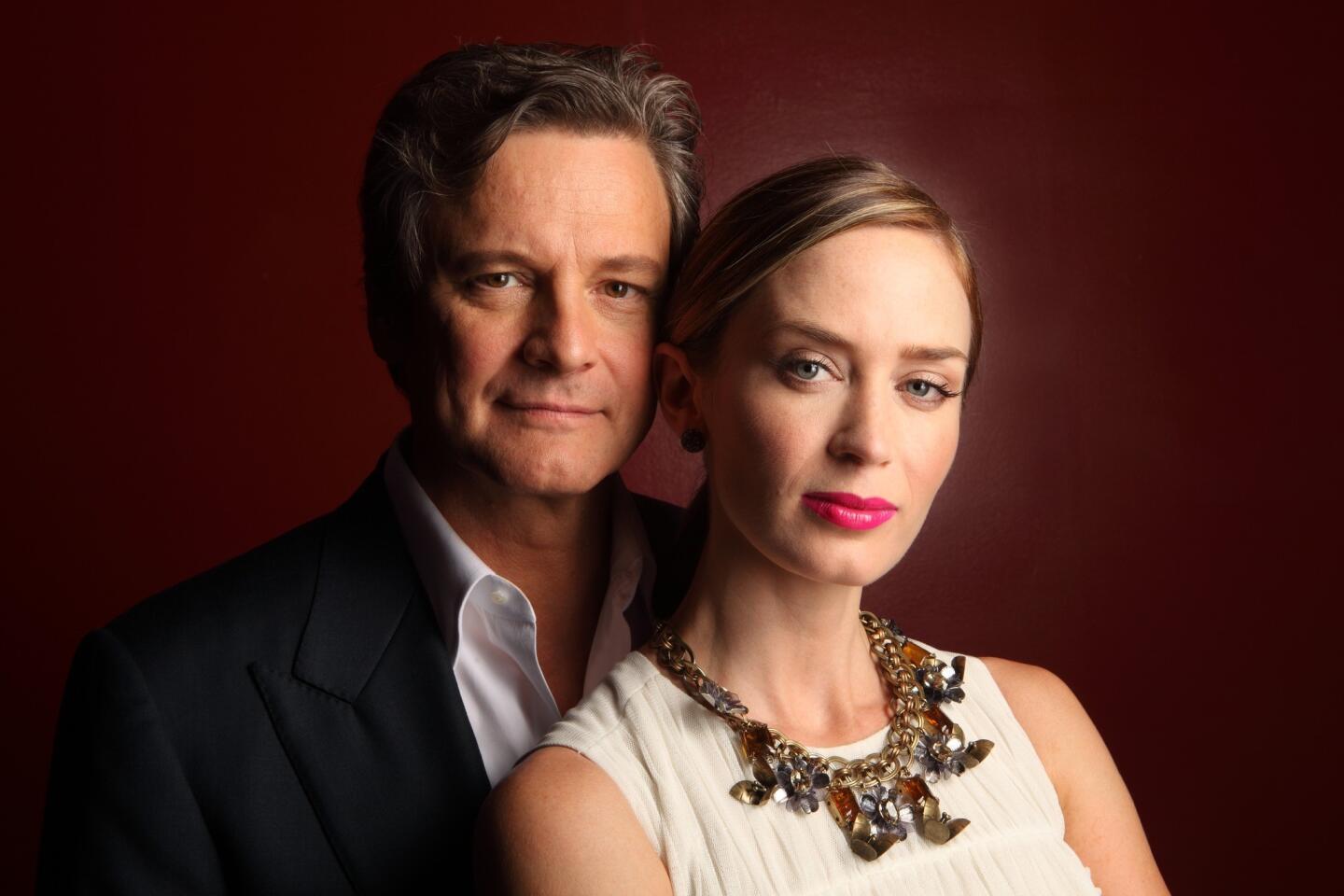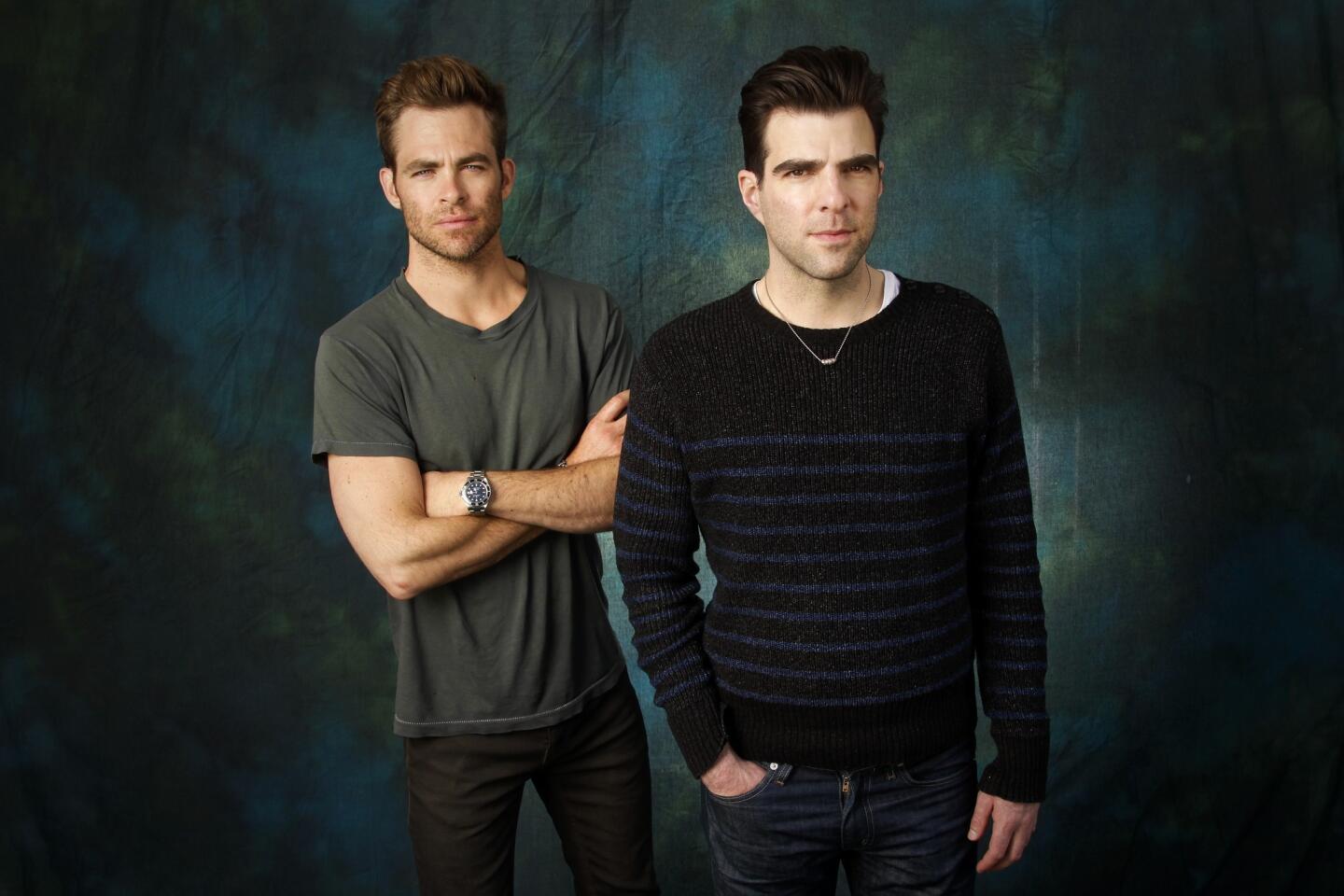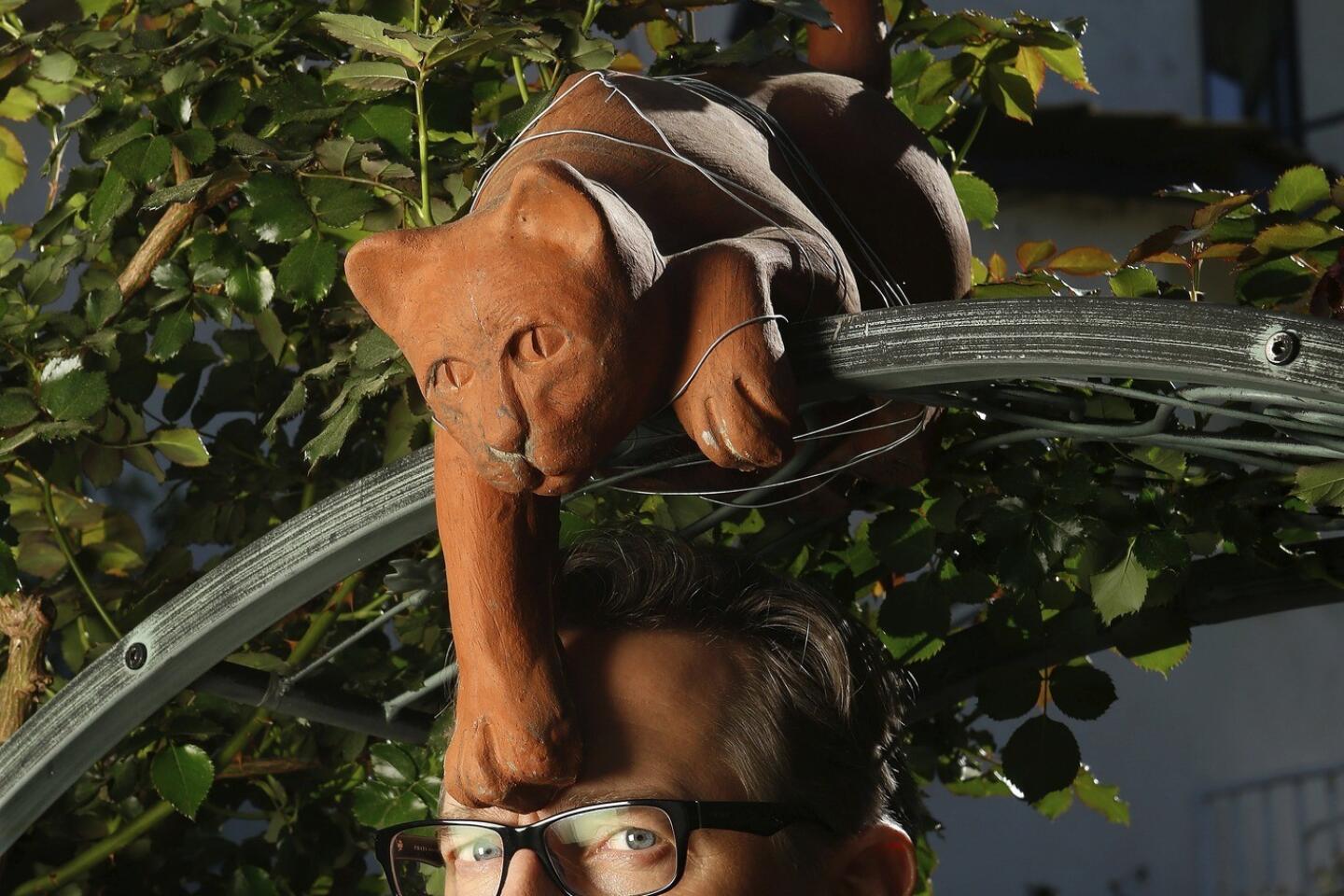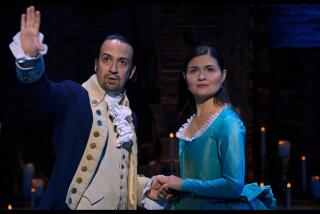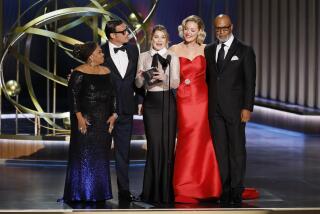‘The Carrie Diaries’ and ‘The Americans’ revive 1980s interest
- Share via
The 1980s have been taking a lot of abuse for a lot of years. Witness what “30 Rock” did when it sent Liz Lemon, in flashback, to her teenage years. Former show runner Robert Carlock remembers it was a perfect opportunity to point and laugh at an entire decade as Tina Fey was decked out in a “horrible curly wig and wire-framed glasses and a Squeeze tour T-shirt. There was a bit of drag fun to it for all of us.”
That’s just one of the many slings and arrows the decade has taken in scripted television. And boiled down to its elements — neon clothing, nuclear saber rattling, Reaganomics — it’s easy to see the decade as a nihilistic never-ending party done up in garish clothing and hopped up on cocaine. But two new shows, “The Carrie Diaries” and “The Americans,” are taking off the fingerless gloves for the maligned decade and trying to give the period back a little respect.
“The ‘70s has been worked over so well,” says “Americans” creator Joe Weisberg, who wanted to focus on KGB agents posing as an American couple in the early part of the decade. “The ‘80s were almost untouched by comparison — it was considered a dead zone, culturally and by style.”
Fellow show runner Amy Harris, of “The Carrie Diaries,” who was plotting out the teen years of future “Sex and the City” heroine Carrie Bradshaw, agrees. “The ‘80s are given a particularly bad rap. Actually, it was an electric time — edgy and exciting.”
The two series couldn’t be more different in content and tone, but in their own ways each is looking to delve into the decade’s previously unexplored darker aspects.
“The politics of the time were so interesting, because you have this smiley, warm actor for a president, and yet there was a dark undertone in terms of what was going on politically,” says Harris. “I love that juxtaposition, and I play with that.”
The decade, says Weisberg, has become a “nostalgia sweet spot for our culture. It was this time when America felt confident and strong, and we were a superpower…. All of that seems forever gone. I’m not saying a lot of it wasn’t illusion, but it was a pleasant illusion.”
TIMELINE: Emmy winners through the years
If the 1980s seem ripe for rehab, that’s no surprise to David Sirota, author of “Back to Our Future: How the 1980s Explain the World We Live in Now” and a contributing voice to National Geographic’s “The 80s: The Decade That Made Us” television series. The demographics are right, for one thing, he says: “There’s a built-in audience of a certain age group that makes it automatically interesting to watch a show with today’s cinematic quality set in the 1980s.”
Additionally, it has become easier to draw parallels between today’s world and that of the 1980s, he says. The Cold War can be seen as a metaphor for the war on terrorism; the Wall Street boom of the ‘80s a precursor to the financial meltdown of the new millennium.
That may not specifically be on the minds of the show creators, even if it is a byproduct; Harris and Weisberg say their biggest challenges at the moment are trying to depict the decade accurately and not cartoonishly. Both refer to the exterior challenges — finding period-accurate cars, working around skylines with post-1980s buildings in them.
For Weisberg and “Americans,” “language is a constant challenge. We write things all the time and then go, ‘Wait a minute, did people say “chill out” in 1980?’ Half the time we don’t know.”
But just below those surface issues, shows such as “Diaries” and “Americans” are in fact on the leading edge of a bigger task. Says Sirota, enough time has passed that the 1980s are now being defined historically — and that definition often begins in Hollywood.
BUZZMETTER: Pundits make their picks
“I think we’re seeing an ideological fight in the artistic world to define what the 1980s really were, and that is going to intensify,” he says. “There’s always an ideological fight over defining, retrospectively, periods and times, and those fights are fraught with political implications.”
That’s a lot to put on the head of Carrie Bradshaw. But it’s worth remembering that the wet concrete of opinion is constantly being shaped and reshaped. “In the 1980s, there was an artistic fight to define the 1950s and 1960s,” says Sirota. And the result? “The 1950s are good — the 1960s are bad.”
Just take a look at the world of “Mad Men.”
More to Read
Only good movies
Get the Indie Focus newsletter, Mark Olsen's weekly guide to the world of cinema.
You may occasionally receive promotional content from the Los Angeles Times.

